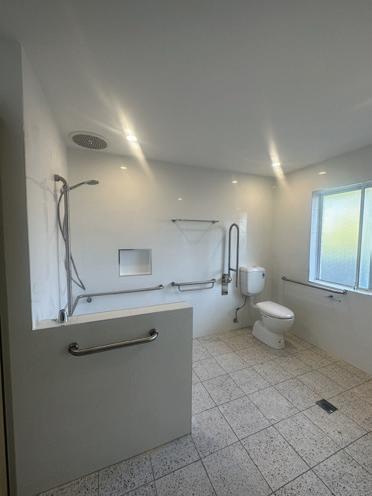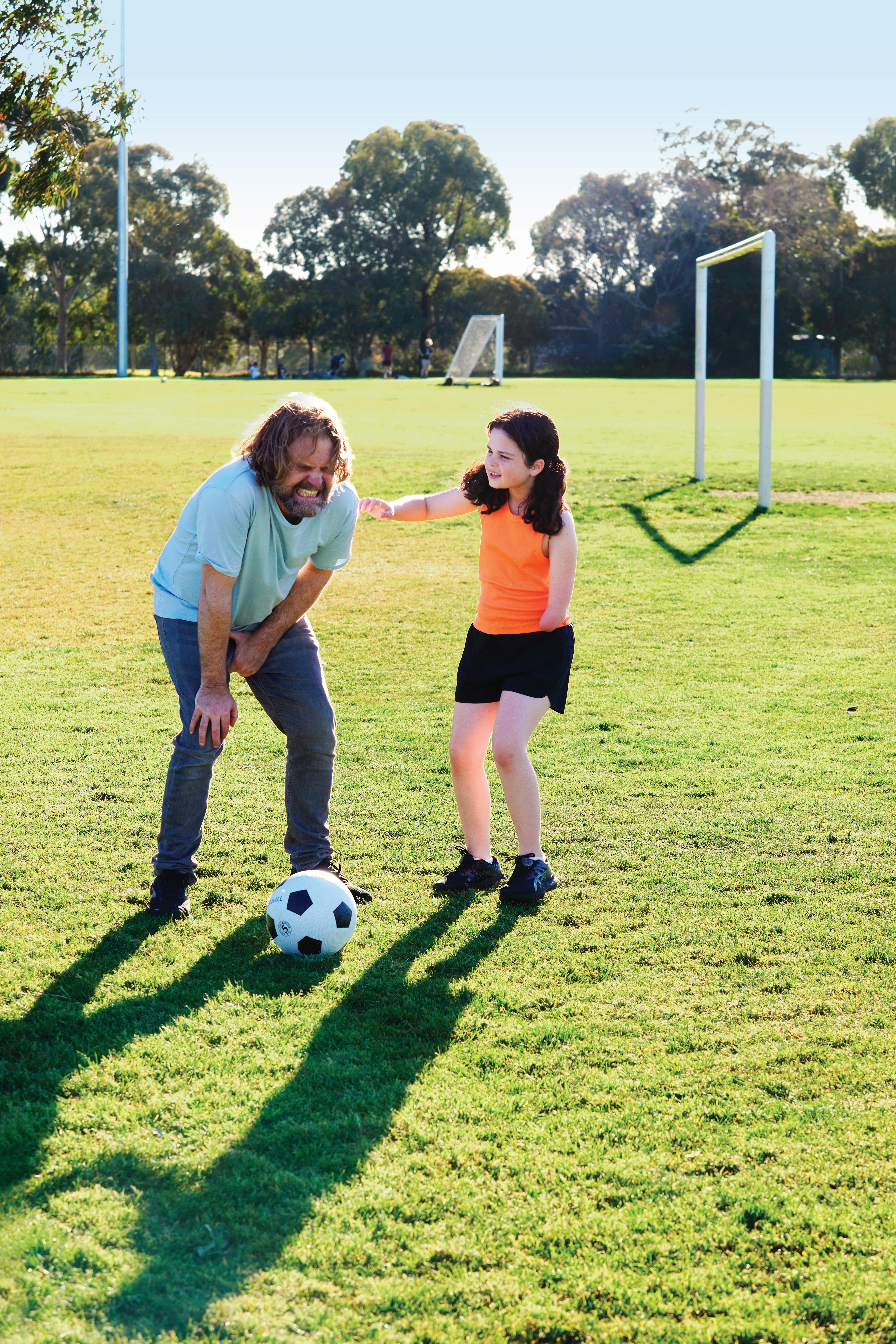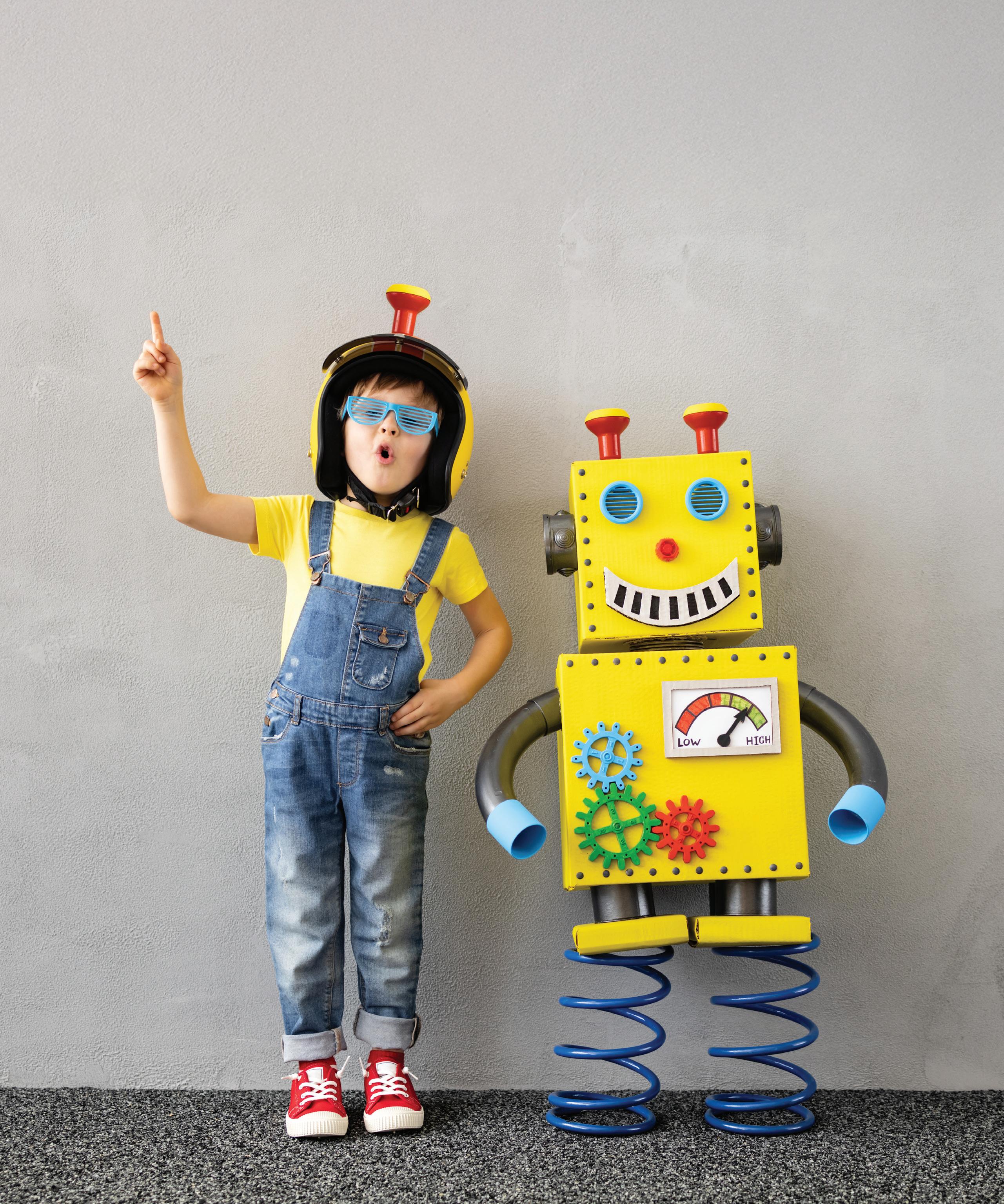
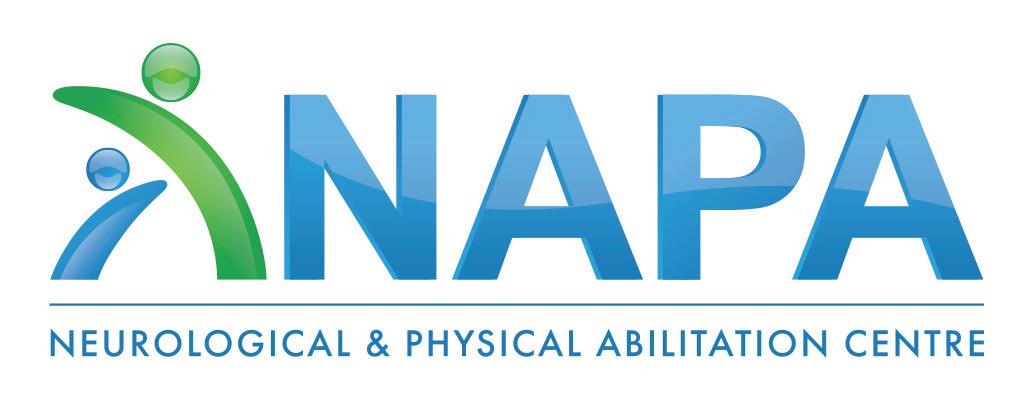
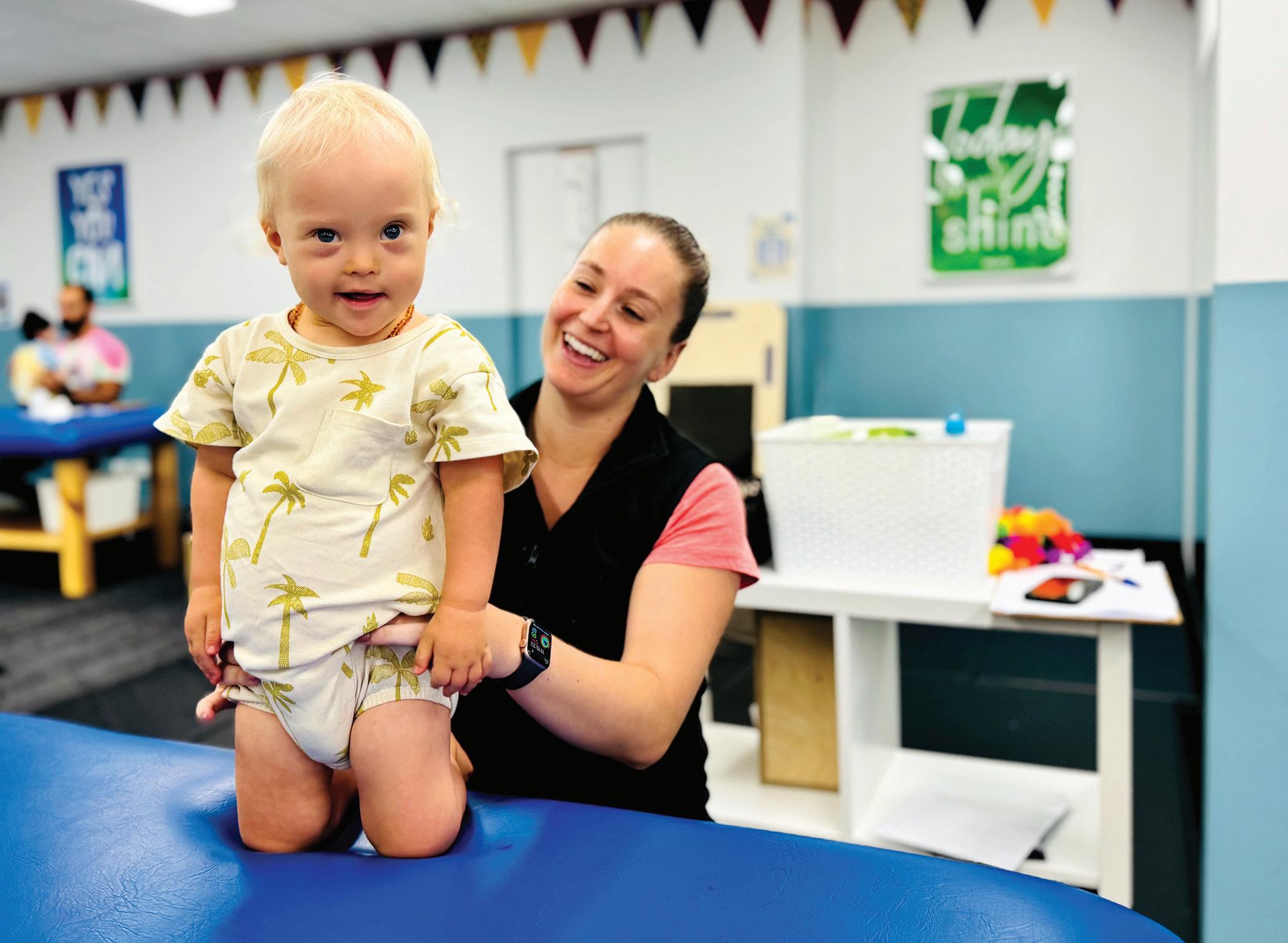

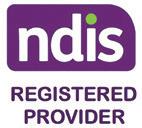

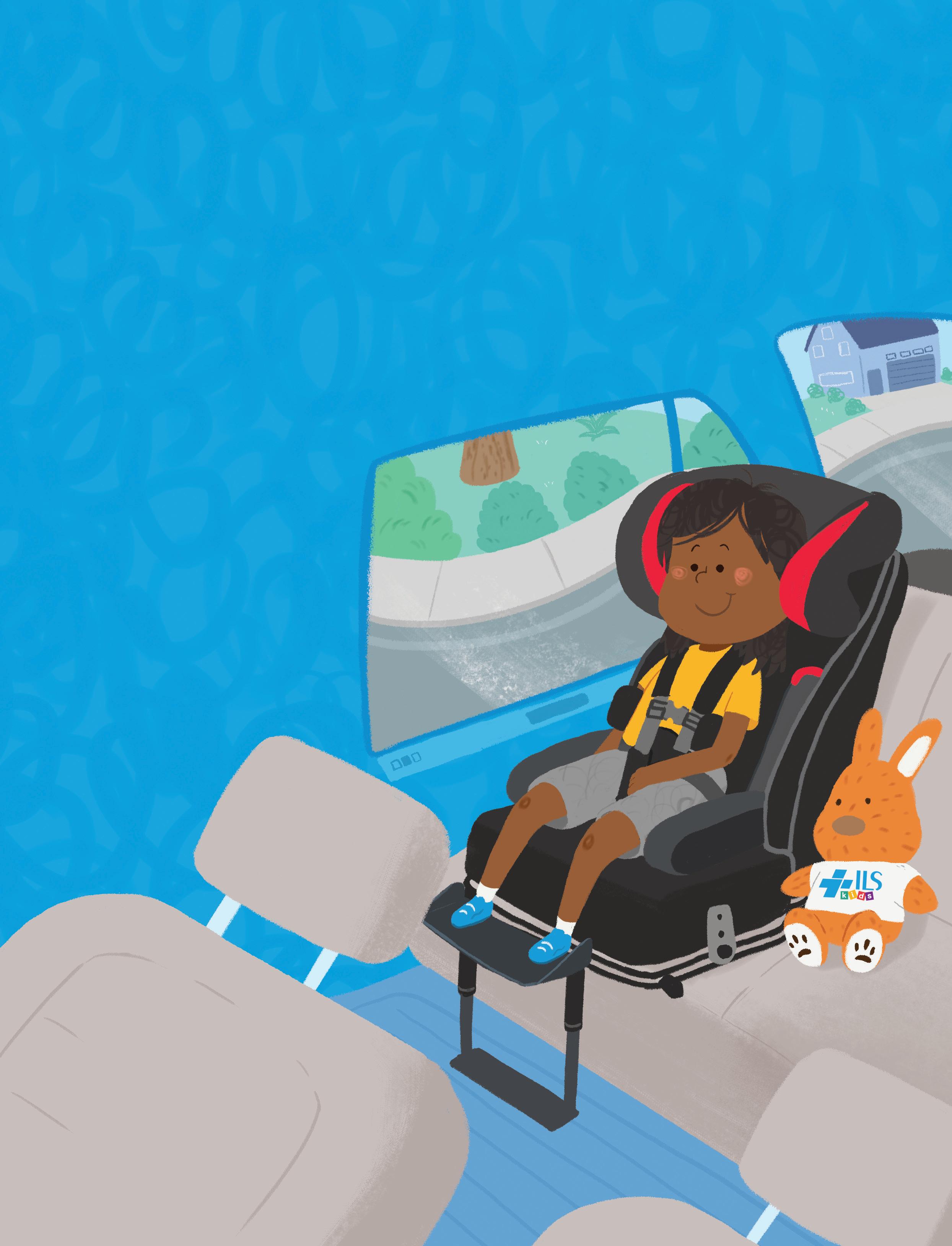








Keep your child comfortable and safe, wherever the road takes you
Our specialised car seats and safety devices ensure your little one ones (and even big kids, too) stay secure, comfortable and supported, even on long journeys.
With options from durable car seats to protective harnesses and buckle covers, we’ve got everything you need for safer travels. Our car seats are designed to protect and support children and young adults with moderate to complex postural needs.
And with the ILS Kids team here to guide you, navigating the options has never been easier.
Ready to make your next adventure safer and more comfortable?
Explore our car safety range today.

Hello and welcome to our Spring 2025 issue of Source Magazine!
The days are finally growing longer, and the sunshine is making a welcome return. I don’t think I’m the only one who feels that spring always carries a sense of possibility, growth, and fresh perspectives. So, it feels like the perfect season to look ahead at the opportunities opening up for our kids, teens, and young adults – whether through innovation, creativity, or simply finding new ways to connect.
In this issue, we dive into the exciting world of technology and accessibility. From AI and smart devices that are reshaping daily life, to the next wave of assistive products - we explore how innovation can lighten the load for families and create more inclusive futures. You’ll also meet three incredible young entrepreneurs who have turned their lived experience into powerful ventures – showing us what’s possible when creativity meets resilience.
We also take a closer look at the evolving digital landscape, with a thought-provoking piece on social media, consent, and protecting our children’s dignity online. And for families navigating the NDIS, we’ve included an overview of the recent announcement about the formation of a mainstream Thriving Kids program for children with ‘mild to moderate’ autism and developmental delay. We know how important and impactful these changes are, so we’ll keep bringing you the latest facts and expert insights as updates come through.
As always, we’ve included health, therapy, and sensory insights too – from park play and sensory gardens to a great guide to sensory diets. Plus, don’t miss our round-up of products including – innovative tech, ideas for springtime fun, and bathroom aids.
My hope is that this spring edition leaves you feeling inspired, supported, and reassured that you’re not on this journey alone. Together, as a community, we continue to learn, share, and grow.
Much love,


CONTENT EDITOR: Nicole Davis
HEAD OF SALES & BUSINESS DEVELOPMENT:
Matthew Rainsford, matthew@sourcekids.com.au 0409 418 362
HEAD OF EVENTS: Naomi Sirianni, naomi@sourcekids.com.au
0447 755 043
GRAPHIC DESIGN: Emma Henderson
PUBLISHER/CEO: Emma Price




3D printed orthoses developed with health professionals for advanced outcomes and patient-centred care. AbilityMade specialise in custom-made orthotic services for all ages and diagnoses. Available at various locations across Australia, AbilityMade clinics offer both traditional polypropylene supports as well as the latest 3D printed options to provide high-precision, fully custom-designed supports so you can access the best possible solutions for you or your child’s needs. abilitymade.com | @ability_made
The eko sensory mindfulness tool has three main actions: turns. twirls. breath. It provides hours of entertainment with its many actions. It also provides an alternative to digital devices - no screens!
All ekos are 3D printed locally on the Sunshine Coast and made of a biodegradable material such as sugar cane and corn starch. ekocalm.com.au
@ekocalmco

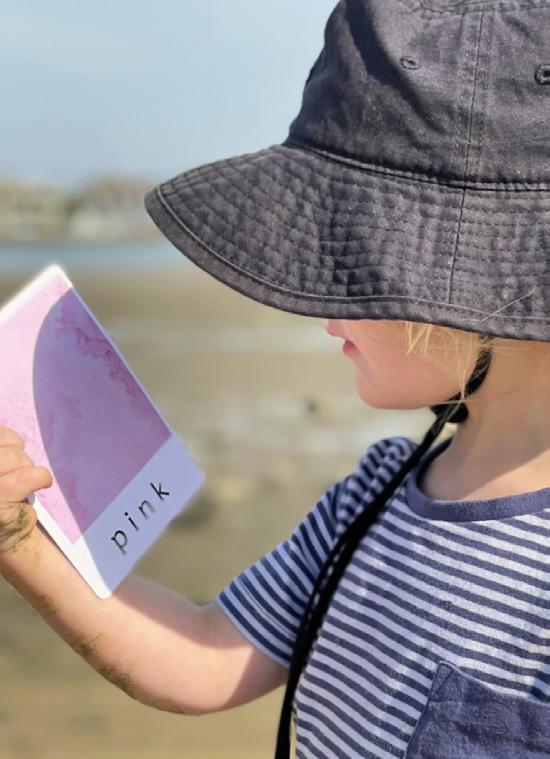
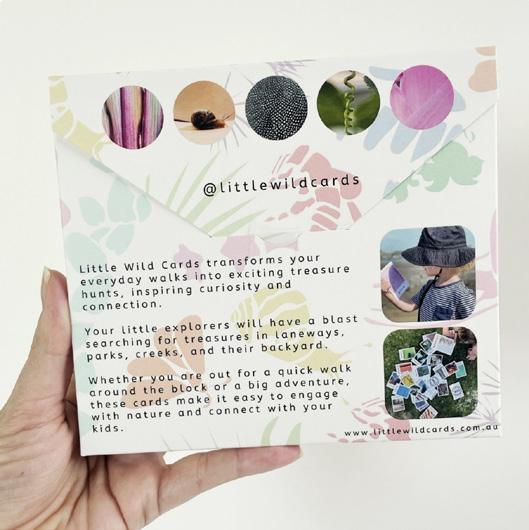
Little Wild Cards are nature-based scavenger hunt cards that transform your everyday walks into exciting treasure hunts, inspiring curiosity and connection. Your little explorers will have a blast searching for treasures in laneways, parks, creeks, and their backyard.
Whether you are out for a quick walk around the block or a big adventure, this lovely game makes it easy to engage with nature and connect with your kids. littlewildcards.com.au | @littlewildcards
Ideal for minors, these guards are discreet enough to leave on as an accessory and available in a printed design, cotton or towel. Bandana guards offer convenient protection against dribbles and spills, keeping the chest and clothing clean and dry. mybpm.com.au
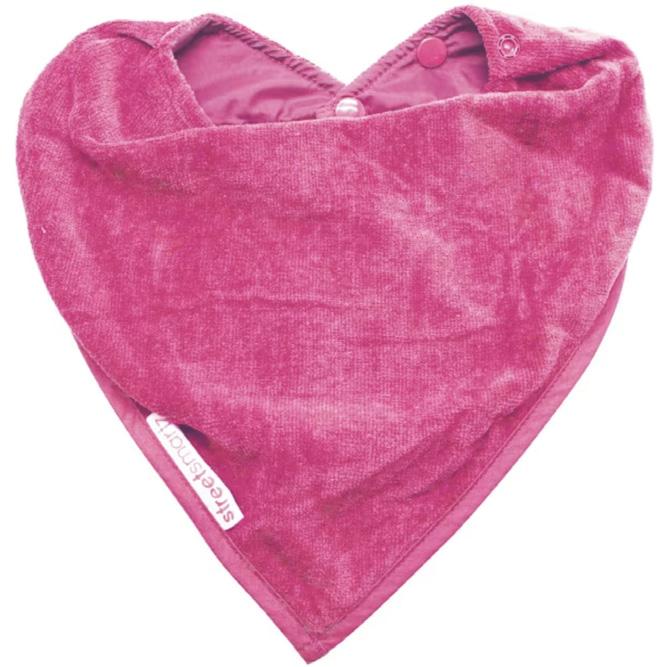

Communication
• Speech-to-text support
• Text-to-speech for clearer communication
• AAC-style assistance for non-verbal kids
• Confidence boost in communication
• Simplified explanations for learning
• Homework and study helper
• Step-by-step guidance for routines
• Memory reminders (medicine, tasks, school items)

• Social conversation practice
• Emotional support check-ins
• Calming strategies for stress
• Emergency assistance link to parents/guardians
• Safe, age-appropriate answers
• Navigation or orientation help in familiar spaces
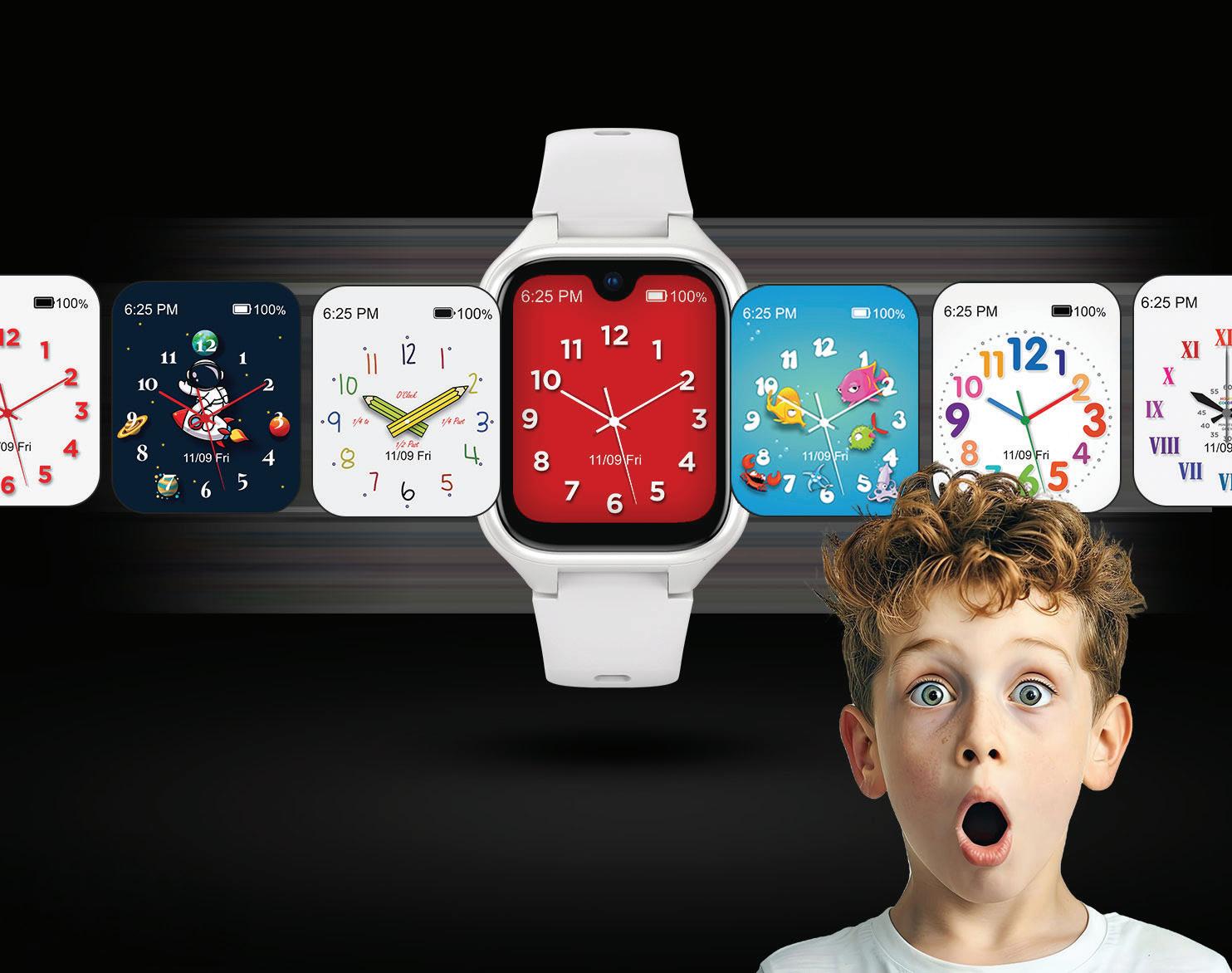




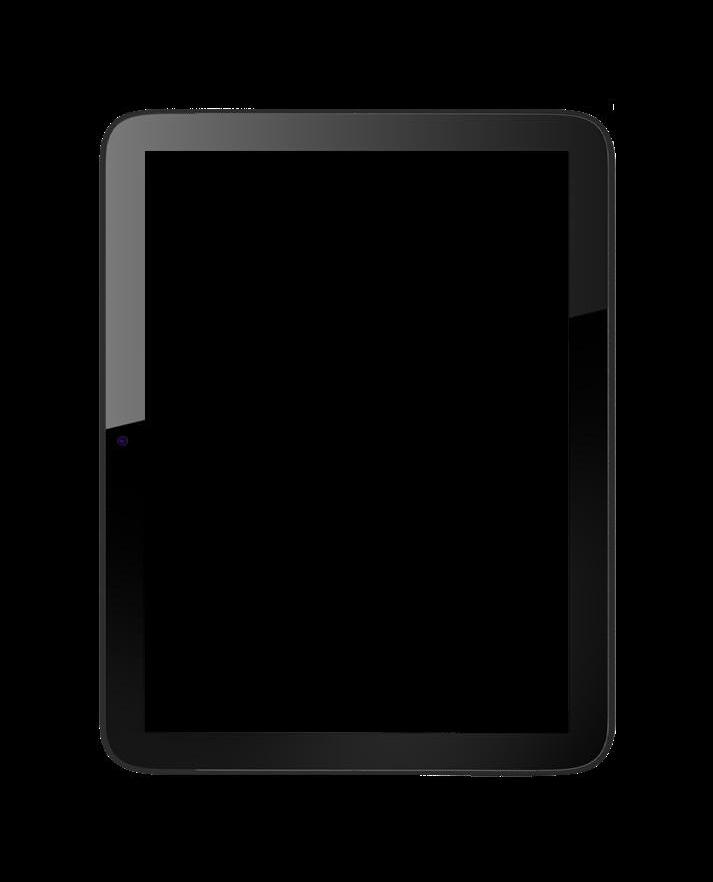


Did you know that we have an amazing FREE resource to help you if you’re looking to acquire or replace valuable assistive technology products for your child or young adult? We’ve covered manual and powered wheelchairs, pushchairs and strollers, bikes and trikes, standers, walkers, seating and positioning, bathroom aids and beds and sleep systems. sourcekids.com.au/atguide
These digital cards are your new power move. Flash one, and instantly, everyone understands your needs, wants, or feelings. No need to carry them all, just the ones that will make your day easier.
Created to make interactions between people as simple as possible, these super clear and highly effective self-advocacy cards are designed to empower users with a strong voice, thanks to a no-nonsense design language with universal appeal. thegrumpy.club/findyourvoice @findyourvoiceorg
kidUbar is a bicycle control support for controlling steering and providing propulsion on a child’s bicycle. It’s aimed at aiding a child learning to ride and further as a support for children with cognitive and developmental difficulties. kidUbar ensures that everyone wins in one ride. It’s a happy cub and healthy active parent kind of deal! kidubar.com | @kidubar
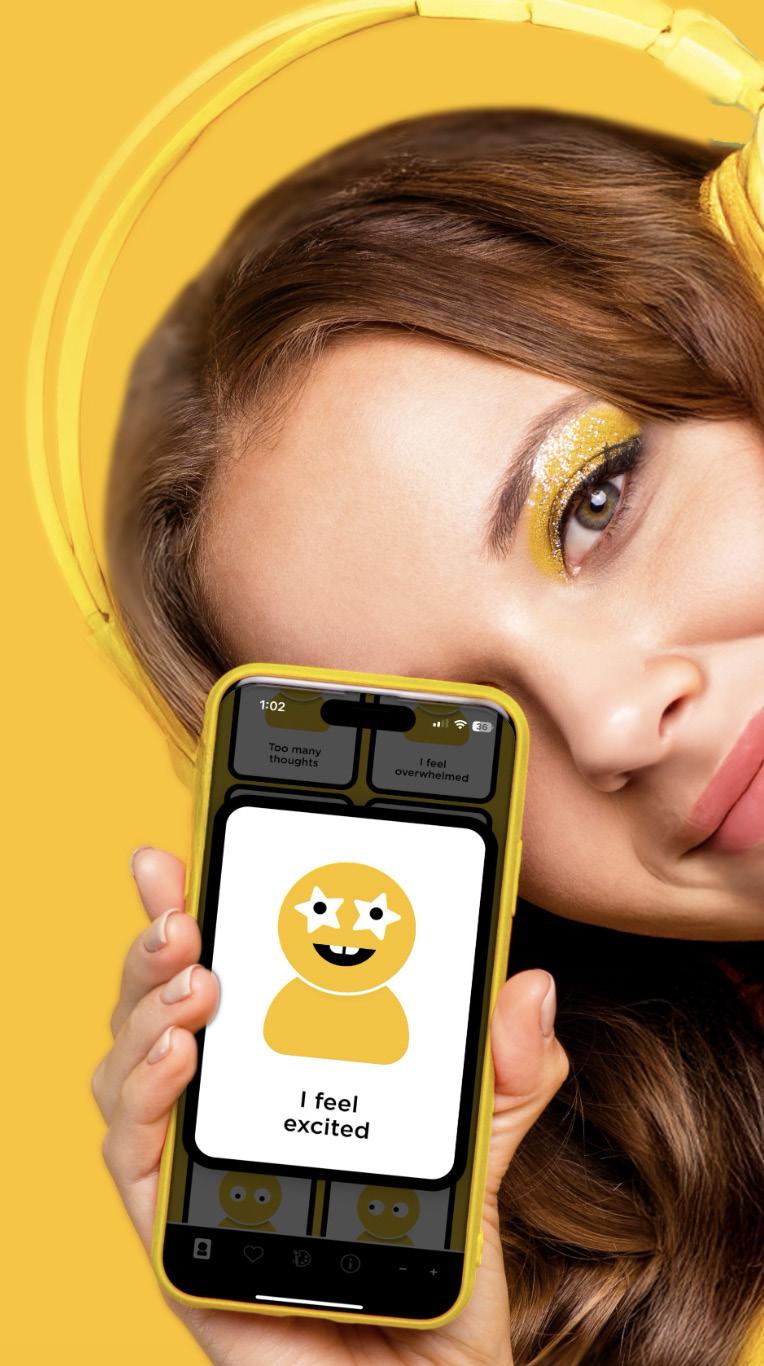
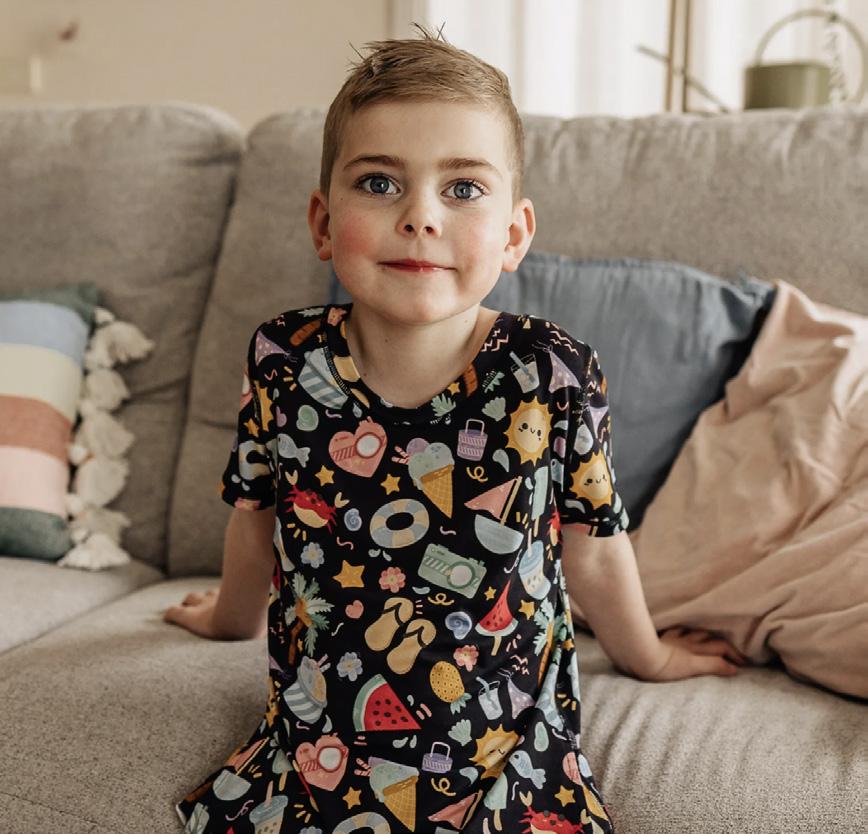
This sensoryfriendly playsuit is thoughtfully designed for children who love softness, simplicity, and freedom to move - especially for hot bodies or warmer months. Made from buttery-soft bamboo fabric, it’s breathable, tag-free, and free from itchy seams or scratchy graphics. The loose fit allows for relaxed movement, making it ideal for play, rest, or anything in between.
comfortonthespectrum.com.au @comfortonthespectrum

By Katherine Granich
If you hang around the disability community long enough, you’ll hear the same refrain: “Why isn’t there a better solution for XYZ?” For families, therapists, and disabled people themselves, necessity really is the mother of invention. But turning that spark of need into a product or service that actually makes a difference? That’s where Remarkable comes in.
Remarkable, the Cerebral Palsy Alliance’s disability technology accelerator, grew out of a simple but radical idea: People with disabilities belong in the engine room of innovation. The program began not with a business plan, but with a human challenge – a guy named Alper, living in Turkey, who dreamed of a solar-powered wheelchair. That single invention led to a realisation: “We need technology in the hands of people with disability. Until we do, we’re not making a difference,” says Pete Horsley, founder of Remarkable. Launched in 2016, Remarkable set out to do things differently. Instead of looking at disabled people as passive recipients, they invited them to design, test, and co-create every step of the way. The result? To date, they’ve supported 382 founders across 164 startups, and while not all have made it to market (let’s be real, that’s the startup world), the ripple effects are undeniable –they’ve reached over 1 million customers worldwide.
So what does Remarkable actually do? In short, it’s a mix of grant funding, practical support, mentorship, and – perhaps most importantly – community. “We surround


founders with people who have grown startups, subject-matter experts, and people with lived experience of disability,” says Pete. “We’re always asking: Who are your users? How are you building with them, not just for them?”
That people-centred ethos isn’t just lip service. Startups in the program get ongoing feedback from the User Feedback Community (remarkable.org/ user-feedback) – a growing pool of people with disability, their family members and carers, who are rewarded for their expertise. “We value your time, your energy, and your experience. It shifts the power dynamic,” Pete explains. “It grounds us in reality, so we’re not just building solutions nobody asked for.”
The program has evolved and refined over the past decade; there are three “stages” depending on where startups are at when they come to Remarkable and what level of nurturing they need. “Launcher” is an eight-week, pre-accelerator supporting early-stage startups. “Accelerator” is a 16-week program which provides seed funding, coaching, masterclasses, networking, and further support for in-market startups. And “Scaler” is “Seedto-Series-A” stage funding and bespoke strategic support for disability tech ventures.
Startups aren’t just recipients of charity or goodwill – they’re expected to build sustainable, impactful businesses that can scale far beyond the accelerator itself. “We want to create ripples – startups that become self-sustaining, delivering realworld change,” Pete says.
What links 164 (and counting) startups that have passed through Remarkable’s doors? An insistence on collaboration, feedback, and designing for real-world messiness, not theoretical perfection. From a “sex tech” company (yes, really, because disabled people are people too, thanks very much) to autonomous robots making train stations accessible, the common thread is imagination and a refusal to accept the status quo.
As Pete Horsley puts it: “Our long game is to be that rock in the pond. Can we
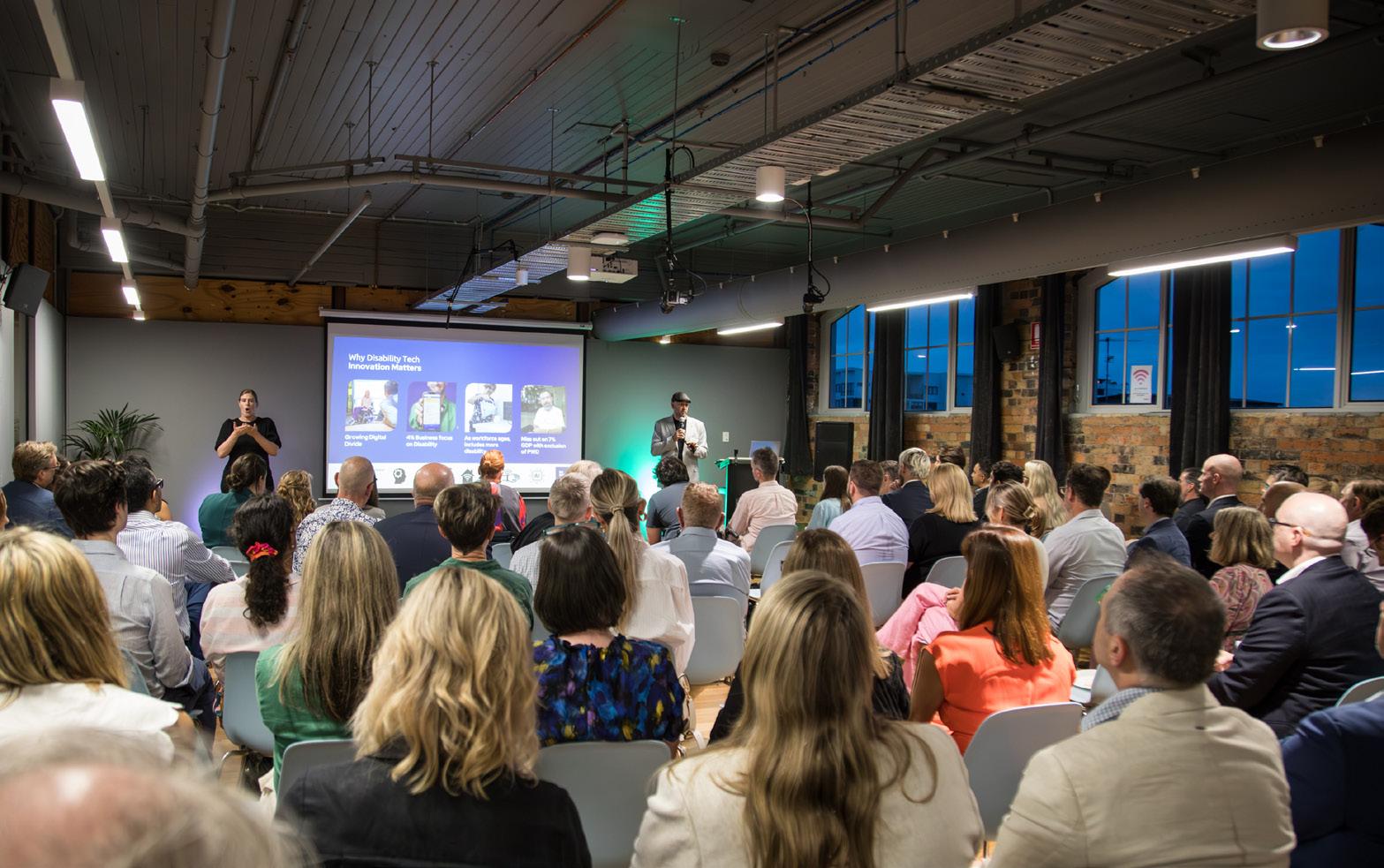
create pockets of innovation that turn into sustainable businesses? That’s how you get impact that lasts, and spreads beyond our borders.”
That means sometimes celebrating the “failures” as well as the wins. “I’m proud of the things we tried that didn’t succeed, because they stretched our imagination of what’s possible,” Pete says.
There’s also a fierce drive to break down barriers. Technology shouldn’t just serve the privileged and wealthy, it should be universal. “We have to ask who benefits, and who is left out,” Pete explains.
Remarkable isn’t just shaking things up in Australia, it’s helping spark a worldwide movement. Through the Inclusive Innovation Network, Remarkable collaborates with accelerators and organisations from Canada, Kenya, New Zealand, China, India, and beyond. This growing alliance is designed to share best practice, mentor new founders, and bring together diverse communities of disabled innovators, technologists, and livedexperience advisors. The goal? To tackle shared challenges like affordability, access, and cultural barriers in ways that are relevant locally but scale globally.
Remarkable has also recently expanded into the US, in partnership with the Cerebral Palsy Alliance Research Foundation (CPARF), focussing on driving the disability tech market. They’re showing that innovation knows no borders, and that great ideas, when shared, can make the world more accessible for everyone.
The Remarkable model is now influencing other accelerators, and sparking new conversations about inclusion and accessibility worldwide. As tech advances, the focus remains the same: Centre disabled people, reward lived experience, and make sure no one is left behind.
Remarkable has also evolved into a variety of startup acceleration programs, along with other initiatives including a fellowship for entrepreneurs with disability, podcast series, industry events, and a thriving global ecosystem. Remarkable is more than a business boot camp; it’s a movement, changing how society thinks about disability tech.
Imagine if physio was actually… fun? That’s the reality behind LusioMATE, the flagship product from health tech company Lusio Rehab (lusiorehab.com). LusioMATE takes rehabilitation out of the hospital and into homes, schools, clinics, and community centres, transforming prescribed exercises into genuinely engaging play. LusioMATE combines tiny wearable motion sensors with a suite of “exergames”. Think shooting hoops, racing, or guiding animals through adventures. The system is incredibly flexible: The sensors can be attached almost anywhere on the body, allowing users of all ages and abilities to work

on their unique therapy goals. Whether it’s supporting kids with cerebral palsy, adults recovering from stroke or injury, or older adults maintaining mobility, LusioMATE adapts to fit.
What really sets LusioMATE apart is its remote connectivity. Clinicians can monitor progress, tweak therapy plans, and set new challenges through a secure dashboard, no matter where their clients are. This means families in rural or remote areas have the same access to expert support as those living in the city. “The vision is that anyone, anywhere, can join in. Especially rural or Indigenous communities who’ve been underserved for too long,” says co-founder Justin Keenan.
But Lusio doesn’t just ship out the tech and say “good luck.” A dedicated therapy support team works with each new user, training not just the individual but their whole circle of parents, carers, teachers, whoever is in the mix. “It’s about removing barriers. The tech is only useful if it’s actually used, so we stay in touch, help solve problems, and make sure people are getting what they need,” Justin says.
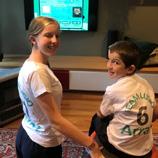

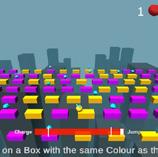



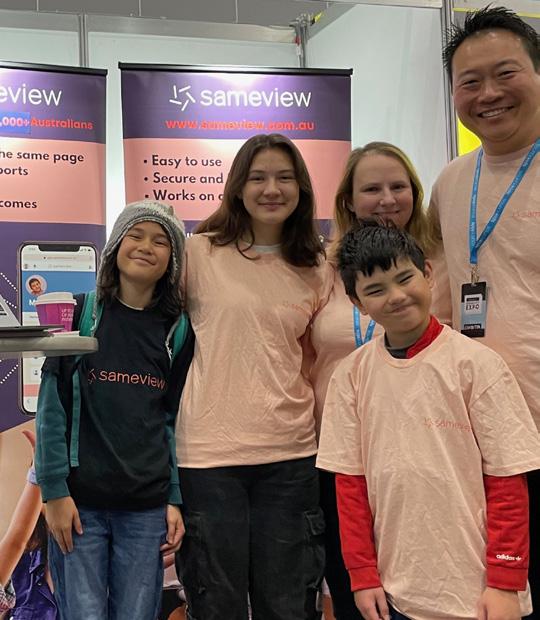
If Lusio is about movement, Sameview (sameview.com.au) is all about communication – and the chaos of coordinating care. Founder Danny Hui’s “elevator pitch” is simple: “We’re an online platform that helps families and individuals with disability get everyone on their team on the same page, so they’re talking to each other, working together, and achieving better outcomes,” says Danny.
Being part of the Remarkable accelerator gave Lusio Rehab a crucial boost. “The Remarkable program opened doors to a whole community of mentors, startup founders, and, most importantly, people with lived experience of disability,” Justin explains. “The feedback we received directly shaped how we refined LusioMATE, making it more intuitive and accessible. Remarkable wasn’t just about business advice; it was about learning to listen better, to test ideas in the real world, and to never lose sight of the human side of innovation.”


Improved LusioMATE App Now Launched!
Today, LusioMATE is registered with the NDIS as assistive technology, and is used by individuals and therapists across Australia and around the world –bringing fun, motivation, and a sense of achievement back into therapy.



Get a quote today 1300 1 LUSIO letsplay@lusiorehab.com www.lusiorehab.com

For any parent juggling multiple specialists, therapists, and agencies (not to mention teachers and extended family), Sameview is a lifeline. “I get to talk to so many diverse people every day, and I hear stories that are generous and vulnerable. It’s a privilege,” Danny says. And those stories? They inform every design decision, every update, every new feature. “The feedback we get isn’t just a checkbox; it’s the heartbeat of the platform.”
Sameview was born out of Danny’s own frustration navigating Australia’s fragmented disability system. “With NDIS, there’s more choice, but that also means more admin, more complexity. Providers who ‘get it’ come onboard quickly,” Danny explains. Sameview’s rapid growth (now nearing 15,000 users) speaks for itself.
Sameview’s time in the
Remarkable accelerator was transformative. Through the program, Danny and his team were immersed in a community of mentors, industry experts and, most crucially, families and people with disabilities, whose insights shaped Sameview’s next steps. “The Remarkable team encouraged us to embrace feedback as an asset, not just something to tick off a list. We learned to test, iterate, and grow side-by-side with our users,” Danny reflects. Being surrounded by peers with the same drive to make change, along with targeted support and business coaching, helped Sameview move from a grassroots solution to a nationally recognised platform.
What’s most remarkable isn’t the tech, but the culture. Families can call anytime. Real people pick up. “For us, the secret sauce is listening to people – building trust, and using that to guide how we run the business,” says Danny. “That connection is everything.”
Sameview’s team includes parents, providers, and people with disability – many are both. “So many people come into the sector through lived experience. That’s our strength. It means we’re always building something real, that actually matters to families,” Danny says.

To help people understand the changes and how they might impact them, we’ve added an NDIS Changes section on our website.
There you’ll find detail about what is and is not an NDIS support, along with a breakdown of the other significant changes to the scheme. We’ll keep this up-to-date as more information becomes available.
With us, it’s all about you.
We support you to navigate the NDIS with confidence, armed with the knowledge you need to get the most from your child’s plan. And, we take care of NDIS admin and paying invoices to give you more time to focus on the things that matter to you and your family.
If you need a plan manager to help you navigate the changes, we’d love to speak with you.
We’re proud to partner with Source Kids.









































































































One of the biggest technological leaps in recent years is the rise of artificial intelligence - tech that’s already changing how we live and work. For people with disability, AI could be revolutionary - but not if it’s built without them. As Eliza Hull writes, innovation can’t come at the expense of inclusion, or we risk designing a future that shuts people out.
It was 1990 when I started falling over at school. My parents took me to countless hospital appointments, trying to figure out what was happening. There were many questions but few answers. When I was finally diagnosed with CharcotMarie-Tooth, a progressive neurological condition, my neurologist told my parents that life would be challenging for me. Tasks like grocery shopping or driving as an adult would become increasingly difficult, and I’d need more support as I got older.
I remember my mum saying, “Don’t worry, things will be different by then. Technology will have advanced – you’ll be able to call the grocery store, and they’ll deliver to your door or load them into your car.” I used to imagine this futuristic, accessible world she described.
Funnily enough, she wasn’t wrong. Today, you can have groceries delivered or loaded into your car without stepping into the store. COVID-19 further proved how quickly the world can adapt when non-disabled people need change. Remote
work, hybrid workplaces, and flexible environments - things the disability community had long advocated forbecame the norm almost overnight.
The rise of new technology and AI has been both thrilling and concerning for people with disabilities.
I’ve seen its transformative impact firsthand. For example, while supporting
The rise of new technology and AI has been both thrilling and concerning for people with disabilities.
an organisation to design a training plan for staff, including those with intellectual disability, I suggested using AI to simplify language. In minutes, the task was done.
AI has become a game-changer for accessibility. Many disabled friends use AI speech-to-text and text-to-speech technologies to bridge communication
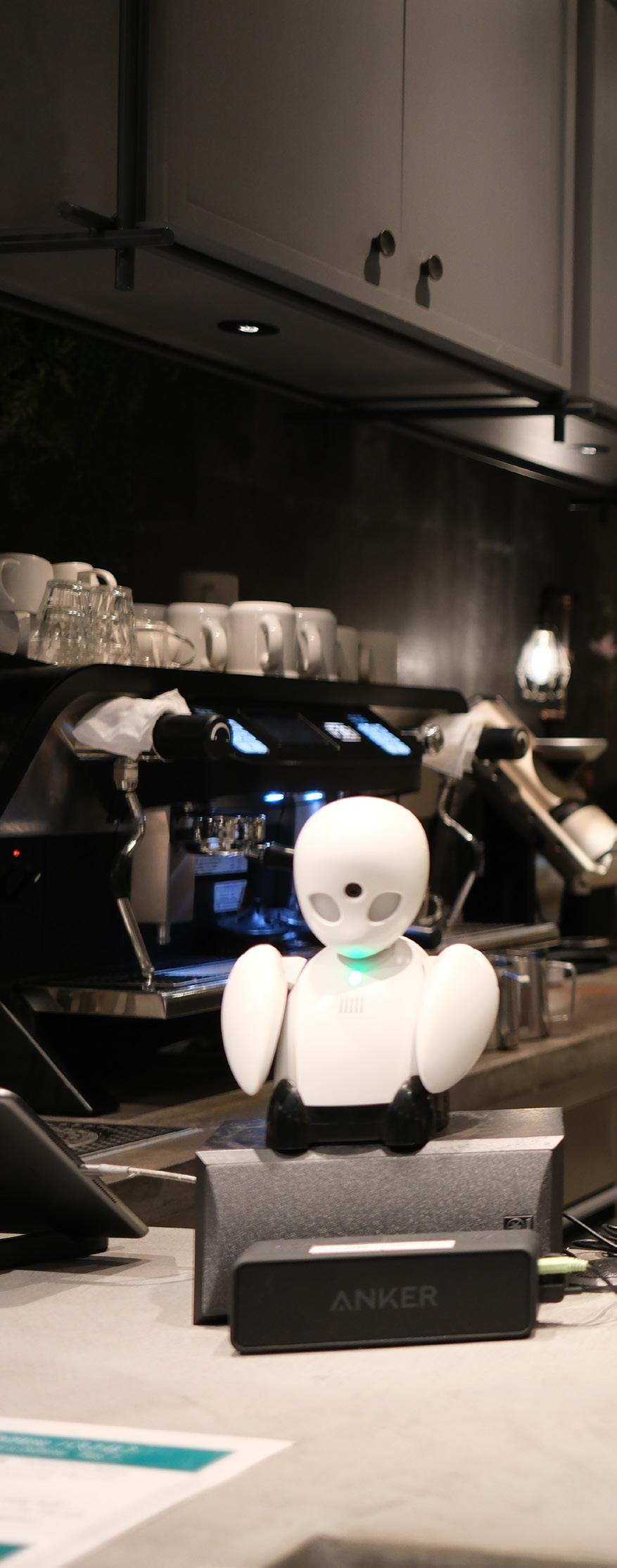
gaps. However, there are valid concerns about AI perpetuating bias and discrimination. For instance, if AI systems are trained on non-inclusive data, they might fail to recognise people with specific features, limiting access to essential services.
Another significant barrier is cost. Many people with disabilities live below the poverty line, and expensive AI software and tech risk deepening existing inequalities. It’s not fair that only a privileged few can afford tools that provide access and inclusion, leaving others further marginalised.

This is why disability advocates are pushing for co-design. As the saying goes, “Nothing about us without us.” Disabled people must be at the table during the development of these technologies, shaping decisions that directly impact their lives. AI tools should also be accessible and affordable, potentially supported by Australian government initiatives.
Despite the challenges, this is an exciting time for accessibility. With a wave of a phone, blind people can access detailed visual descriptions. AI enables remote work opportunities and innovative projects like Japan’s Dawn Café, where
robot waiters operated by disabled staff create meaningful employment and social connections. This initiative began after Kentaro, who experienced loneliness during childhood illness, recognised the potential of technology to foster connection and opportunity. However, without careful regulation, AI could worsen ableism. It’s so important that we ensure AI doesn’t amplify stereotypes or inequality. Disabled individuals must be central to its development to create a more inclusive future, where AI enhances inclusion and accessibility, and doesn’t make it worse.
And you never know, maybe in the coming years AI robots will not only deliver my groceries, but make me dinner.
By Eliza Hull. Eliza
Hull is an award-winning musician, writer and disability advocate. She created the ABC series ‘We’ve Got This’ about parenting with disability, which went onto become an international book of the same name. She has been a guest on the BBC, The Drum, ABC News Breakfast & ABC’S Q&A.
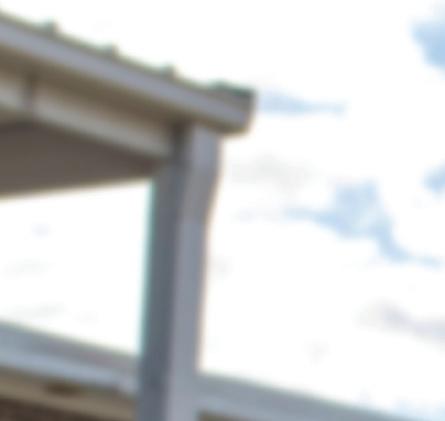



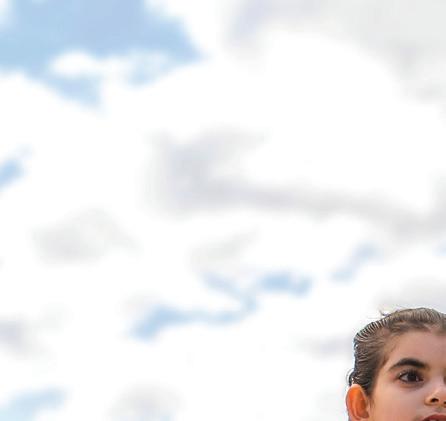
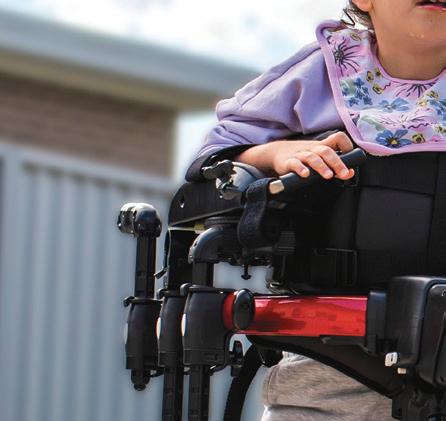

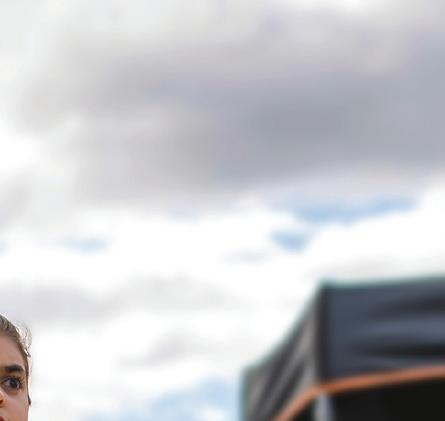
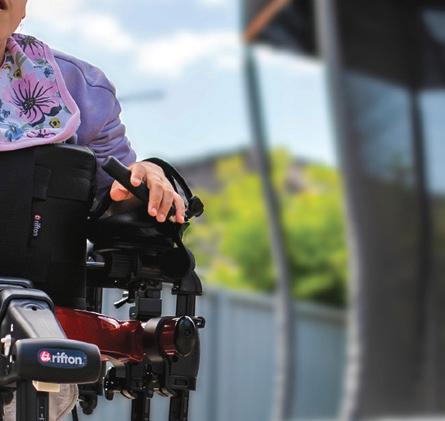












At Astris PME, we’re here to help people live their best lives—with the right equipment, the right support, and the freedom to move, play, and grow with confidence.


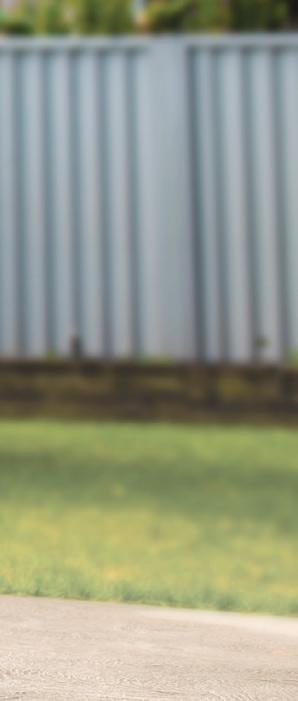



From power wheelchairs and activity trikes to positioning solutions that support comfort all day long, our range of Assistive Technology is designed to keep up with every adventure.
We work closely with individuals, families, and therapists to make trials easy and personalised—so you can find the perfect fit.
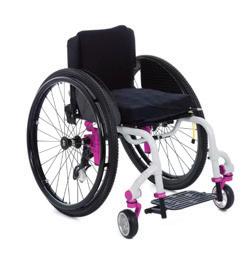


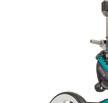


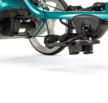

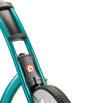
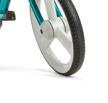



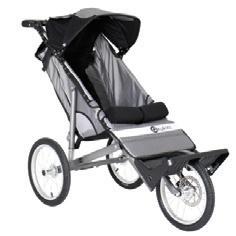
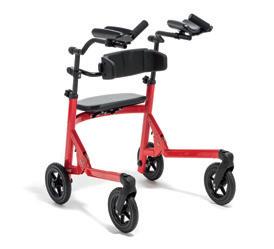






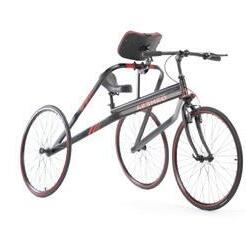

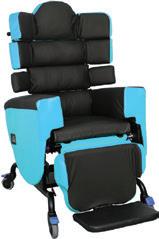
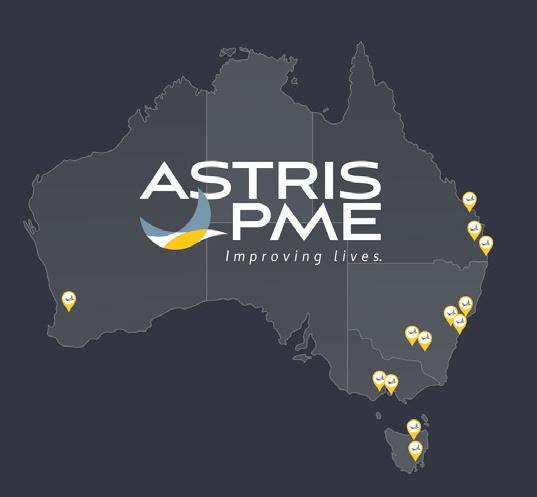
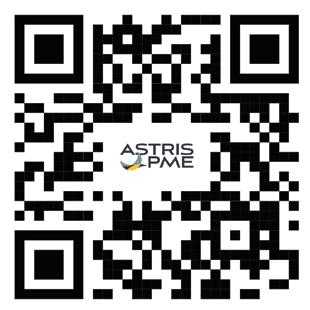


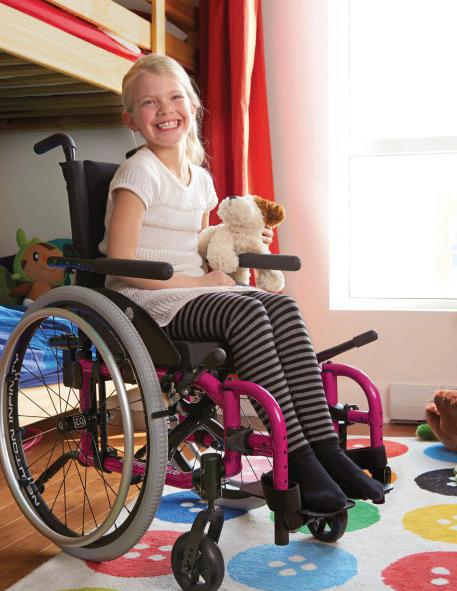






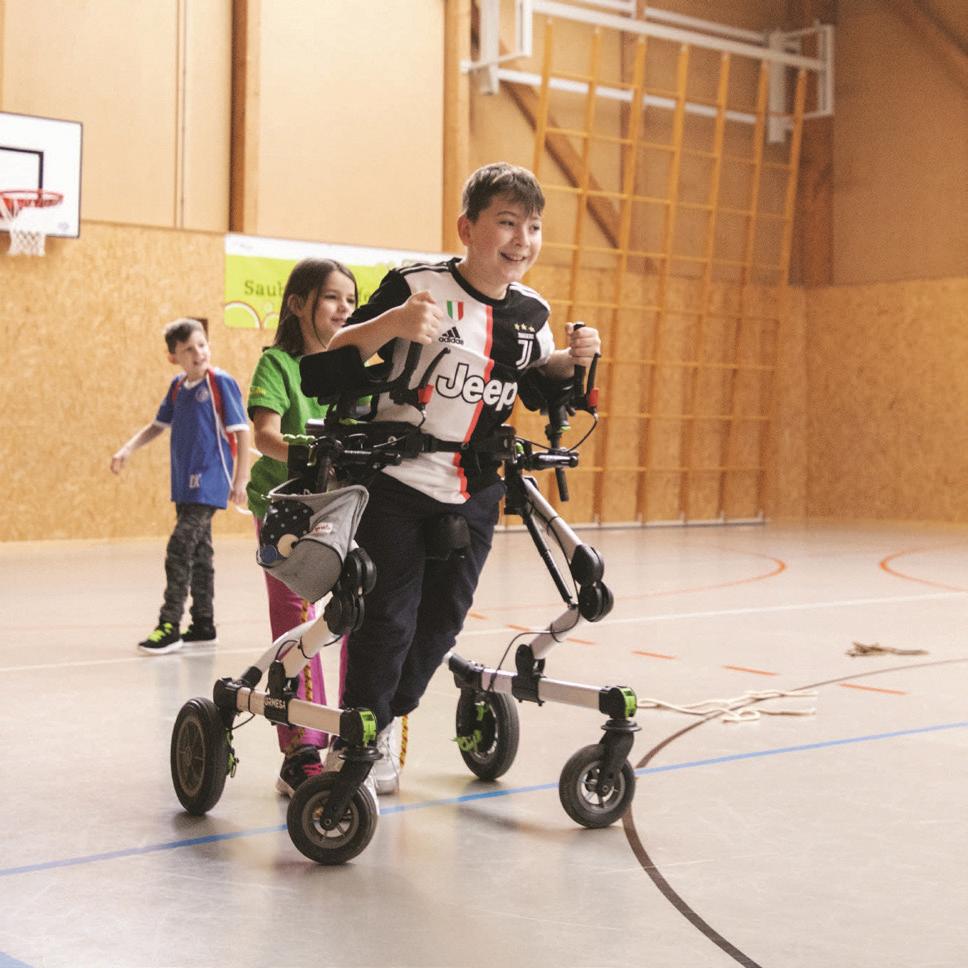
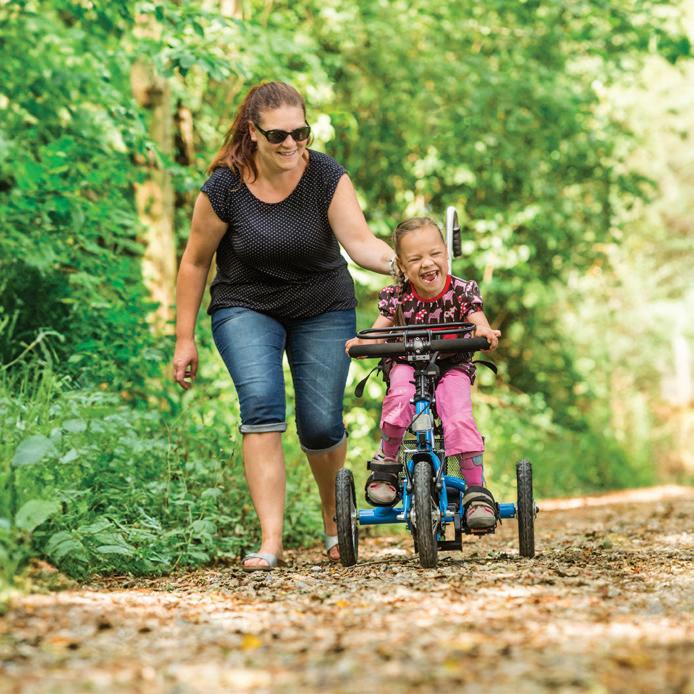















Smart tech has long outgrown its novelty phase. It’s now a practical, reliable tool embedded into our daily lives.
Over the next few pages, we’re looking at two ways tech can help shoulder some of the daily load in the world of disability, both for parents and carers, and as a tool for our kids and young people.
First up: how smart speakers can make everyday life more accessible, from supporting speech and mobility to offering sensory comfort. Then we take a look at how AI chatbots like ChatGPT can be unexpected allies for parents and carers.

Smart speakers like Amazon Echo, Google Nest, or Apple HomePod are changing the way we engage with devices at home; and they can be a real game changing piece of assistive technology for people with disability. They’re simple, responsive, and hands-free, just a few of the ingredients that can help make life a little bit easier. Here are some ways you could put them to use.
For people with speech and language difficulties, interacting with a smart speaker can offer extra practice, independence, and even a bit of fun.
Speech practice: Asking the speaker to play a song, tell a joke, or answer a question encourages clear, purposeful speech in a low-pressure way.
Customised commands: You can often
personalise the device to recognise certain phrases, making it easier for someone with articulation difficulties to get consistent results.
Alternative communication: Some smart speakers integrate with AAC apps and devices, offering even more accessible options for people who are non-speaking or minimally verbal.
TIP: It helps to start with simple, rewarding commands like “Play Let It Go from Frozen” or “What’s the weather today?” - something that feels immediately useful or fun.
Smart speakers can offer real independence for people with limited mobility or fine motor challenges. They remove the need to physically touch switches, remotes, or phones.
Turning lights and appliances on/off: Pair the speaker with smart plugs or bulbs, and you can control lights, fans, heaters, and more just by asking.
Setting reminders: From taking medication to remembering appointments, setting a verbal reminder takes seconds. Making calls: Many smart speakers allow hands-free calls - perfect for someone who might struggle with a mobile phone keypad. Controlling the TV: Some systems can integrate with smart TVs or streaming devices (like Chromecast or Apple TV), allowing voice control of shows and movies.
Smart speakers can also create a sensoryfriendly environment at the touch of a (metaphorical) button - or rather, the sound of a voice.
Playing calming sounds: Ocean waves, rainfall, gentle music, or white noise can be played instantly to help regulate sensory overload or create a calming space. Setting routines: You can program
routines like “Good Morning” that gradually turn on lights and play soft music, or “Wind Down” that dims lights and plays meditation sounds.
Adjusting volume easily: If someone is sensitive to noise, the speaker’s volume can be adjusted just by asking - no tiny buttons on fiddly remote controls that are always in the wrong place when a meltdown is incoming.
Interactive sensory activities:
Some speakers have storytelling games or mindfulness exercises built in, offering sensory-friendly engagement without screens.
Knowing what’s happening next can reduce anxiety and make the day feel more manageable.
Smart speakers can help by:
➜ Announcing transitions: Set the speaker to announce activities throughout the day, like “Time to get dressed,” “School taxi is arriving soon,” or “Bedtime in 30 minutes.”
➜ Countdowns and timers: Use countdowns for activities that are hard to transition from - like “Five more minutes of iPad time” - giving a gentle auditory cue that change is coming.
➜ Reminders for regular tasks: Brushing teeth, feeding pets, taking medication - anything that needs to happen regularly can be programmed as a daily spoken reminder.
Use a morning routine where the speaker plays an upbeat song while announcing each step: “Good morning! Time to get dressed!” followed by “Don’t forget your backpack!” It takes the pressure off mum or dad being the “nagging” voice and makes mornings calmer.
It’s easy to think of smart speakers as purely functional, but they can actually be a beautiful way to have fun together
Interactive games: Many smart speakers have trivia games, storytelling adventures, or even “choose your own adventure” games you can play just by speaking.
Dance parties: Ask the speaker to play a dance playlist, and have an impromptu lounge room disco. Great for gross motor movement and mood-boosting.
Jokes and riddles: Telling jokes is a lovely way to build communication confidence. Just ask, “Tell me a joke!” - and be prepared for endless bad puns.
Learning new things: You can ask the speaker fun facts like “What’s the tallest mountain?” or “How far away is the moon?” Great for curious minds who love gathering random knowledge.
While not a replacement for emergency systems, smart speakers can add an extra layer of safety and peace of mind.
Emergency contact calls: Some smart speakers (like Echo devices) can be set up to call a family member or carer with a voice command like “Call Mum” if something goes wrong.
Drop-in features: Some setups allow family members to “drop in” and talk through the speaker without needing the person to answer a phone - helpful if someone has difficulty using a mobile phone.
Alerts and alarms: Loud verbal alarms can be set up for things like medication reminders, or even if a door sensor is triggered.
When you live with disability - either your own or a loved one’s - you become a master of adapting things to suit your needs. Smart speakers are no different. They’re not perfect, and they definitely won’t suit every situation. But if you can harness their flexibility, they can become another tool in your kit for promoting independence, smoothing out tricky parts of the day, and even having a bit of fun.
When you’re parenting a child with a disability, the to-do list can feel endless. Appointments. Therapies. Funding plans. Endless googling at midnight…. Then there’s all the regular dayto-day life stuff to add into the mix.
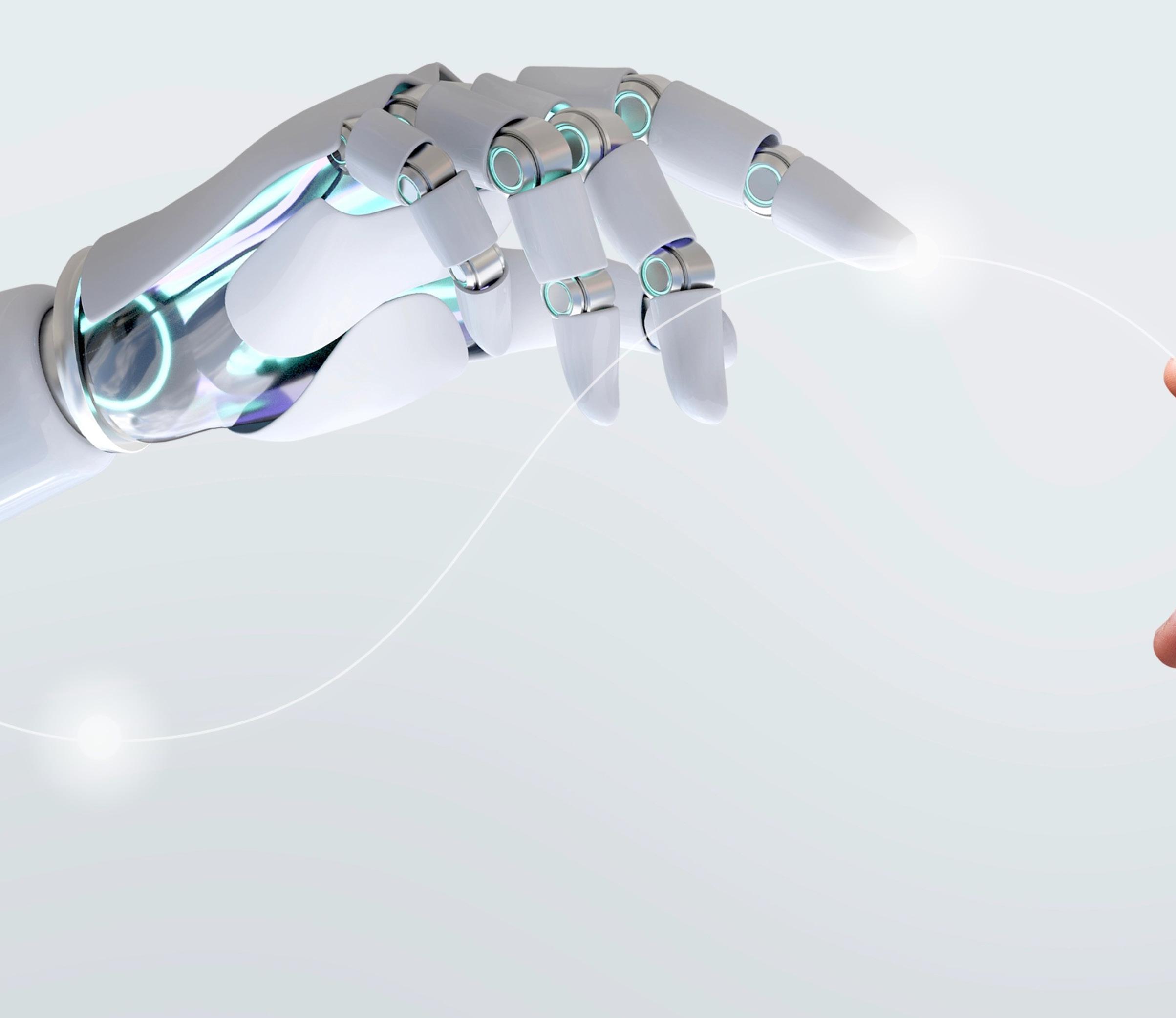
Life is relentless and full-on, and sometimes you just need another brain to help you think. Not a partner. Not a friend. Not another therapy team meeting. Just something that listens and helps without interrupting or asking what’s for dinner.
Turns out, there is something that can do that.
Now, stay with us here – we know AI doesn’t have the greatest rep; every day there’s a new scary headline about how it’s coming for our jobs, or making us less smart. But it’s not all bad and evil. At the end of the day, it’s a technology that’s here to stay so why not make use of it?
Here are a few ways you can use a tool like ChatGPT to make disability parenting life a little lighter:
Researching disability support, therapies, or new equipment can feel like swimming in a sea of jargon and tabs you mean to read “later.” AI can help distil all that into something you can actually use.
• Summarise complex medical or therapy info into plain language.
• Summarise research articles, explain medical jargon in plain English, or list pros and cons of different therapy approaches. You can even ask for a “summary for a tired parent who hasn’t had coffee yet.” (Seriously, it works!)
• Help you advocate, by turning your gut instinct into solid, evidence-informed language.
Try these prompts
• “List the pros and cons of speech therapy via telehealth for a teenager with an intellectual disability.”
• “What does the latest research say about AAC use for kids with both autism and apraxia?”
• “Explain how proprioception works like you’re talking to a tired parent.”
TIP: Ask follow-up questions. It’s not a one-and-done — you can go deeper as your thinking evolves.

NDIS planning meetings can feel like preparing for a courtroom crossexamination – only with more paperwork and less clarity. AI can help you get organised, express your child’s needs clearly, and advocate with confidence.
• Help you write NDIS goals that are specific, measurable, and aligned with what your child actually needs.
• Draft supporting statements or planning notes you can use in your planning meeting.
• Translate support needs into NDIS language.
• Role-play the meeting so you can rehearse your answers and feel more prepared.
Try these prompts:
• “Help me write a functional goal for an 11-year-old with sensory processing disorder who is working on independent dressing.”
• “Write a short paragraph I can say to an NDIS planner about why we need more speech therapy hours.”
• “Pretend you’re an NDIS planner –what kind of questions might you ask me, and how should I answer them?”
TIP: You can also ask AI to create checklists for the meeting, like what documents to bring, or questions to ask the planner.
Writing a carer impact statement is exhausting because it’s emotionally hard. You’re putting the hidden parts of your life into words; the bits people don’t always see. AI can help you start that story.
What it can do
• Draft a first version based on your day-today routines.
• Help you word tricky parts (like fatigue, isolation, or strain on family relationships).
• Format the statement so it’s easy to read and covers the right ground (daily tasks, emotional load, support needed).
Try these prompts
• “Write a carer impact statement for a parent of a non-verbal teenager with cerebral palsy who needs full physical support and uses a wheelchair.”
• “Here’s what our day looks like – can you turn this into a statement I could submit with our NDIS plan review?” (Paste in bullet points of your day – e.g. “Wake at 6am to do stretches; manage medications; school drop-off with transfers…” etc.)
• “I feel like no one understands how tiring it is to manage behaviours of concern and still go to work; can you help me express that in a way that makes sense for an NDIS planner?”
TIP: You don’t have to submit the AI-written version exactly asis. But having a solid draft takes the pressure off and gives you something to shape with your own voice and experiences.
Stuck in a rut? Need activities that suit your child’s physical, speech, or sensory needs?
Ask AI for ideas tailored to your child’s age, ability, sensory profile, and even the weather.
You can even get help creating personalised scavenger hunts, craft adaptations, or calming activities for meltdown days.
Need a social story about a dentist visit, a haircut, or flying on a plane? AI can help you create one fast – complete with preferred language style, favourite characters, or special interests woven in to make it engaging.
You can even ask AI to be a safe space to vent or brainstorm emotional challenges. While it’s not a replacement for a therapist, it can offer a calming presence and practical advice when you just need to get your thoughts out.
• “I’m feeling overwhelmed by my child’s needs today. Can you help me think through some strategies to reduce stress?”
• “I feel guilty because I’m so tired –what are some ways to practice self-care when I don’t have time?”
AI can’t give you a hug, but it can give you a moment of clarity when everything feels like too much.
The more you tell AI about your situation, the better the result. You wouldn’t ask a friend for help without explaining what you need, right? Same goes for AI.
Instead of: “Tell me about therapy for kids,”
Try: “What therapy options are recommended for a 6-year-old with autism who has delayed speech?”
If something sounds off or too complicated, don’t hesitate to ask AI to explain it differently.
You can say: “Can you explain that in simpler words?” or “Could you make it sound more personal?”
• AI makes mistakes. It can occasionally provide inaccurate information, especially if it’s given unclear or vague prompts. Always double-check important details, especially when it comes to medical, legal or personal care advice.
• AI can’t replace the human touch. While it can offer advice, generate ideas and act as a sounding board, it doesn’t understand your emotions or personal situation like a real person would.
• Use AI as a starting point. Think of AI as your first draft or brainstorming session. It’s there to help you get started, save time and provide ideas, but you should always refine it with your own voice and expertise.
How to get the best results from AI (even if you’re not tech savvy)
If you’re feeling overwhelmed by a big task, ask AI for smaller chunks. You can break down a complex problem into bite-sized questions that make it easier to digest.
Instead of asking: “How do I fill out an NDIS plan review?”
Try: “What documents do I need for an NDIS review?”
“What are some common questions planners ask during a review?”
“Can you help me write a functional goal for my child’s therapy?”
AI isn’t perfect (and It’s not a replacement for humans)
AI is an amazing tool, but it’s important to remember that it’s still just a tool, not a human. While it can be incredibly helpful for research, brainstorming and even offering emotional support, it doesn’t replace real-life connections or professional advice.

Spring is here – the perfect time to enjoy the sunshine and breathe in the fresh air. For children and teens living with Incontinence Associated Dermatitis (IAD), staying comfortable and confident outdoors starts with proper skin protection and care. At Atlas McNeil Healthcare Community, we offer personalised services, tailored solutions, and trusted medical supplies to help protect sensitive skin and support overall wellbeing. Let our expertise help you make the most of every season.

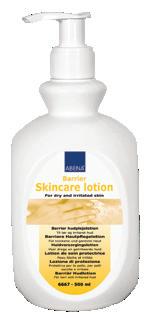



Eye tracking lets you control a device using just your eyes - no hands, no touch, just gaze. While many eye tracking systems are tied to dedicated devices, the VersaEye with Hiru by IRISBOND gives you the freedom to use eye tracking on an iPad. Whether you’re chatting with AAC, gaming, streaming, or working, it offers a smooth, fully integrated experience with iOS. RRP: $6,995 liberator.net.au
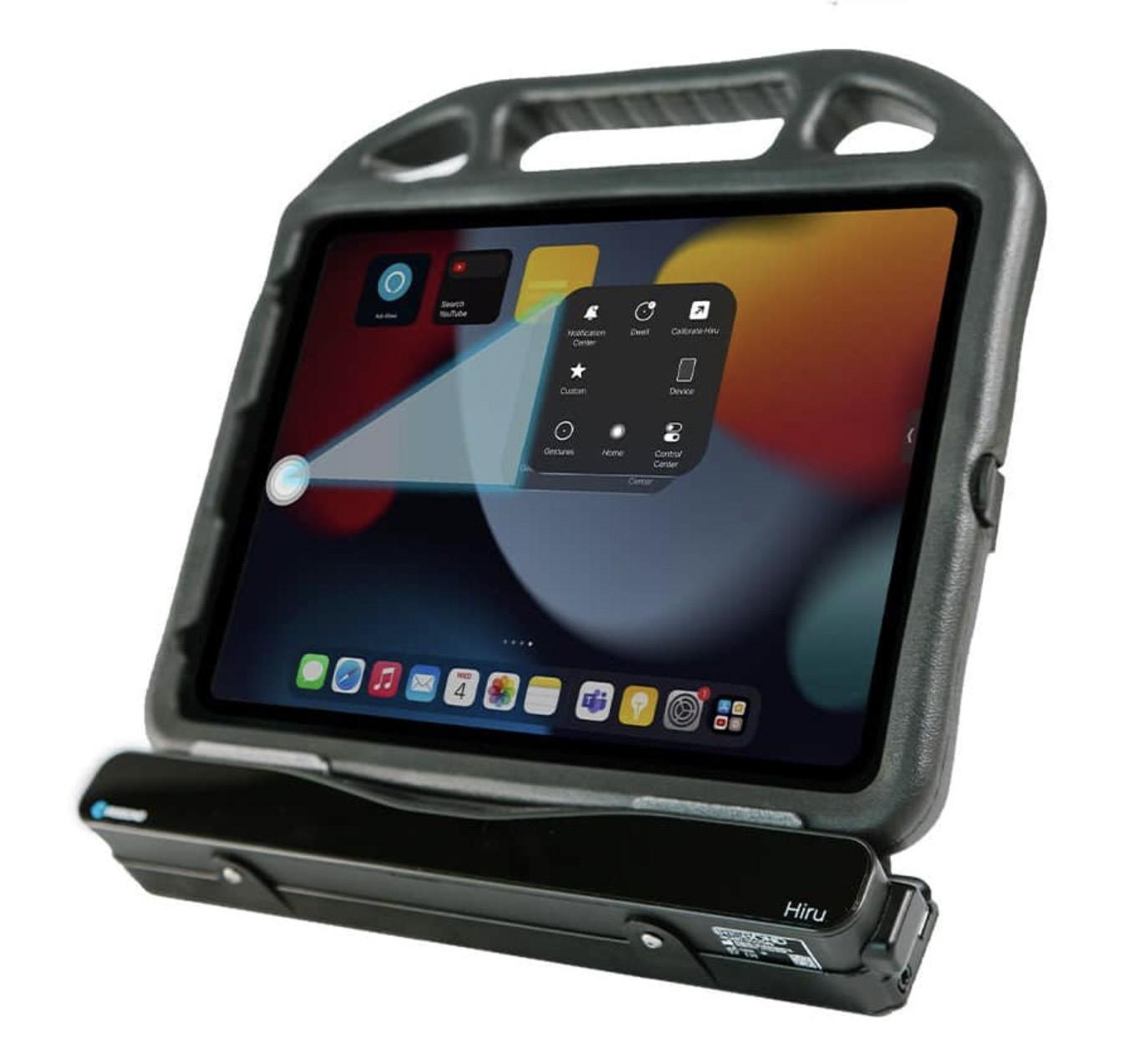
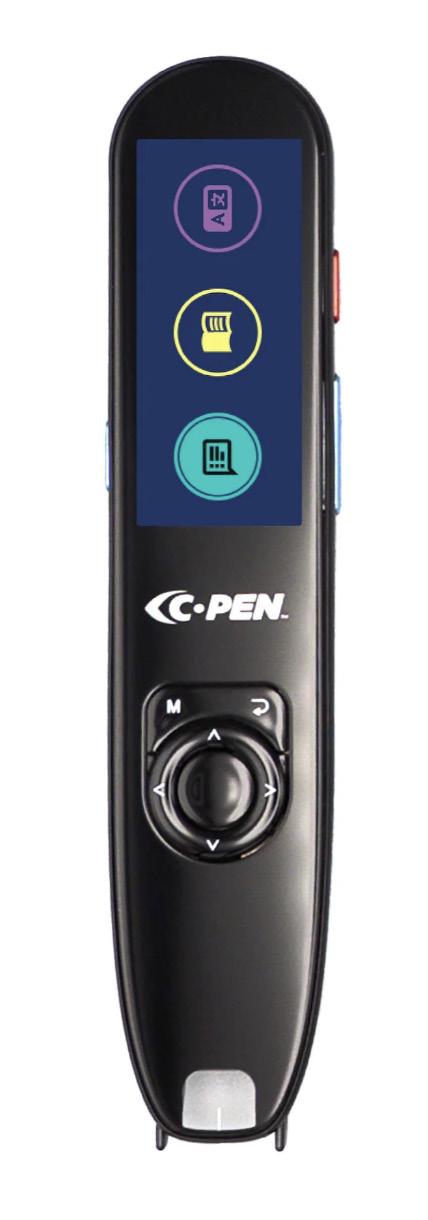
Check out these game-changing tech tools that can make life more accessible.
C-Pen Reader 3 is a reading pen that takes literacy seriously. With new features to enhance accessibility and support users as they practice, its new language module and super-sleek touchscreen design make it easier than ever to read with confidence. It’s the perfect reading pen for dyslexia! RRP: $495 assistivetech.com.au
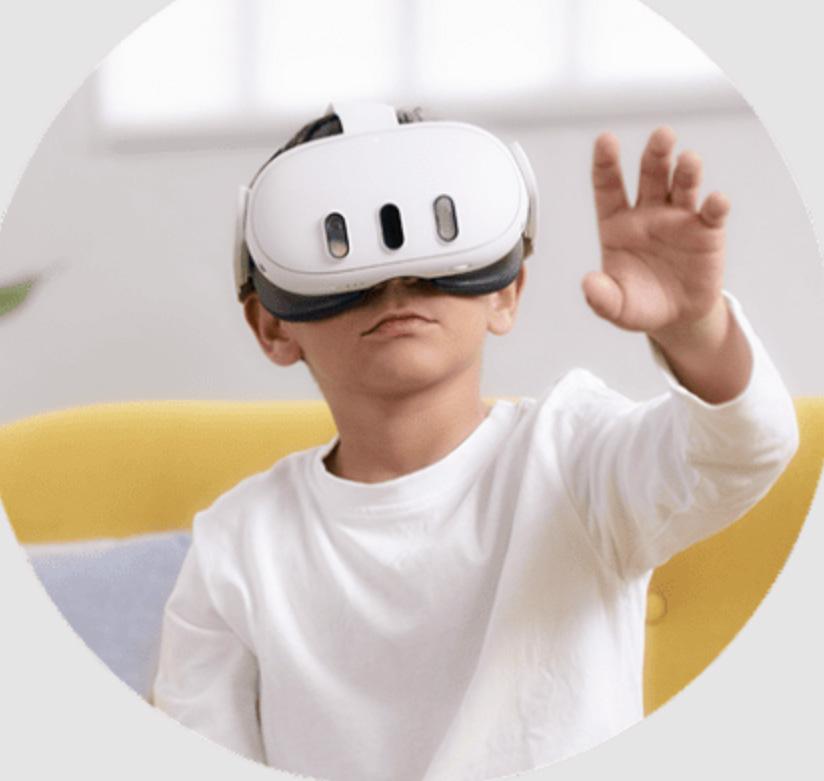

XRHealth combines extended reality (XR) technology with real clinical care, bringing therapy to you –anytime, anywhere. Delivered by AHPRA-registered clinicians, XRHealth’s virtual clinics offer services including occupational therapy, psychology, physiotherapy and functional capacity assessments. It’s accessible, flexible and designed to meet you where you are – through the power of VR.
Pricing plans: various // xr.health
Game On from Pretorian Technologies is a new and unique assistive gaming interface providing users of alternative access to achieve full control of computer games
This means users of eye-gaze enabled AAC devices, and also switch or joystick scanning can achieve full control of computer games using their alternate access method.
Game On may be used to play games either on a standard PC or on an Xbox via an Xbox Adaptive Controller.
RRP: $595 // zyteq.com.au

GlassOuse is a wearable, assistive head mouse that gives the wearer hands-free control of mobiles, computers, tablets and Smart TVs.

Worn like a pair of glasses, GlassOuse connects via Bluetooth to devices, making everyday tech accessible for people with limited mobility. It’s built for real-life use; comfortable, reliable, and easy to integrate into daily routines.
Pair it with a range of custom-designed switches or use it with most standard switches to suit individual needs.
RRP: from $1,260 // spectronics.com.au

Sameview is an online hub where families and their care teams come together to share disability support information – all in one place.
No more repeating your story. Capture sessions with videos, photos, and files. Connect team members anywhere with just an email. Share progress linked to goals, get notifications, and communicate without endless emails or calls. You control privacy and security, and with one click, generate reports for plan reviews.
Sameview makes teamwork simple, organised, and stressfree. sameview.com.au


Sticking to a home physio program can be tough – adherence rates are often as low as 15%. That’s where LusioMATE comes in.
LusioMATE is a wearable sensor and app system designed to make physical therapy fun, motivating and trackable. The tiny sensors attach to any part of the body and connect via Bluetooth to a growing library of exergames, turning movement goals into interactive challenges.
Therapists can monitor progress remotely and update goals in real time – perfect for telehealth and homebased rehab. Suitable for all ages and a wide range of conditions, LusioMATE helps people from 4 to 94 reach their movement goals, anytime, anywhere. A therapist in your pocket–powered by play. POA // lusiorehab.com

150 HOURS LONG BATTERY LIFE!


Imagine having your own personal disability and mental health advocate in your pocket to ensure you receive warm and empathetic customer service whilst participating in local community, sport, and whilst traveling.
The Cérge Companion App is a free assistive technology for individuals with disability, support workers, carers, and parents to notify a participating Cerge destination/venue of specific service preferences ahead of time and remove the fears and anxiety of how you or your loved ones will be treated.
Discreet messaging from the app direct to the venue empowers customer service staff with complete confidence and knowledge to ensure an inclusive experience. Learn more at the Cérge website - cerge.app

Purchasing assistive technology (AT) for your child or young adult can be a little daunting, especially when it’s a significant investment. You want to be confident the item is right for their needs and, of course, good value for money.
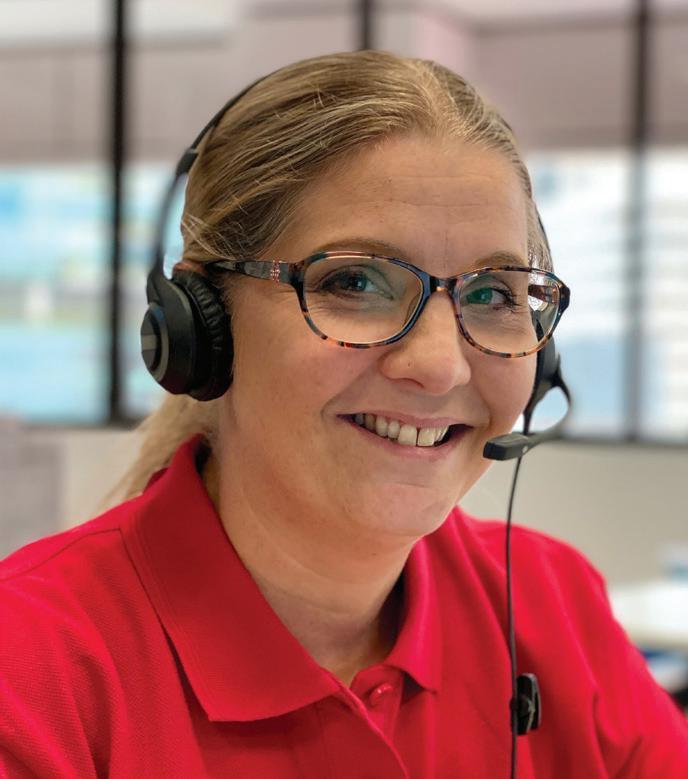
Experienced Leap in! plan manager Tabitha is on hand to help. Tabitha answers some frequently asked questions about high cost AT including communication devices so you know what to expect if you’re exploring options for someone in your family or care.
QWhat high cost assistive technology may be suitable for purchase under an NDIS Plan?
High cost assistive technology under the NDIS is any item of AT that costs more than $15,000. By its very nature, high cost AT tends to be complex. It’s sometimes custom-made or tailored for the individual.
High cost assistive technology includes higher cost Augmentative and Alternative Communication devices (AAC), custom wheelchairs, prosthetics, ventilators and some specialised patient lifts or hoist systems.
QHow can I get high cost AT included in my child’s NDIS Plan?
An occupational therapist (OT) or physio can talk to you about the kinds of AT that might help your child meet their goals. If high cost AT is required, a professional AT advisor will need to complete an AT assessment. The NDIS may include funding in your child’s plan for an AT assessment if you don’t already have one.
The assessment focuses on whether the assistive technology is safe, suitable and meets the specific needs of your child. It also considers how the item
works alongside other supports in their NDIS Plan.
The AT assessment is submitted to the NDIS with an itemised quote from one or more providers for the item. Be sure to have the cost of any training provided by a qualified AT advisor or provider included in the quotes submitted. If approved, the funds are added to the Capital supports budget in the person’s NDIS Plan.
QDoes a high cost AT quote need to include the cost of other items, like delivery?
Yes. The quote should cover everything associated with the purchase, including delivery, set up costs, and any customisation required. It should also include the brand name and model number.
QBefore buying, can I use my child’s NDIS funding to trial assistive technology? With so many different brands and options for AT, you’ll sometimes want to test an item before buying or renting. Some providers will let you try a product at no cost.
If not, you can use your child’s NDIS funds to pay for a trial for a short period. If your child is on a PACE plan,
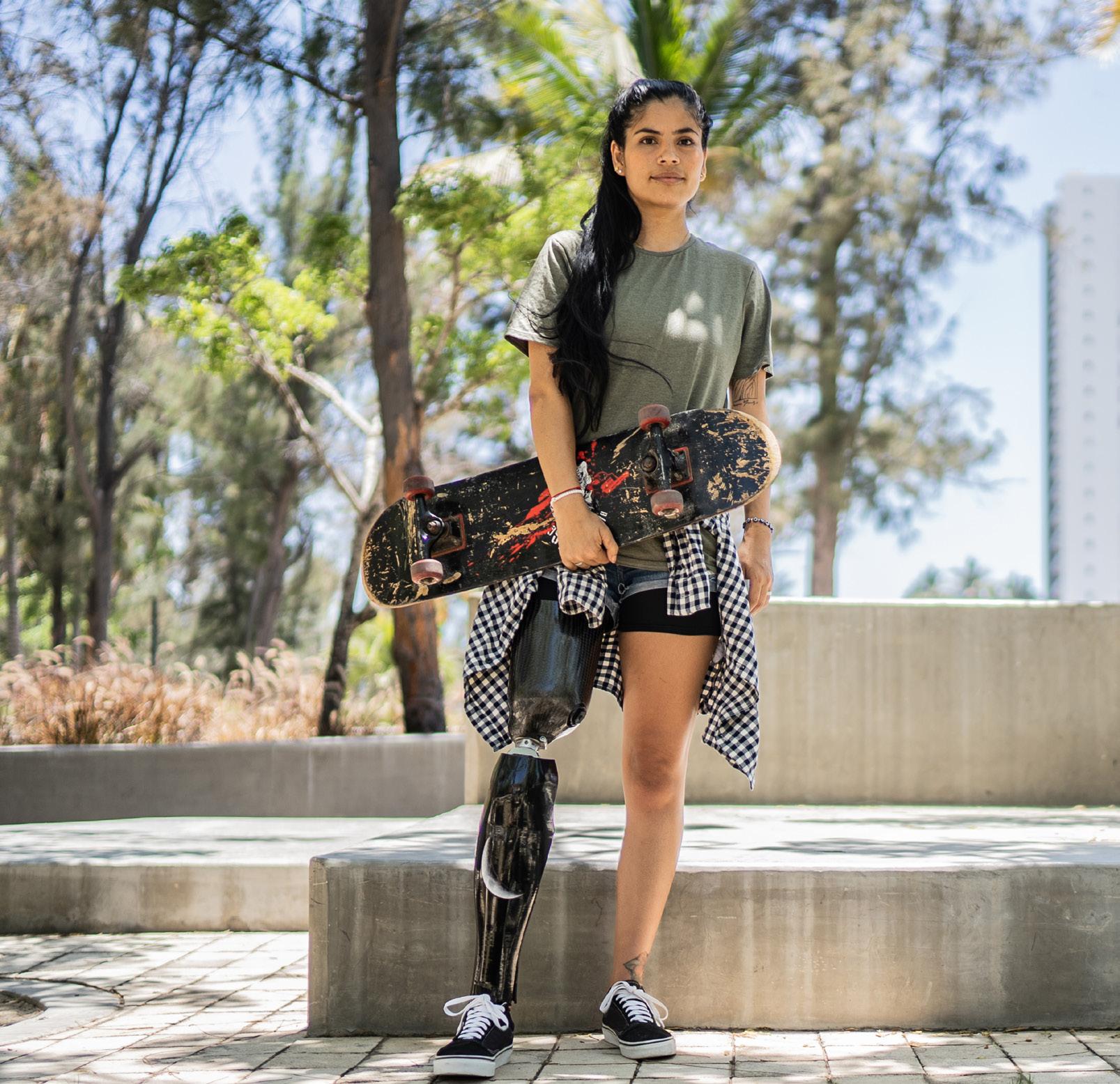
they will need funding under the new Capital supports - Assistive Technology, Maintenance, Repair and Rental budget to trial high cost AT. If they’re on the old style or legacy plan, you may be able to use Core supports flexibly to trial the item.
Details about the outcome of any trials need to be included in the AT assessment.
QMy daughter has a high cost AAC device approved and included in her NDIS Plan. Do I have to cover the cost upfront?
If your daughter has a plan manager like Leap in!, the provider can generally send the invoice to your plan manager to process the payment from your daughter’s plan so you’re not out of pocket.
If your daughter’s plan is Agency managed, the provider needs to be NDIS registered. The usual process applies where the provider submits the claim for payment through the NDIS portal.
If you self manage, there are two options:
1. Make a payment request through the NDIS. Money from your daughter’s NDIS Plan budget will be paid into your account. You can then pay the provider.
2. You can pay for the item upfront, then submit a claim to the NDIS for reimbursement.
QWhat about mid cost AT?
Can you please explain how the $15,000 limit for AT works?
If you have relevant evidence, and the funding for Capital Assistive Technology is not stated in your plan, mid cost AT valued between $1,500 and $15,000 can be purchased without a quote being submitted to the NDIA first.
However, you need to submit written evidence for items costing more than $1,500. This can be done by obtaining a letter or report from an AT advisor outlining the item, how it will assist and why it is the best value for money.
QDoes 'higher risk' AT refer to items that cost more?
Good question! The NDIS has two 'product' risk categories for assistive technology: low risk and higher risk. While higher risk technology is often more expensive, this is not always the case.
Higher risk items are generally more complex and often require personalised setup. For this reason, advice from an AT advisor or assessor is necessary before purchase, regardless of the cost. The NDIS will not fund some high-risk items such as trampolines, weighted blankets or swings.
QWhat should I do with high cost AT funded by the NDIS that is no longer needed?
If you have purchased the equipment, you can take it to a service in the community that accepts and refurbishes used equipment or donate it to charity. If it is under a lease agreement, you need to return it to the provider. Depending on the item, you may also be able to sell it privately.
DO YOU HAVE A QUESTION YOU’D LIKE US TO ANSWER IN THE NEXT EDITION OF SOURCE KIDS? WE’D LOVE TO HEAR FROM YOU. SEND YOUR QUESTION TO MYSTORY@LEAPIN.COM.AU
Leap in! is a two-time winner of the Most Outstanding Plan Management Award (2023 and 2024). Speak to us about how we can make a difference for you. Call 1300 05 78 78 or email crew@leapin.com.au to learn more about Leap in! plan management.


When lived experience meets creativity, amazing things can happen. In this special feature, we meet three young entrepreneurs with disability who have taken their own challenges and turned them into powerful, purpose-driven ventures.



Kai, Keeley and Daniel have each built something unique: tools to help people regulate, a tech charity that opens up learning, and art that makes people stop and smile. We asked them about how their ideas were born, what keeps them going, and what advice they have for others walking a similar path. In their own words, this is what they told us…




Can you start by telling us a little bit about your business and how it started? Was there a particular moment or challenge that sparked the idea?
In 2017, at the age of 11 I found myself getting teased for using kiddie-like fidgets by peers. They told me to go play with the preps! One of my classmates even rubbed wasabi in my eyes! I was crying that night, so mum and I tried to find something more age-appropriate. We drew a blank and I decided to make my own! I took them to school where I sold some, but I got in trouble and had to pay the money back! So mum and I started doing local markets with them. What started out as me making fidgets to help myself, has now grown into a national business providing tools for teens and adults.
Fidgets aren’t just about keeping hands busy. For many they are a lifeline that enables people to cope with day-to-day stressors. They can also help them soar to heights by allowing them to focus, regulate and think. Having tools that are discreet, robust and cover a diverse range of needs is key & the “why” behind what I do.
How do you think your disability shapes what you’ve created?
Being both autistic and dyslexic has made school hard and friendship connections challenging. Lived experience has driven creating Kaiko Fidgets and ongoing sharing of others, like myself who struggle with regulation and sensory needs, has driven the range to grow so significantly. When we create new tools, I am more focused on the needs of others than I am on creating something that sells. And, mum having an occupational therapy background, as well as also being AuDHD, has informed the range development.


Who or what has been instrumental in helping you with your business along the way?
A number of things: the bullying sparked the desperate need, also support from my parents, mentors, and most recently the EO Global Student Entrepreneurs Award Start it Up Competition. I’ve learnt that I can’t do it all and I now have more than 12 staff! And recently, being featured on Channel 7 Sunrise and the Morning Show was huge exposure for us! To be honest though, it’s actually the Kaiko community of customers and supporters that are my why and who enable me to continue to do what we do!
What’s the best feedback you’ve received from a customer?
I get so many, almost daily! It’s hard to pick, however the ones that leave a lasting impression are those that share that we have saved their life or that I have inspired them.
What are you most proud of that you’ve done so far?
For the past 6 months, along with more than 1400 students from around the world, I have been part of EO’s Global Student Entrepreneur Awards (GSEA) competition & Series 'Start It Up' - Season 4. I was humbled and incredibly proud to progress to the finals and then it was announced that I placed 2nd in the world! WOW! Being dyslexic, autistic (& ARFID)
traveling to other countries, with lots of people, long hours without ‘people down time’, safe foods not always available, make up (sensory nightmare), micing up for TV, having to hold information in my mind with working memory challenges, follow a visual pitch deck (while still struggling to read and write due to significant dyslexia) – all this created challenges and stretched me more than anyone would have realised. I hope it’s a reminder to others that being neurodivergent or having different abilities doesn’t have to define us and that we can shine in our own unique ways!
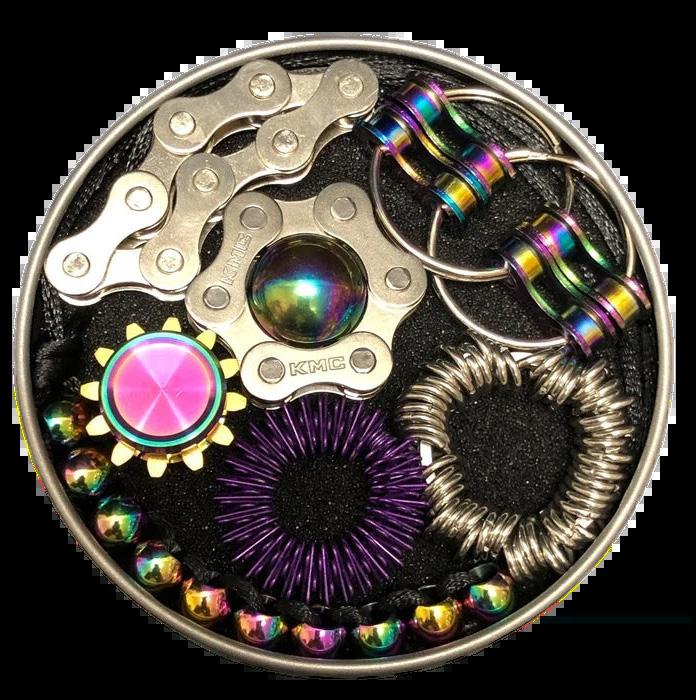

Are there any new products or projects that you’re working on now?
A trichotillomania support kit, picking support options, and other safe ouch tools for harm reduction as well as fidget stationary… so many things. Watch this space!
Can you tell us a little bit about Keeley’s Cause and what inspired you to start the project?
Keeley’s Cause is a national registered charity that I founded at the age of 13 to provide iPads to children and young people diagnosed with autism and intellectual disabilities.
The inspiration came from my own journey as someone with both diagnoses where I found it incredibly difficult to keep up with mainstream learning methods.
When I was given access to an iPad, everything changed. It helped me communicate better, manage my emotions, and learn in ways that suited my strengths.
I realised that if it made such a difference in my life, it could do the same for others. That’s when I knew I had to start Keeley’s Cause.
What are some of the challenges you’ve faced and how have you worked through them?
One of the biggest challenges has been overcoming the assumptions people sometimes make about young people with disabilities. When I first started, I wasn’t always taken seriously because of my age or my diagnosis. But I stayed focused, surrounded myself with people who believed in the mission, and continued learning along the way.

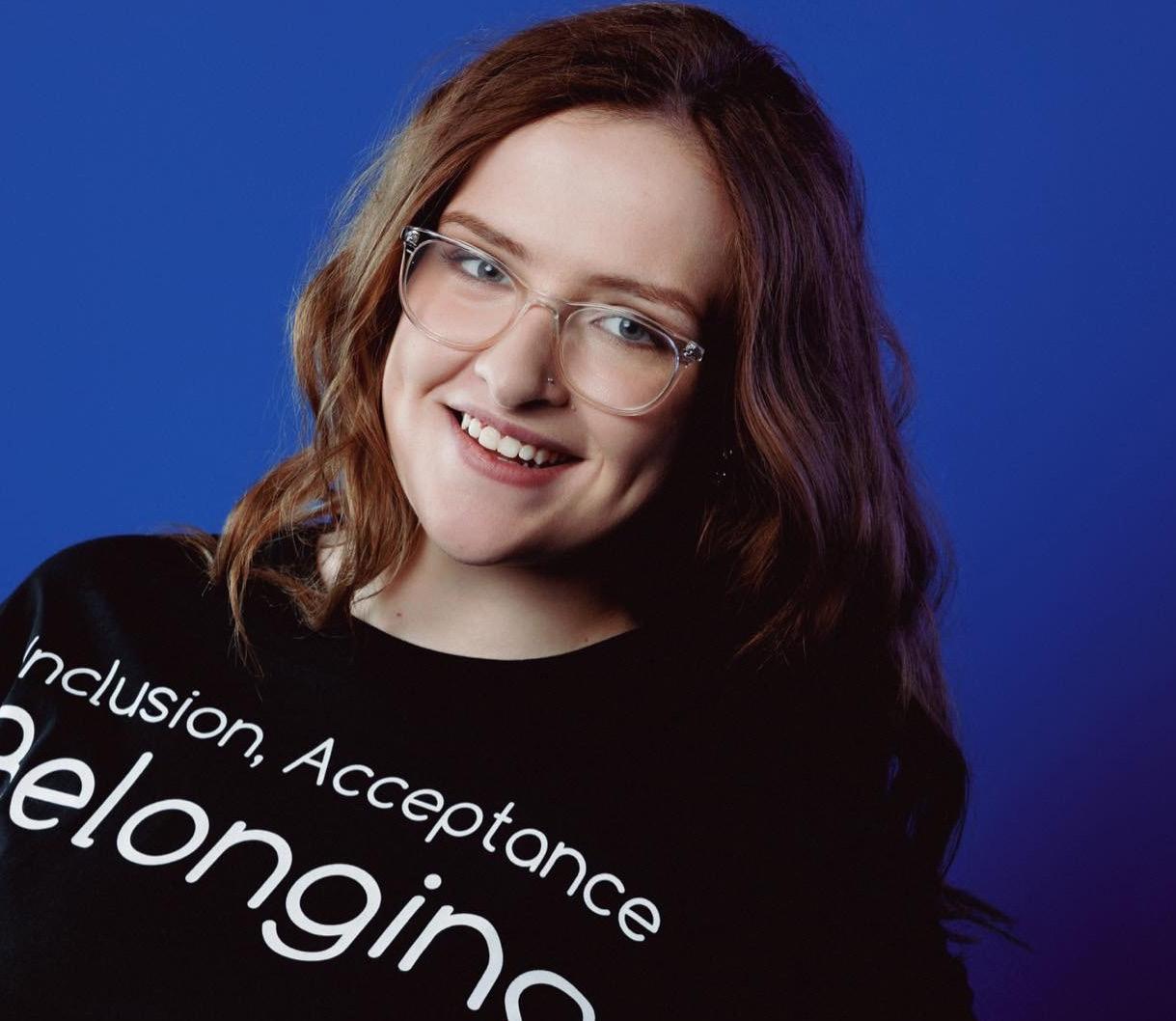
With the support of my mum and a strong community, I’ve been able to turn obstacles into opportunities. I’ve learned that resilience, patience, and staying true to your purpose are key.
Tell us about the biggest success you’ve had so far.
Our greatest success is the impact we’ve had on families across Australia.
Seeing the joy and relief on a child’s face when they receive an iPad and knowing it will open doors to learning and communication is incredibly rewarding.
On a larger scale, being named one of Australia’s Top 50 Small Business Leaders was a huge honour, and also being inducted into the Victorian Women’s Honour Roll in 2024 as the youngest inductee of 730 women since 2001. It proved that people are recognising the value of inclusive initiatives led by people with lived experience.
What’s an average day like at Keeley’s Cause?
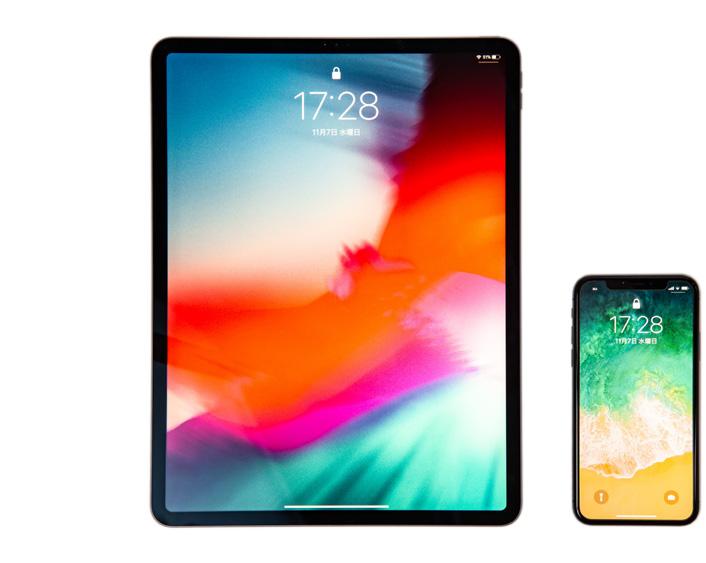
I contribute to our social media content, help pack and deliver iPads, planning fundraising events and assist with the decisions of the charity’s mission.
I also enjoy being involved in strategy and creative brainstorming, thinking about how we can do things better or reach more families.
It’s hands-on work, and it means a lot to me to be part of every step.
What part of doing business do you love the most?
I love knowing that what I do matters. It’s fulfilling to see a real, positive change in people’s lives. I also enjoy the creative side, building something that didn’t exist before and watching it grow.
It’s exciting to think that an idea that started from personal experience is now helping so many others and has bridged the gap of support.

What advice would you give to another young person with a disability who has a big idea?
Each day is different, but I’m always working on new ideas to grow the charity and improve our reach.
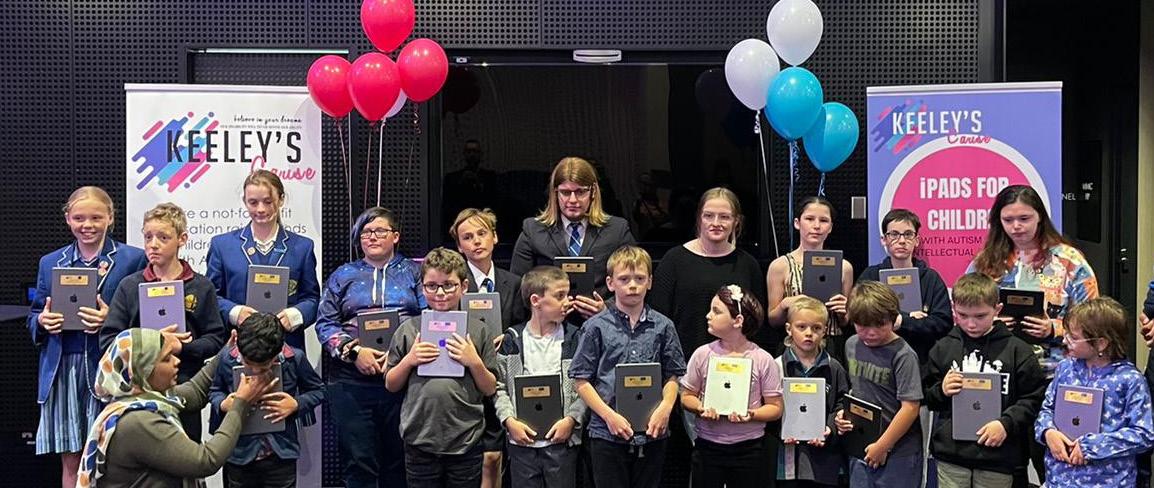
Don’t let anyone underestimate you, and most importantly, don’t underestimate yourself. Your perspective is valuable, and your lived experience gives you insight others may not have.
Start with what you have, ask for support when needed, and be brave enough to take the first step even if you think your idea may not be good enough. Even small actions can lead to something much bigger. If you have a vision or passion, follow it. You are capable of achieving great things despite having a disability.

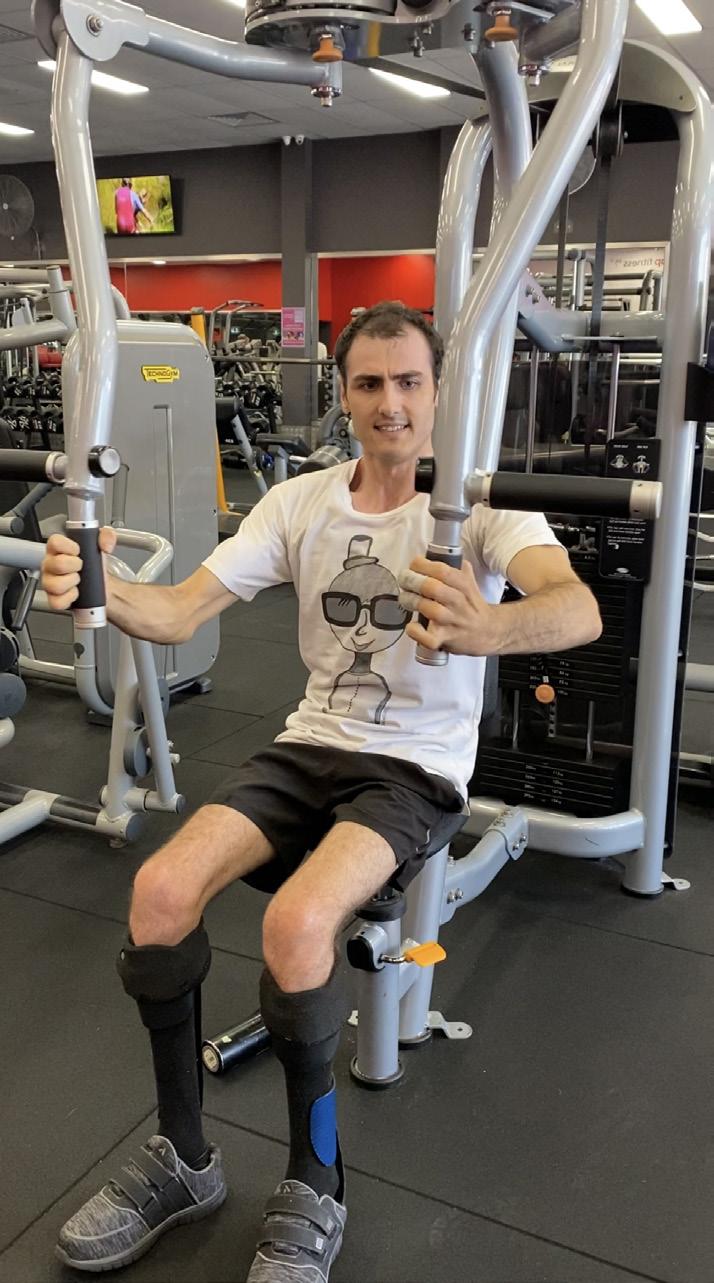


Tell us a bit about Daniel(ink) and how you got started.
I started to enjoy art when I was at school. My grandmother was an artist, and when she visited us from the UK, she used to spend time helping me with my painting. Later on, I went to TAFE in Midland, and then I completed a Certificate II in Visual Art at Cyril Jackson Senior Campus. Daniel(ink) began as a TAFE project, when I designed a t-shirt as part of my course. My dad said I should think about
setting up a business to sell my designs, and that’s how Daniel(ink) was born. My first venture was a stall at our local arts festival in 2012, where I sold all 30 shirts! I officially set up the business the next year, in 2013, and it’s grown from there. Now it’s thriving. I have 27 designs and a range of products for adults, kids and babies. We sell our products at shopping centres, designer markets, and online.
I am also very fortunate to have travelled with Daniel(ink.) to Melbourne, Sydney, Adelaide, and also overseas to New York, Hong Kong and this Spring we are heading over to London!

Where do you get your ideas and inspiration from?

What are the biggest challenges you face? How have you overcome them?
Living with a disability is not always easy. Doing some things that others take for granted, like cooking and cleaning, for example, is not so easy for me.
But I try not to let things hold me back from doing what I want. I manage to get out and about quite a lot. I have a modified car with a chair hoist, so I can get out by myself. I also have support workers and my girlfriend who take me to other places I may not be able to access so easily. My family is very supportive too!
Tell us about your biggest success, or something that you really look forward to in the future
Living with CP is not easy! About 10 years ago, I went to Melbourne. I found that I couldn’t get out of my chair to walk up a couple of steps into my uncle’s house. It was a turning point for me! That’s when I started work with my physio and joined a gym with a personal trainer; and set myself some goals to stand up and be able to walk with my walking sticks again.
Now I am stronger in both upper and lower limbs, and now, I CAN WALK AGAIN!! Recently I walked onto a plane (to visit my sister in Melbourne) with just my walking sticks.

It all helps me to be more independent.
What advice would you give to young people with disability after school?
I am a doodler!! I love spending time at my drawing board working over ideas. Sometimes, I get inspired by images I see around me. I have also had the good fortune to work with local artist friends, Bernard Kerr and Trenton Harris, for example. It’s sometimes hard finding new designs but I’m always on the look-out for new ideas!!
It’s never too late to start a journey if you do want to make a change in your life. Don’t put barriers up for yourself. Look at courses available at TAFE, or even at university to get training to follow your dreams and to achieve your goals.
Start with small goals that you can achieve. For example, I started with a goal of walking on the treadmill for 3 mins. Then I increased the time to 5 mins. Now I can do 10.

For Andrew West, working with Dejay means more than great equipment. It means being understood, listened to, and having true friends to run alongside him, explains Katherine Granich.
When he was 23, Andrew West experienced something he never thought possible – he ran. Not on the sidelines, not watching others, but truly running for the first time in his life, feeling the rush of speed and independence that many take for granted. For Andrew, who lives with cerebral palsy, that life-changing moment came thanks to the sport of framerunning and the team at Dejay Medical; people who are now not just equipment experts, but close friends and running buddies.
example of what can happen when creative problem-solvers meet a young man with big dreams and a bigger heart.
“Dejay are happy to explain, customise, and even experiment with equipment that you are using,” says Andrew. “Michael and Lena came up with a solution so that I could do up my own seatbelt on my power wheelchair. Michael even custom-made a device to stop my Quokka wheelchair bag from moving and slipping off the mount.
“I felt that for the first time I could really run fast without worrying about falling over,”
Andrew is now 30, and he’s been part of the Dejay family for almost 15 years, first discovering their innovative Australianmade Smik wheelchairs and, later, their game-changing Petra by Connie Hansen framerunner. His story is a powerful

“They really think outside the box to make me more independent.”
With Dejay, no challenge is too strange and no request too small. The team – Leon, Lena, Ben, Tim, Michael, and more – have become trusted collaborators, always finding ways to make Andrew’s equipment fit his life, not the other way around.
“When the Dejay team is assisting me with equipment, I can have an easy

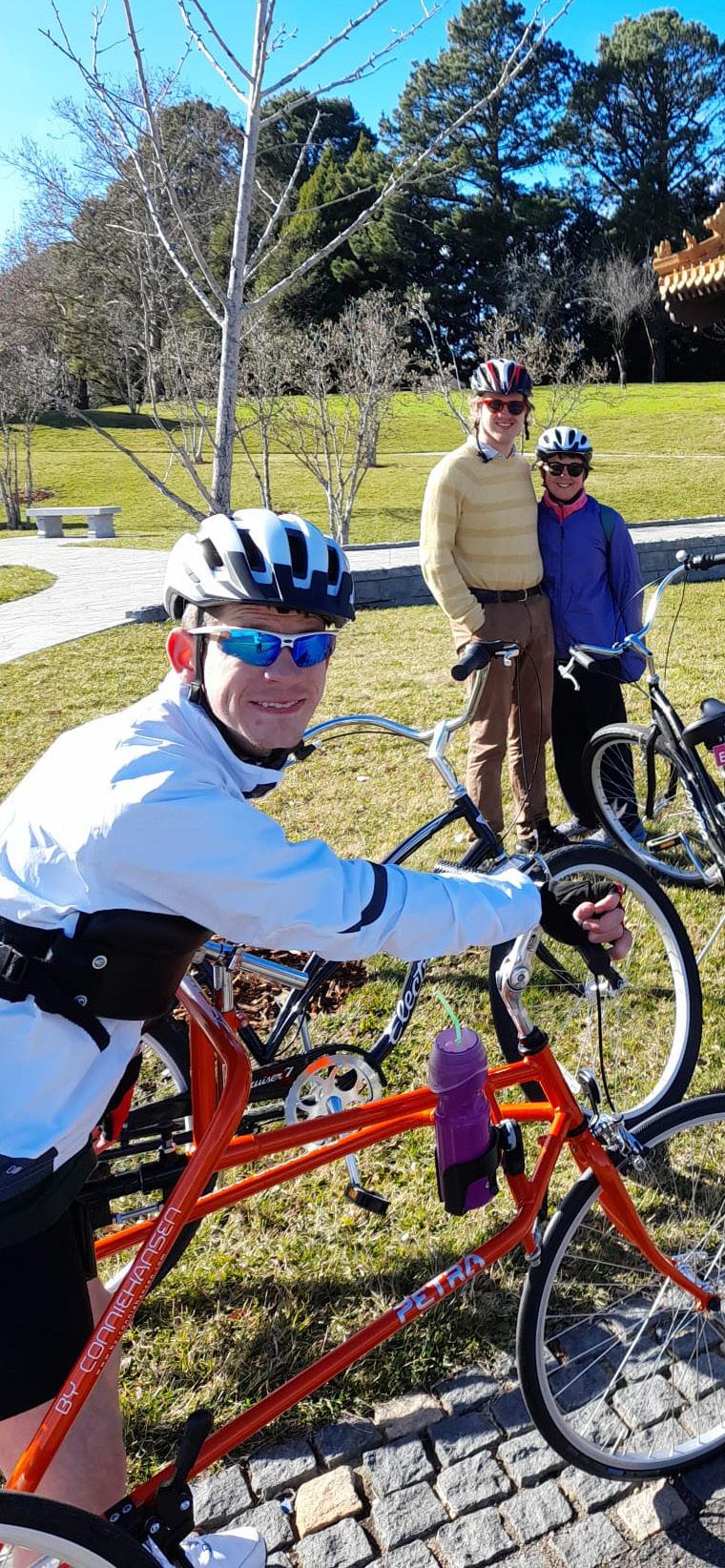
chat with them… Natural chit-chat,” Andrew shares. It’s part support crew, part friendship, and entirely life-changing.
If there’s one piece of equipment that’s really transformed Andrew’s life, it’s his Petra by Connie Hansen framerunner. For those new to the concept, framerunning (also called racerunning) is a growing sport designed for people with mobility or balance
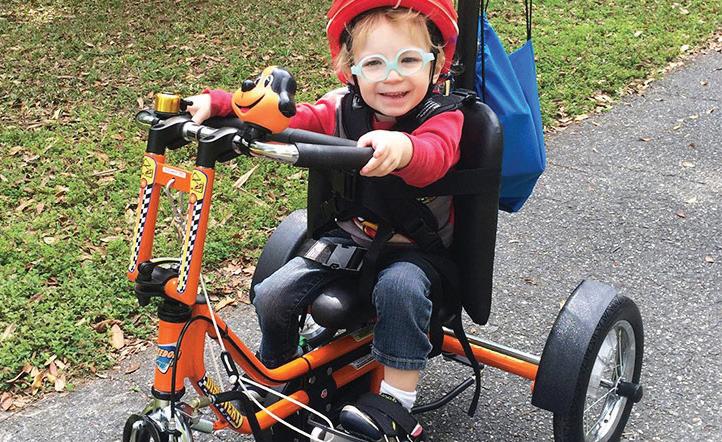


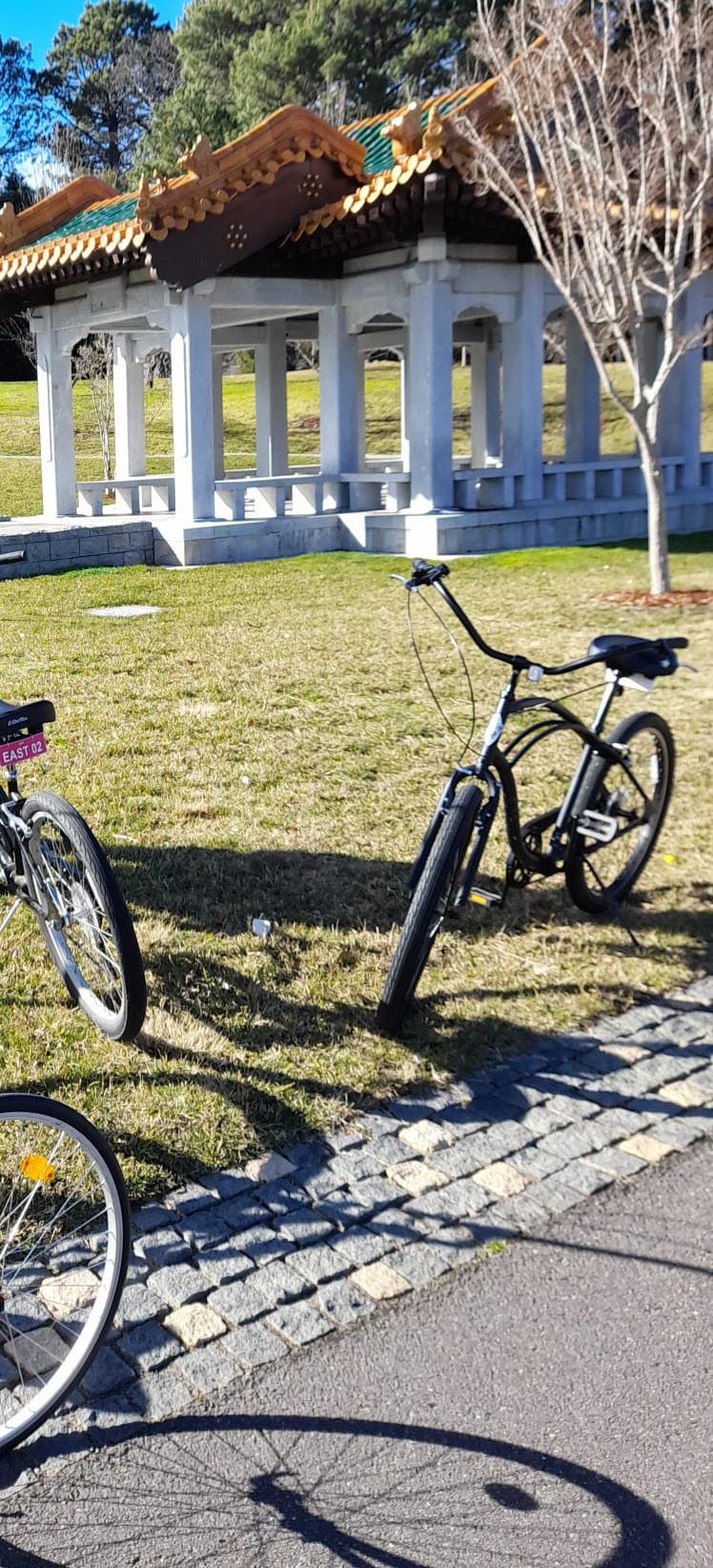


challenges. It started back in 1991 and has grown throughout the world, becoming very popular in Australia. Using a three-wheeled, lightweight frame without traditional pedals, the runner is supported by a saddle and handlebars, propelling themselves with their feet, often for the very first time.
For Andrew, trying out a framerunner was nothing short of a revelation. “I felt that for the first time I could really run fast without worrying about falling over,” he says.


in 2018, Dejay has played a leading role in making the sport accessible for more families. Their Frame Running Resource Centre (dejay.com.au/frame-running) offers advice, trial opportunities, and support for anyone keen to give framerunning a go.
More than just a sport, framerunning is also a highly effective therapy tool, helping children through to adults build strength, coordination and confidence to move more independently.
The Dejay team is often found at fun runs, “come and try” days, and sporting events, not just handing out equipment but cheering, coaching, and celebrating every runner’s progress. Working alongside athletes like Andrew, Dejay continues to break down barriers and open up new possibilities for kids and teens with disabilities.

With his framerunner, Andrew can join community fun runs, take part in events around Sydney, and show the world what’s possible when disability doesn’t mean sitting things out.
“When I go on fun runs together with the Dejay team, I don’t feel like I’m running with a “work team” – I feel like I’m running with a genuine group of people who share the same love of running as me!”
Now Andrew isn’t just a participant; he’s become an ambassador for framerunning in Australia, inspiring other kids and young people to try the sport and experience its benefits for themselves.
Since introducing framerunning to Australia with the launch of the Petra
Framerunning is not only about speed or competition. With every race, Andrew is helping to shift perceptions and show what’s possible when barriers come down. He’s found his stride on and off the track, encouraging others to have a go, reminding families that sometimes all you need is the right support and a little push to join in.
“I enjoy getting out and running in community fun runs, enjoying the vibe and showing the community what people with disabilities can do,” says Andrew.
And that’s really the heart of it, for Andrew and for the team at Dejay. Together, they’re building a more inclusive, active future.
By Katherine Granich
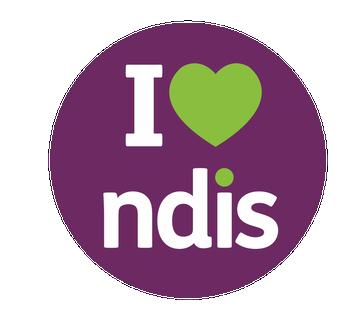




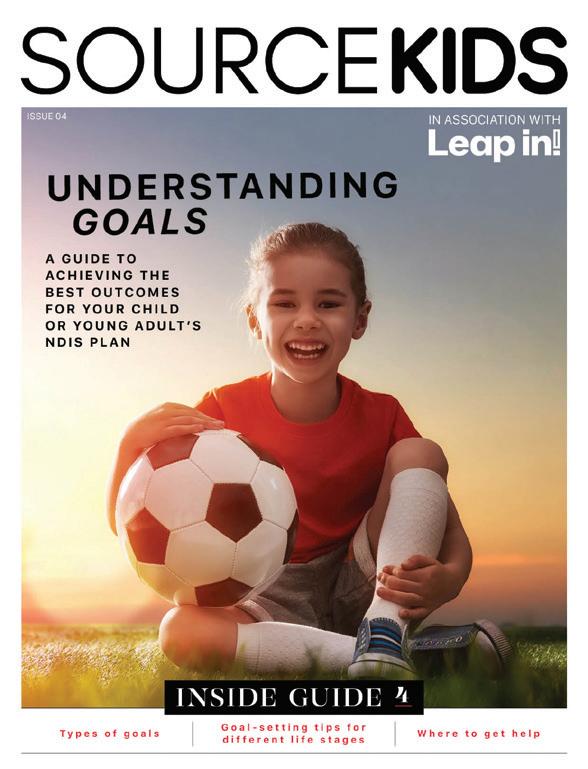




RTD – Rehab Technology Distributors is a family-owned Australian business supplying high-quality rehabilitation and mobility equipment across Australia and New Zealand. We partner with leading global brands to deliver innovative, reliable assistive technology through our trusted dealer network. Working closely with healthcare professionals, we’re committed to empowering independence, participation, and improved quality of life.


EasyStand Zing
A versatile early intervention stander offering supine, prone, upright, and abduction support for comfortable, functional long-term use.
EasyStand Zing Portable
Lightweight, foldable early intervention stander supporting supine, and prone positions offering 150 abduction positions. Compact, portable, and adaptable, it grows with the child’s postural and therapeutic needs.
EasyStand Bantam
This stander combines sit to stand and supine positioning, allowing for smooth transitions and unmatched support for children who need multiple positioning options.

Standing strengthens bones, muscles, and circulation. It reduces swelling, scoliosis progression, and pressure sores, while supporting digestion, kidney, and bladder function. Standing also improves flexibility, endurance, and overall health—helping wheelchair users maintain strength, mobility, and quality of life.

EasyStand Evolv
The preferred choice for teens and adults, the evolv offers precise positioning, easy transfers and modular adjustability- built for comfort, safety and long term use. Also available in mobile and glider configurations.
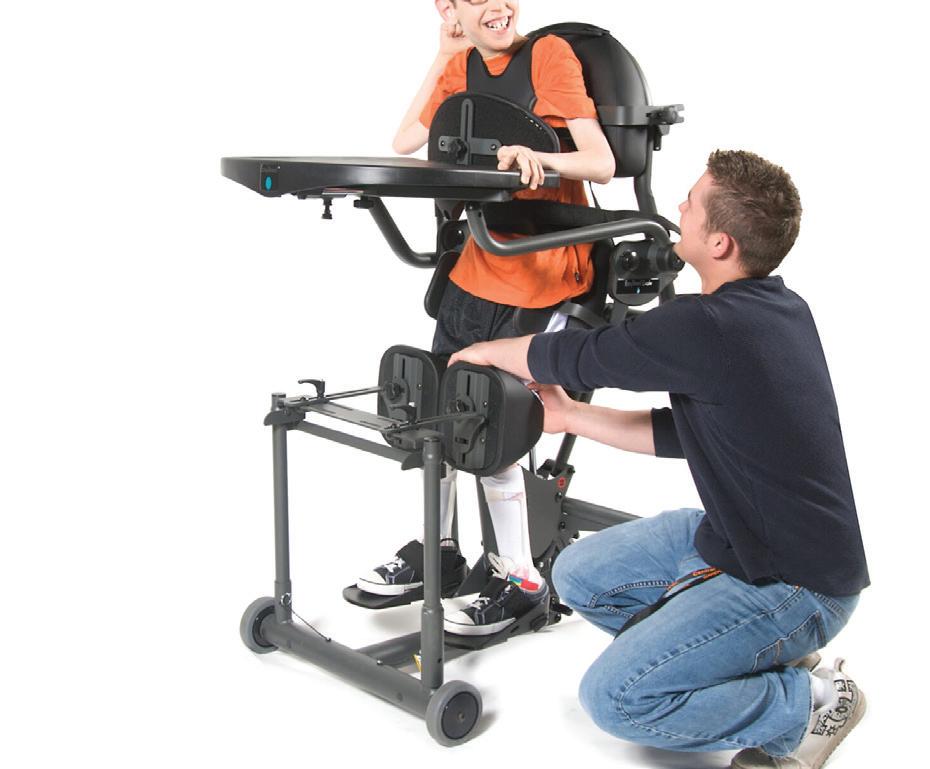
Distributed across Australia and New Zealand exclusively by RTD- your trusted partner in innovation assistive technology.
For many young people with disability, finding meaningful, flexible work can be a challenge. Traditional employment pathways don’t always fit well
– whether because of access barriers, rigid schedules, or roles that focus too much on what a person can’t do, rather than what they can. That’s where microenterprises come in.
Amicroenterprise – sometimes called a microbusiness – is a small, low-cost business that’s typically owned and run by one person. It’s a way to turn someone’s strengths, interests and passions into real, paid work. And because it’s self-directed, it can offer far more control over what kind of work is done, when, where, and how often.
A recent Australian study showed that microbusiness owners with disability had very positive outcomes. They included:
• a sense of purpose
• looking forward to the future
• contributing to the community
• increased self-esteem
• better quality of life
• larger social network
• a job with a secure income
• creating employment for others.
There are many examples of different kinds of microenterprises, some ideas include:
• art and craft: handmade jewellery,

custom art commissions, greeting cards
• gardening
• personalised gifts: customised clothing or mugs, name plates or labels, engraving items
• virtual assistant services: social media management, data entry, online research
• home-based retail: reselling vintage or thrifted items, curated gift-boxes, homemade soaps or candles
• food-based businesses: baked goods or snacks, meal prep services, grazing boxes There are a number of resources online to help you learn more about microenterprises - for example, take a look at Good Company Disability Supports who have a useful free handbook to
download at - goodcompanyds.com.au/ what-we-do/micro-enterprise
Note that, while a microenterprise can be a great idea, there are extra responsibilities if you run your own business that don’t exist for an employee. People often have help from family, friends and the community to run their business. The NDIS can also support you to set up and run your microenterprise using funding in your plan. This could include support for you to:
• think about your interests, skills and qualities
• explore business ideas
• develop business skills

• set up and run your business.
Skills could be about creating a product or service, or running the microenterprise. For example, marketing, social media, customer relations and other business skills. NDIS support can also cover ongoing help that you might need with your business.
For NDIS participants, getting support to set up a microenterprise works the same way as for support for other kinds of NDIS employment supports. To get NDIS support for a microenterprise, you need to have both long-term and short-term employment goals in your NDIS plan that relate to having a job, having your own business or being self-employed.
Harnessing strengths: Traditional employment often focuses on what a person cannot do. Microenterprises flip this perspective, focusing on what a person can do –and excel at.
Flexible structures: A young adult with chronic fatigue might struggle to maintain a rigid 9-to-5 schedule. But in their own business, they can work during peak energy times.
Inclusive success: Microenterprises don’t just benefit the individual – they can also promote community inclusion. Selling handmade jewellery or running a local service often brings people together, fostering understanding and acceptance.

You can find out more about getting ready for work and the supports available within the NDIS in the ‘Let’s talk about work’ booklet on the NDIS website - ndis.gov.au
1. Identify interests and strengths: Is your child a budding artist? Do they have a knack for organising? Brainstorm their passions and talents.
2. Conduct market research: Explore the demand for their chosen product or service. This might involve visiting local markets, connecting with online communities, or simply asking friends and family for feedback.
3. Build a support team: A successful microenterprise often relies on a circle of supporters—family, friends, mentors, or support workers.
4. Develop a business plan: This doesn’t need to be overly complex but should outline goals, target customers, pricing, and logistics.
5. Start small: Begin on a manageable scale. For example, if selling baked goods, start with a stall at a school event before expanding to local markets.
6. Utilise technology: Online platforms like Etsy, social media, or local community groups are powerful tools for reaching wider audiences and building networks.
A microenterprise is not just a way to earn money; it's an opportunity to grow skills, express individuality, and engage meaningfully with the world. For a young person with a disability, it offers the freedom to work on their own terms while building a fulfilling career. With the right support and resources, it can be an empowering and life-changing venture.









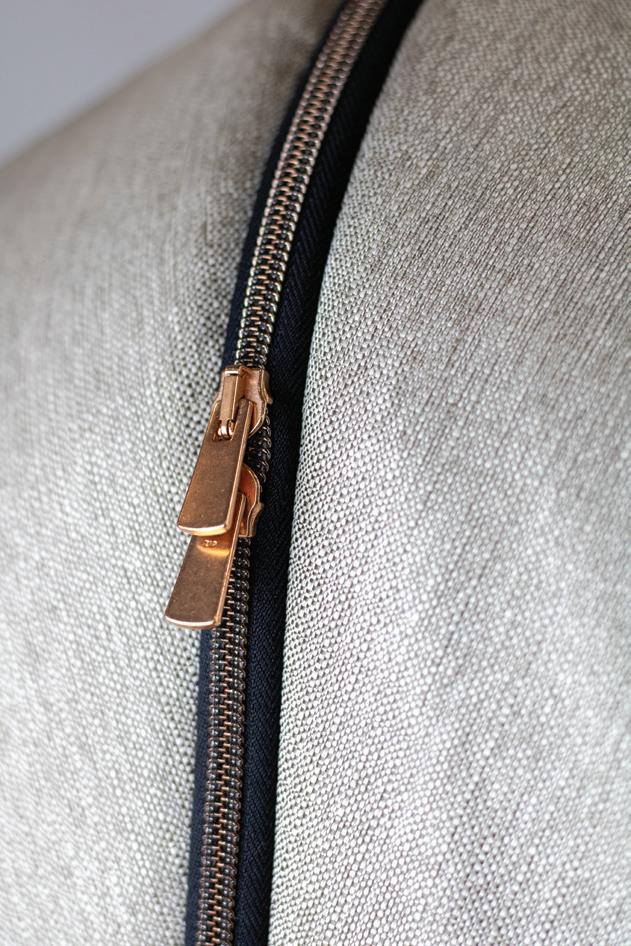
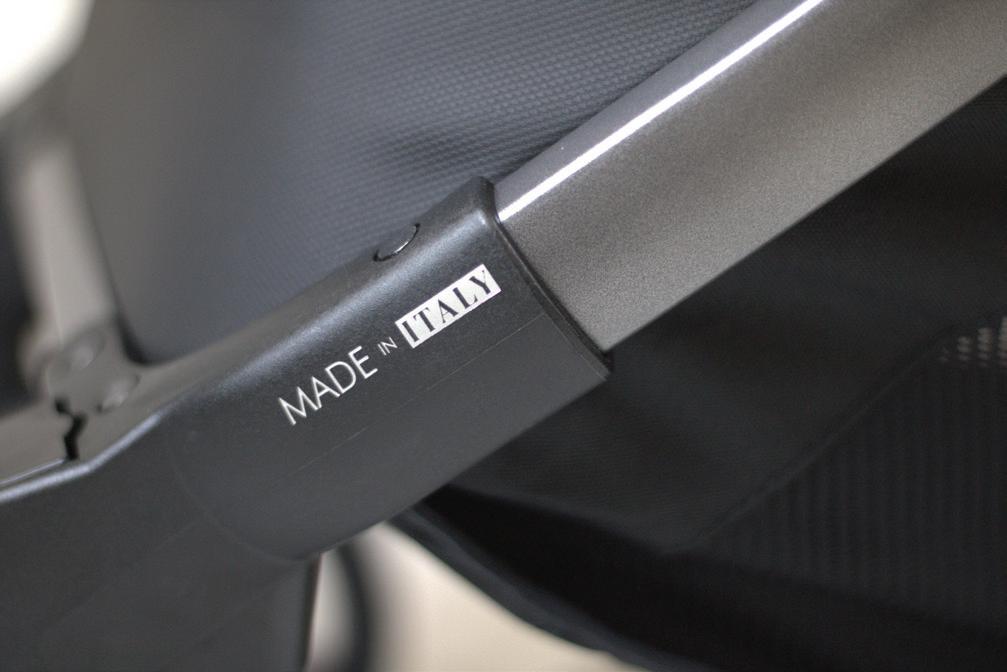






When we share our lives online, where do our stories end and our children’s begin? Monique Power explores the delicate ethics of parenting, posting, and consent.
When we step into the role of full-time parent carer, we don’t just walk in our children’s shoes, we often forget to take off our own. Advocacy, caregiving, and parenting blend into one lived experience, so closely intertwined with our child’s, that our stories become difficult to separate from theirs. Their footprints become inextricably blended with our own. In the digital age, that blurring can spill into our social feeds... and can stay there forever.


This article isn’t a lecture. It’s not about shaming parents for posting heartfelt stories or honest moments about life with their children. I’m guilty myself of oversharing my daughter’s highs and lows in public forums. Many of us share from a place of love: to connect, to educate, to find solidarity in our communities. Our kids inspire others. They teach resilience. Their stories can break down stigma and build empathy. That matters.
But there’s also a line and it’s not always easy to see until it’s already been crossed.
Parents post for many reasons. Sometimes it’s to celebrate a small win. Other times, it’s to navigate grief, confusion, or isolation. There’s comfort in finding people who understand the unique challenges and joys of parenting a child with disability. That kind of visibility can be powerfulespecially when so many families still feel unseen.
But good intentions don’t always protect us, or our kids, from unintended harm. And online, harm can last a very long time.
Think about a moment you shared online that involved your child: maybe a meltdown, a difficult hospital stay, or a behavioural challenge that left you emotionally raw. These are real parts of your parenting journey, your footprint. But when shared publicly, especially with graphic details or identifiable images, they become part of your child’s digital footprint too. And that footprint doesn’t fade.
served someone else’s emotional needs.
Their stories can break down stigma and build empathy. That matters. But there’s also a line.
Then there are children who may never fully understand the concept of digital permanence. They may require lifelong support and communication assistance. But that doesn’t mean their rights are diminished. On the contrary, it makes them even more vulnerable to having their identity shaped by others. In these cases, supported decision making becomes key. As carers, we must interpret consent by tuning into discomfort, watching for non-verbal cues, and asking: “If my child could fully grasp this, would they be okay with it? Am I acting in their best interest... or just mine?”
Instead of relying on “intuition” alone, which can be blurry at best, in the face of emotionally confronting episodes; consider this simple tool the next time you’re about to post something personal.
S ➜ Story: Whose story is this? Am I centring my own experience, or my child’s?
H ➜ Harm vs Help: Could this post unintentionally cause embarrassment, stigma, or emotional harm to my child later in life?
A ➜ Audience: Who will see this? And how might they use it?
R ➜ Rights: Have I honoured my child’s dignity and, where possible, their autonomy and control over their own story?
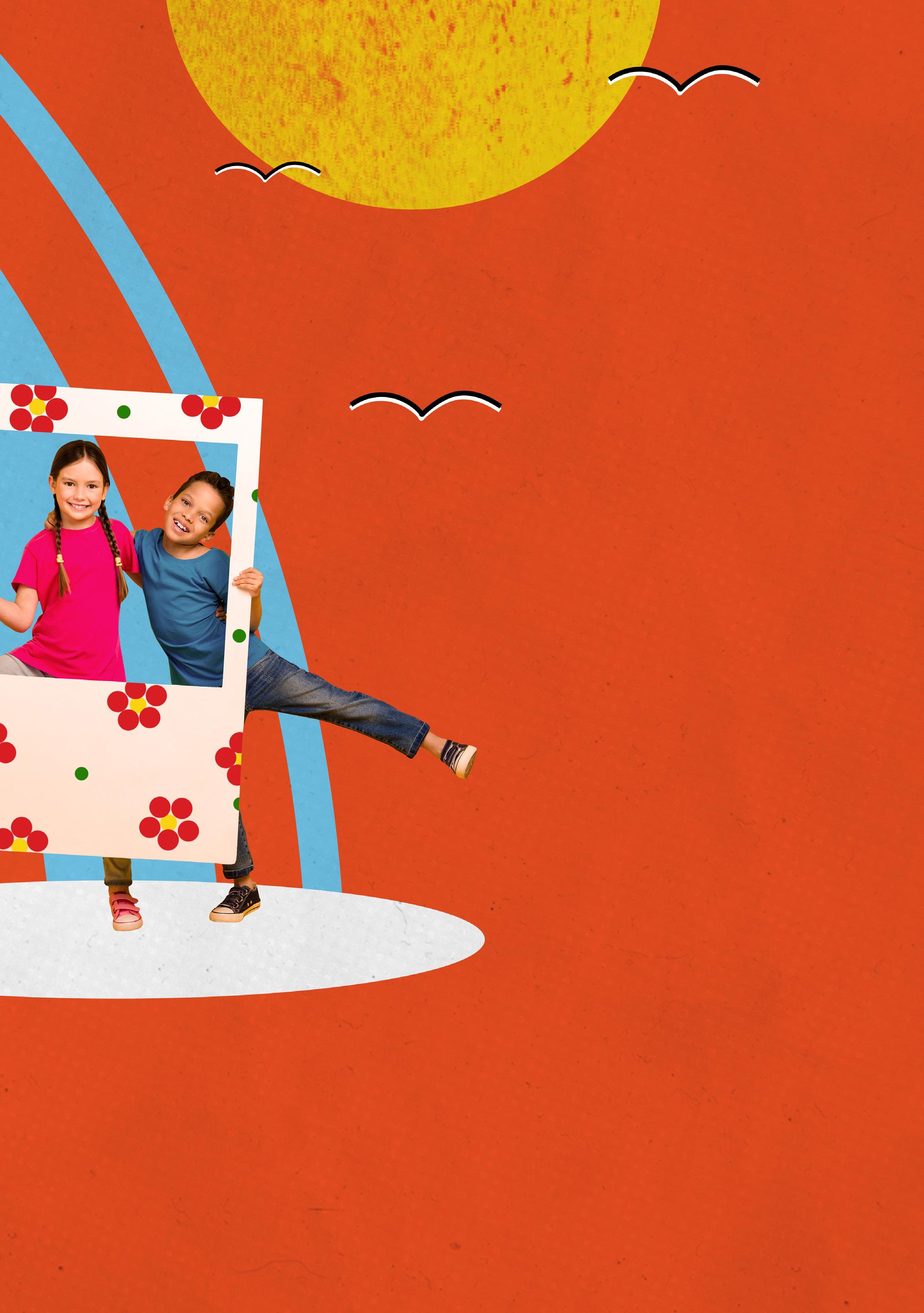
We don’t yet know the full psychological impact of growing up with a searchable history written by someone else. But we do know this: children eventually become adults, and some grow up feeling exposed, even betrayed, by the content that once

E ➜ Elsewhere: Would this be better shared somewhere else? For example, in a private group, a journal, or a one-on-one conversation? Should that sharing take place online, or in person? And should it be written or spoken?

I want to reiterate, the goal here isn’t to stop sharing. Sharing is a hugely important part of empowering our community and making our voices heard. My point is, as parents, we need to be aware of whose shoes we’re wearing when we share –whose footprints we are leaving. We need to walk and share with care – in ways that don’t reduce our children to clickbait or cautionary tales.
• Using age-appropriate or symbolic language
• Avoiding graphic medical imagery
• Blurring identifying features in photos
• Asking your child for input, if possible
• Posting in private or closed communities
• Describing challenges in ways that focus on your feelings, not their vulnerabilities And stay aware: scams exist. Predatory GoFundMe campaigns have been caught using real children’s images and stories without consent, all taken from wellmeaning social posts.
As parent carers, we often hold the keys to our children’s stories. But holding them doesn’t mean owning them. Sometimes, the most loving thing we can do is pause before we post... and remember that being a storykeeper comes with responsibility.
It’s okay to want connection. It’s okay to feel proud. It’s okay to want to be seen. But our children’s dignity should never be the price of our visibility.
By Monique Power
RippleAbility is a paediatric specific disability provider, helping families navigate complex systems of support and build their capacity to advocate for appropriate supports and services for their child. rippleability.org
Email: monique@rippleability.org
It started as a family business – and that care is still at our core. GTK has been supporting families and paediatric therapists for over 30 years. And while we’ve grown, we’ve never lost that personal touch.
We work alongside therapists to match the right assistive technology to each child’s goals and environments – not just for today, but for what’s next.
That includes supporting wheeled mobility, alternate (leisure) seating, standing, walking, bathing and sleeping – because when a child needs support in one area, they often need it across the whole day. We take a 24-hour positioning approach to ensure comfort, participation and safety, around the clock.
From complex seating and mobility to bathroom, classroom and play solutions.
Our team spreads across 5 locations covering QLD, NSW and Victoria. We are ready to bring genuine clinical know-how to support opportunities that allow our kids to create special memories.


Find the perfect fit for your child’s journey with GTK’s expertise in paediatric mobility, helping you find the right assistive technology solution to support their independence.
Get local support from a team who knows their stuff – and truly cares


RIFTON MOBILE STANDER
Standing frames that grow with your child—encouraging independence, confidence, connection and freedom.

A standing powerchair that combines cutting-edge technology and a nimble mid-wheel drive for superior mobility and comfort.

Lightweight, adjustable, and built to grow with your child, so they can keep chasing their goals every day.
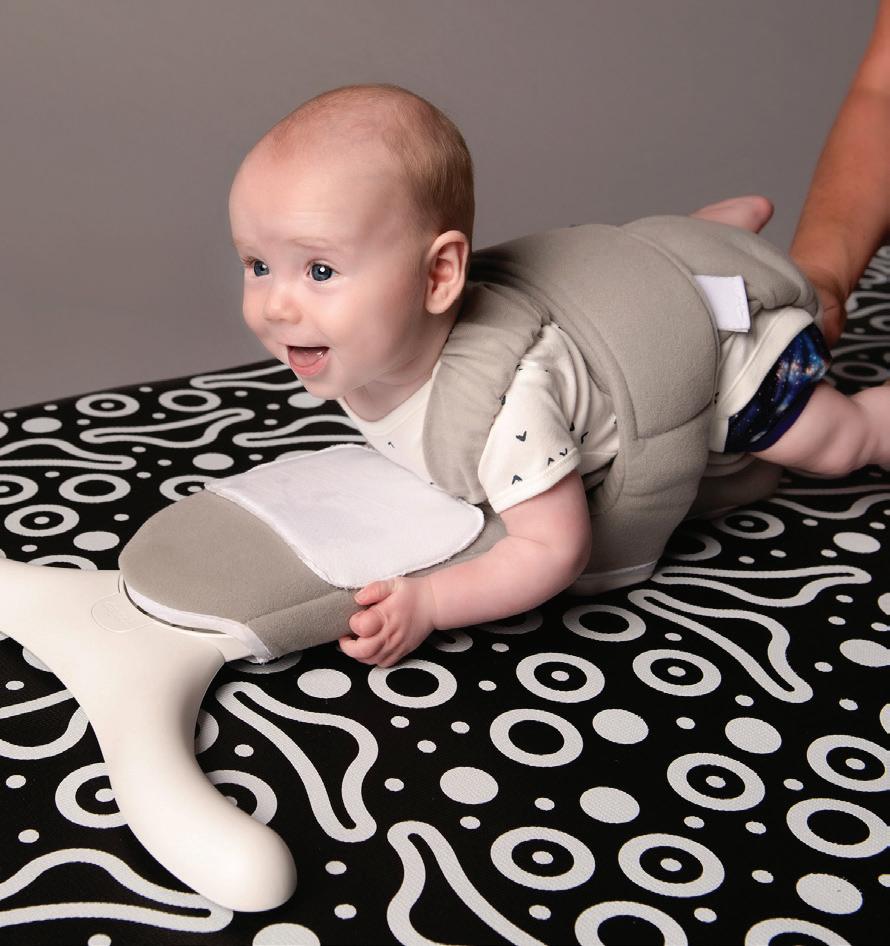
An early intervention crawling aid co-created with therapists to support independent movement and foundational motor skills.

Playgrounds have long been a cherished part of childhood, offering more than just fun - they provide essential opportunities for development, exploration, and connection. In a world increasingly filled with screens and indoor entertainment, outdoor park play remains a vital component of healthy childhood development.

While digital devices can be convenient tools for keeping children engaged, especially during busy times, it’s important not to overlook the unique benefits of outdoor play. Visiting the park may require a little extra time and planning, but the rewards are well worth the effort.
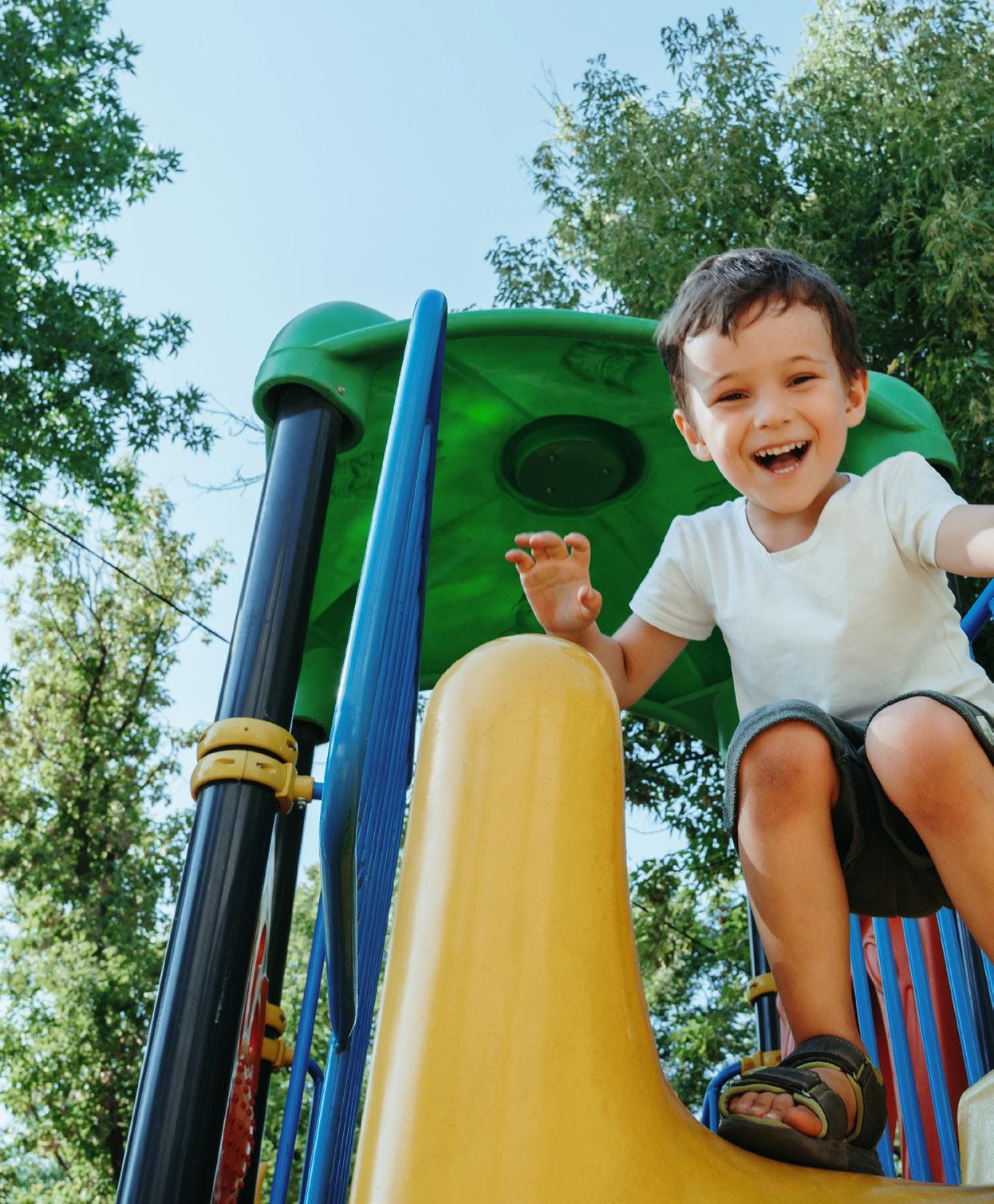
In addition, certain playground features – such as sandpits, forts, or climbing structures - can inspire imaginative play, encouraging creativity and storytelling as children explore and create their own worlds together.
Parks provide a natural setting for children to engage with others, offering valuable opportunities for social development. Whether playing side by side or actively interacting, children often form connections with peers through shared play experiences. These interactions support the development of important social skills such as turn-taking, sharing, cooperation, and understanding others' needs.
Using playground equipment plays a vital role in the development of gross motor skills. Gross motor skills are movements which involve large muscles of the body for example, running, jumping, hoping and climbing. When children play in the playground, they experience opportunities to strengthen muscles and improve coordination and motor planning. Equipment such as ladders, monkey bars and climbing frames can support muscle strengthening and body awareness which are crucial for laying the foundations for more complex motor skills and physical activity such as swimming and sport.
The exploration of different environments, including parks and playgrounds, provides children with a diverse range of sensory experiences. When playing in these
environments, children engage in activities that provide a range of unique sensory experiences, supporting the development of their sensory processing skills. From climbing and swinging to digging in the sand or running across uneven ground, these varied activities activate multiple sensory systems - proprioceptive, vestibular, tactile, visual, and auditory – all at once. This kind of multisensory input helps children learn how to process, organise, and respond to sensory information more effectively.
Playgrounds and parks offer children valuable opportunities to support regulation, helping them manage their energy levels and emotional state. Engaging in different types of play allows children to either increase or decrease their level of arousal depending on what their body needs. For example, swinging high into the air or spinning quickly on a merry-goround can provide intense sensory input that helps some children release excess energy or “let off steam.” In contrast, slower, more controlled activities like climbing can support calming and focus.

Through these experiences, children begin to learn what kinds of movement and sensations help them feel “just right” - what energises them, what calms them, and what helps them stay focused. This growing awareness is an important part of developing self-regulation skills that support participation in daily routines, learning, and social engagement.
Exploring and navigating new and challenging environments promotes the develop of numerous cognitive skills, including planning, problem solving, safety awareness, impulse control and flexible thinking. As children assess risks, decide how to approach challenges or obstacle, or adapt their actions when something doesn’t go as planned, they are actively learning and developing their executive functioning skills. For example; working out how to climb a particular structure, negotiating turn taking with other children or assessing


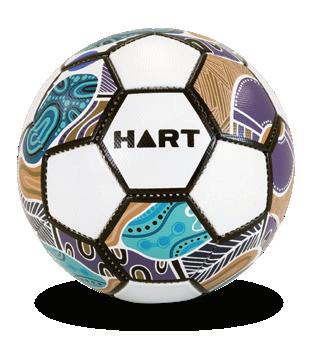
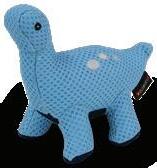
if the equipment is too high to jump off promotes children to stop, plan and make choices. Being unsuccessful in these endeavours also teaches children resilience, whilst success promotes self-confidence and determination.
Playgrounds and parks provide a fun, dynamic and engaging environment for children to explore and develop a diverse range of skills. These spaces naturally encourage movement, creativity, social interaction and hands on learning opportunities. To find parks and playgrounds near you, visit: playgroundfinder.com
Children is a specialist team of occupational therapists in Sydney’s Frenchs Forrest dedicated to helping children thrive, offering one on one supports, as well as parent workshops and teacher training sessions. occupationaltherapy.com.au
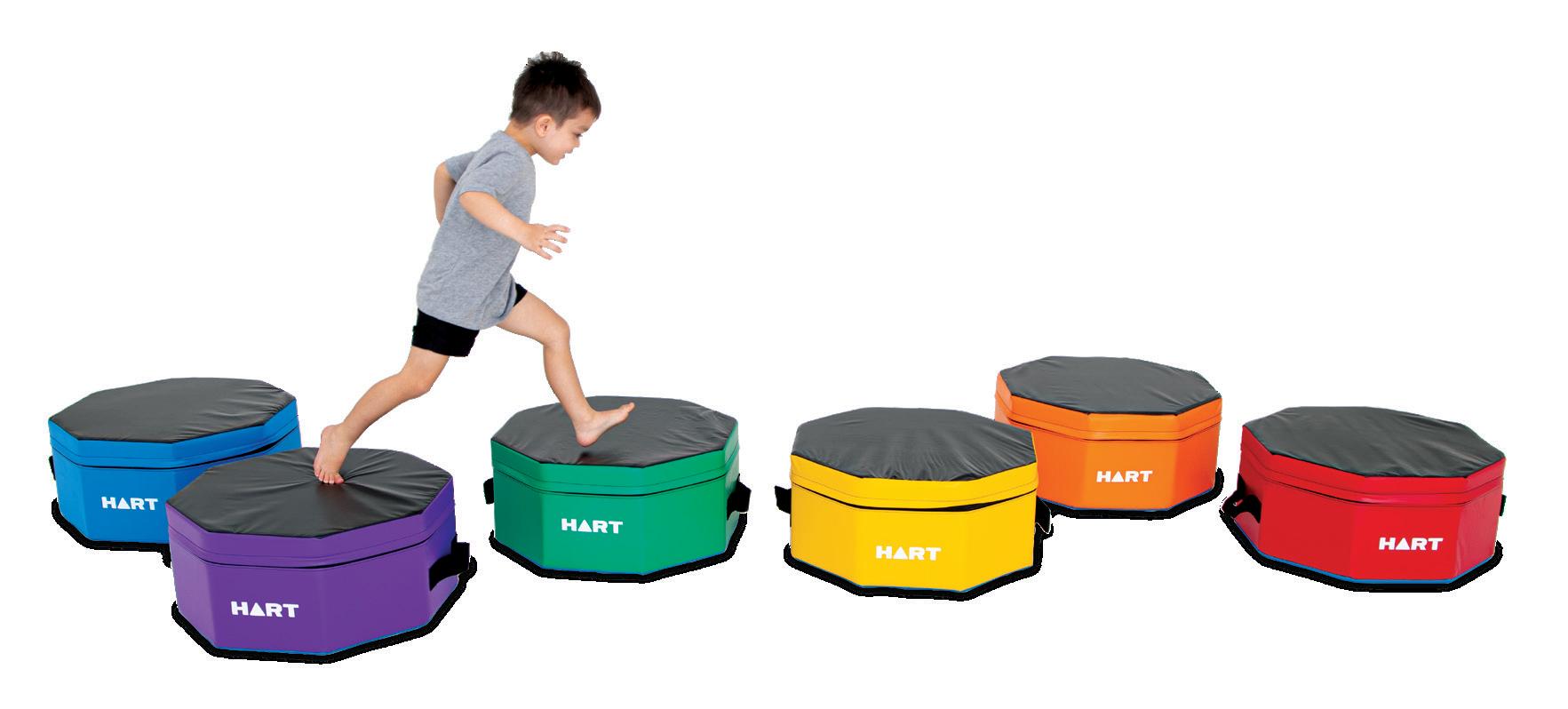

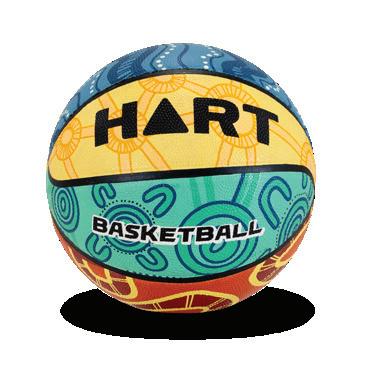

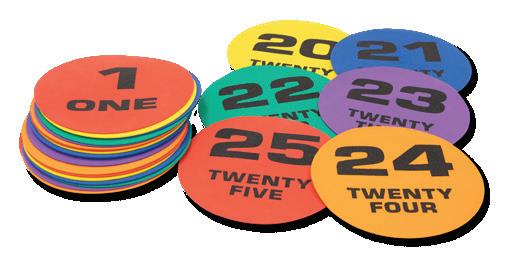
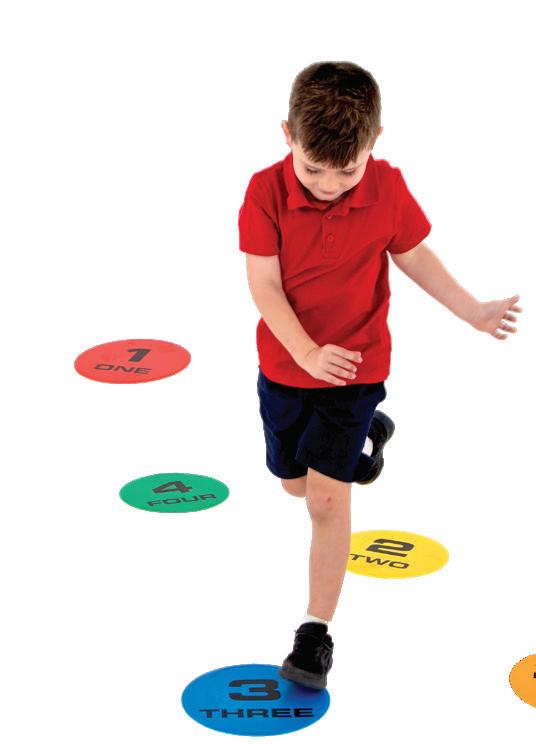
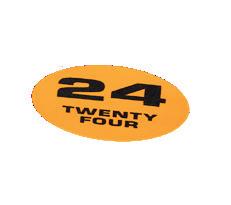

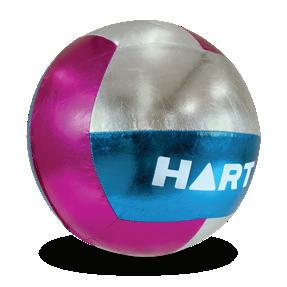
As the weather warms up and spring draws us outdoors again, it’s the perfect time to look at how our kids can move, play and build strength – and the park is a great place to start.
For children with physical disabilities, one of the most valuable (and often overlooked) pieces of playground equipment is the monkey bars. More than just a fun challenge, monkey bars help support a wide range of developmental skills –especially upper body and core strength.
Muscle strengthening is a key part of healthy development for all children, including those with physical disabilities. It supports mobility, joint stability, endurance and the ability to manage everyday tasks more independently. According to the Australian Physical Activity and Sedentary Behaviour Guidelines, children and young people aged 5 to 17 should take part in musclestrengthening activities at least three times a week. This recommendation still applies for children with disabilities, though the type, intensity and frequency may need to be adjusted to suit each child’s needs (your child’s therapist can help guide you on what’s appropriate).
The good news? Strengthening doesn’t have to look like structured exercise. Play-based movement – like climbing, hanging and swinging on monkey bars – is one of the most
natural, motivating and enjoyable ways for kids to build strength while having fun.
Using monkey bars means engaging big muscle groups in the arms, shoulders, chest and core. Whether a child is simply hanging from one bar or pulling themselves across a few, they’re building strength with every attempt. That strength translates into real-world gains – things like pushing a wheelchair more easily, sitting with better posture, transferring in and out of equipment, or managing longer distances without fatigue.
The benefits of monkey bars don’t stop at muscles. They also provide excellent sensory input, especially for the proprioceptive and vestibular systems (which help with body awareness and balance). Hanging, swinging and shifting weight give the brain valuable information about where the body is in space and how it’s moving. This sensory input can help kids feel more stable, grounded and confident in how they move.



Monkey bars also support visual-motor skills. Kids need to spot the next bar, reach out, and adjust their grip – all of which strengthens hand-eye coordination. That’s the kind of skill that flows into everyday tasks, from handwriting and selfcare to sports and using tech devices.
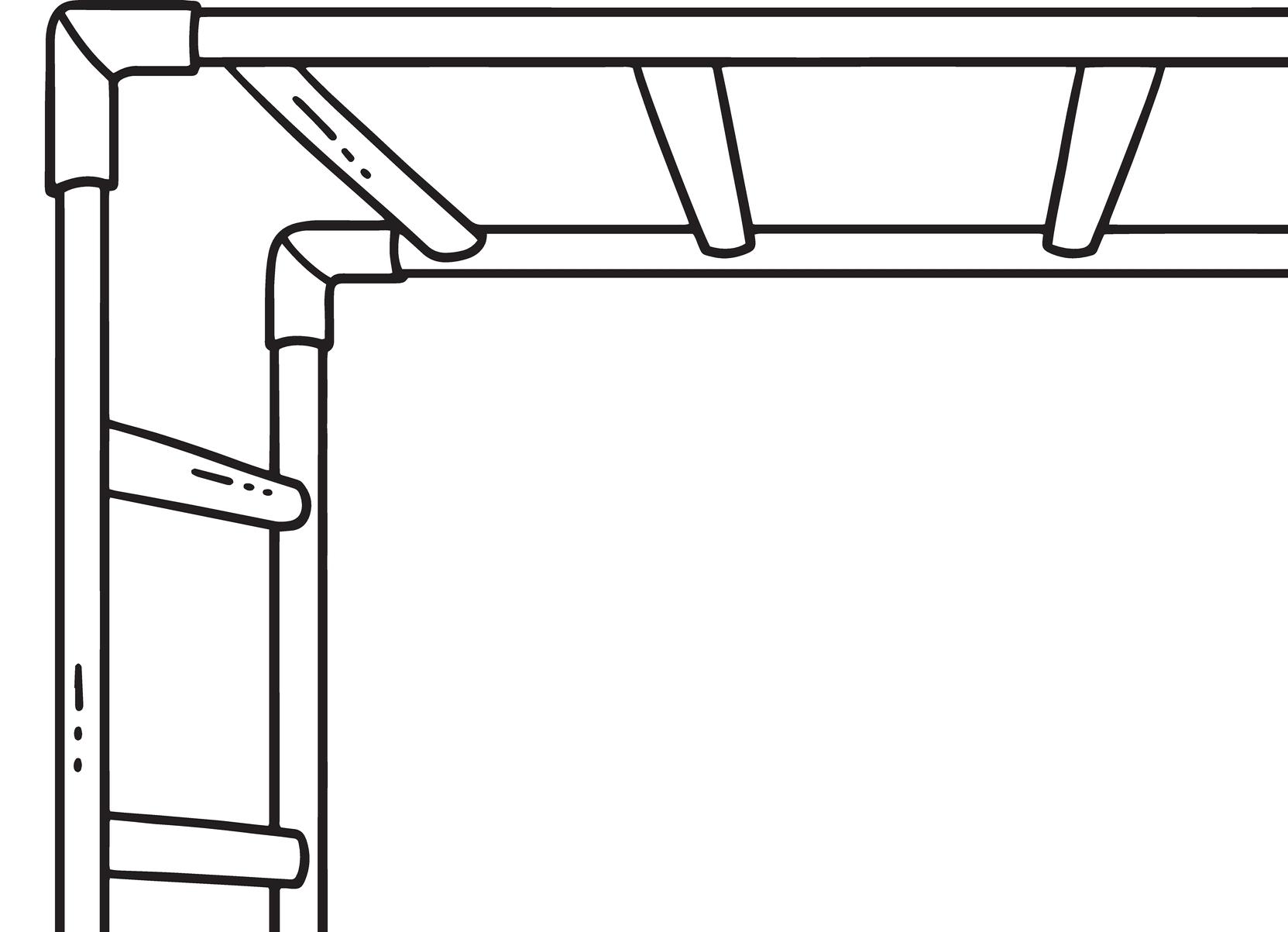
Each attempt on the monkey bars involves thinking ahead. Which bar comes next? Where should I shift my weight? What happens if I miss? These small decisions help build motor planning and problem-solving skills, both of which are essential for independence. That kind of learning is hard to replicate in structured settings – it happens best through trial, error and play.
There’s something powerful about conquering monkey bars, whether it’s reaching one new bar or swinging across the whole frame. It’s a challenge that builds not just strength, but confidence too. For children with physical disabilities, those little moments of progress can feel huge – a reminder of what’s possible with time, support and persistence.

As always, supervision is important. Choose equipment that’s well maintained and set over a soft surface like rubber or sand. Start small, support your child physically or emotionally as needed, and let them explore at their own pace. Even just hanging from a bar for a few seconds can offer significant sensory and muscular benefits.
The goal isn’t to ‘finish’ the monkey bars – it’s to build skills and confidence, one movement at a time.






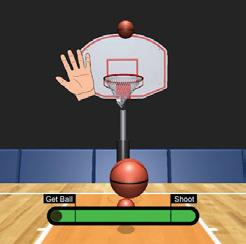



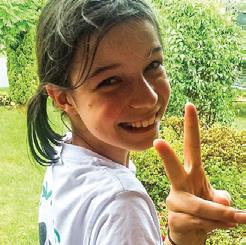
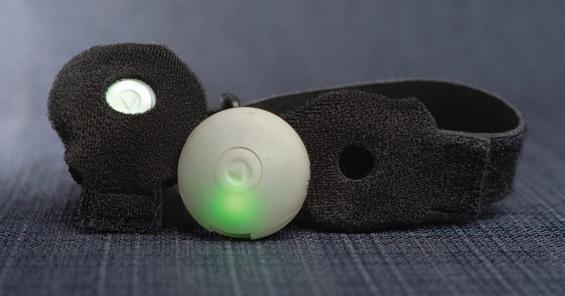
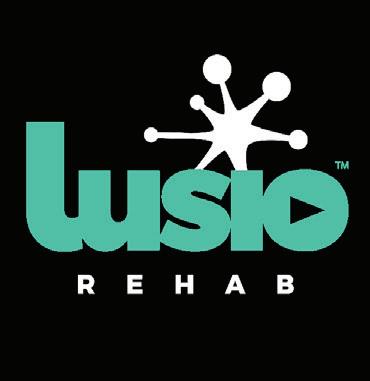


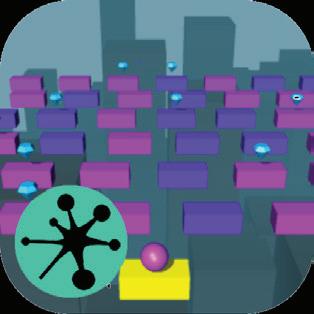

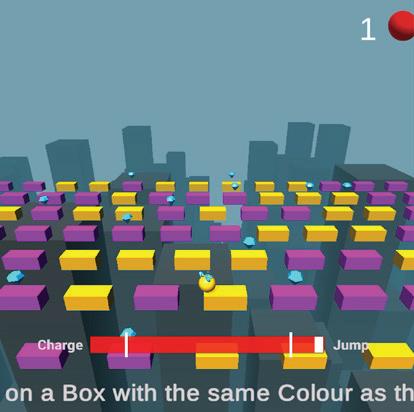
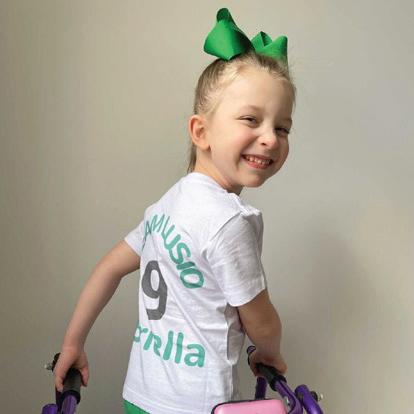











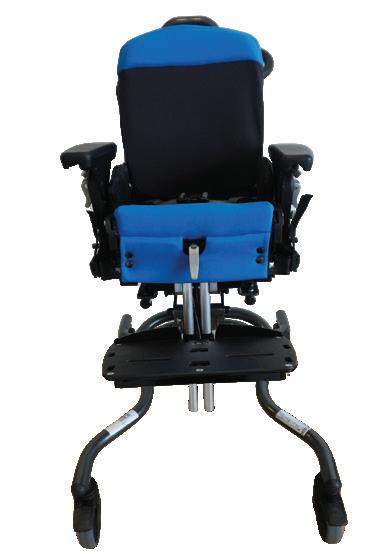

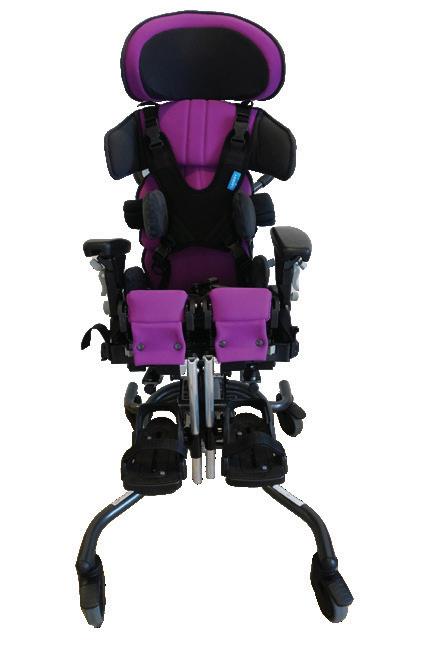

Our favourite outdoor gear for fun, fitness and skill building.
Children love a place to call their own special zone, a place to hide and let their imaginations soar. These teepees are made to withstand the rough and tumble of outdoor life. Guaranteed to never fade or rot, you can peg it to the lawn or leave it on the deck in the sun and it will still look great in years to come. RRP: $395 swingz.com.au

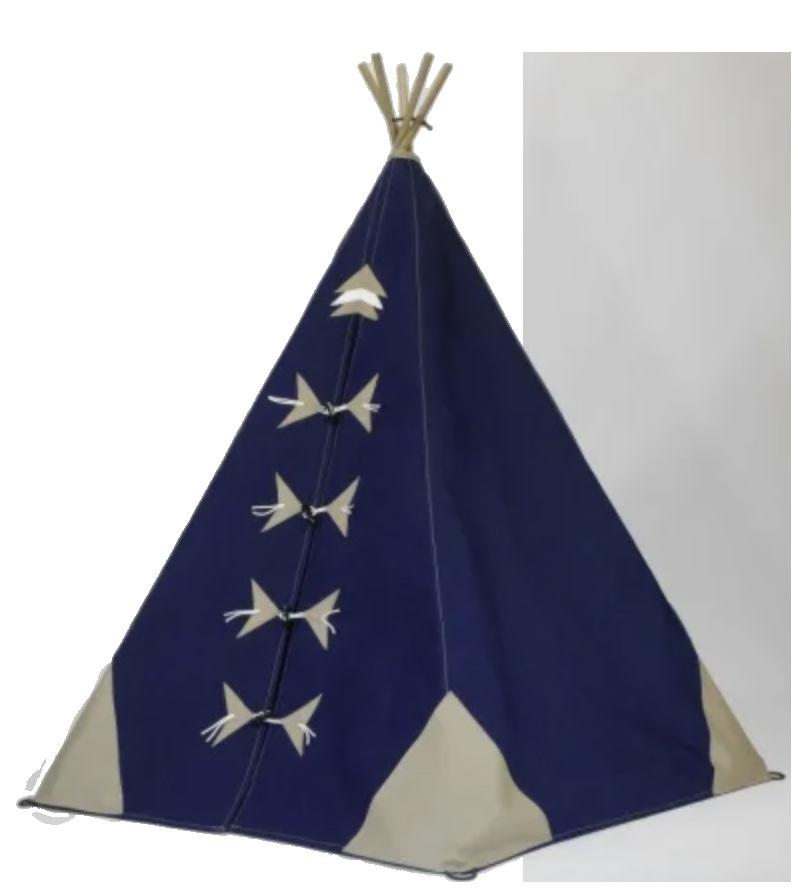
These Monkey Bar playsets are more than just fun - they help build strength, coordination, and confidence. Each frame is height-adjustable, growing with your children and keeping them active for years to come. Whether they’re swinging, climbing, or hanging upside down, monkey bar play equipment supports healthy development. Made from heavy-duty galvanised steel and load-tested up to 950kg, they’re strong enough for parents too – perfect for family fitness or ninja training. RRP: From $1,090 // growplaymonkeybars.com
The Rookie 24″ is Kidvelo’s largest 2-in-1 balance bike, designed to grow with your child like no other. It starts as a balance bike and easily converts to a pedal bike using the included pedal kit, no training wheels needed. With the same geometry in both modes, the transition from balancing to pedalling is smooth and fast, making learning to ride easier than ever – for kids of all abilities. RRP: $699 // kidvelobikes.com

Perfect for ninja training!
The Larktale is an amazing full-featured wagon with seating options for up to 4 children and a combined 90kg weight limit making it perfect for larger families or those with additional needs.
With its adaptable footwell, you can easily switch between a natural seating position and a flat base for hauling cargo, no tools required. The adjustable handlebar ensures comfort for caregivers of all heights, while the push or pull flexibility makes navigating any terrain a breeze. RRP: $1,299 // pragon.com.au

The Jennswing is a supportive swing seat designed for children with disabilities. Its semi-reclined shape offers full-body support, with a leg rest, armrests, and a secure, adjustable harness across the waist and shoulders. Easy to get in and out of, the Jennswing helps kids enjoy a safe and comfortable ride. The seat angle can be adjusted depending on the child’s needs by changing where it’s attached.
RRP: $1,795 // specialneedsplayequipment.com.au


The Frammock swing is the perfect mix of fun and therapy, designed to engage the vestibular and proprioceptive senses. It helps improve balance, coordination, and gross motor skills, while also supporting visual processing, body awareness, and visual tracking. Gentle swinging offers soothing input, while faster movements like spinning, rocking, and sudden stops provide more intense sensory stimulation. The open, see-through basket design lets users see the ground beneath them for added sensory feedback, and it’s ideal for interactive play – think catching, throwing, or target games while in motion. RRP: $1,090 // sensotec.com.au
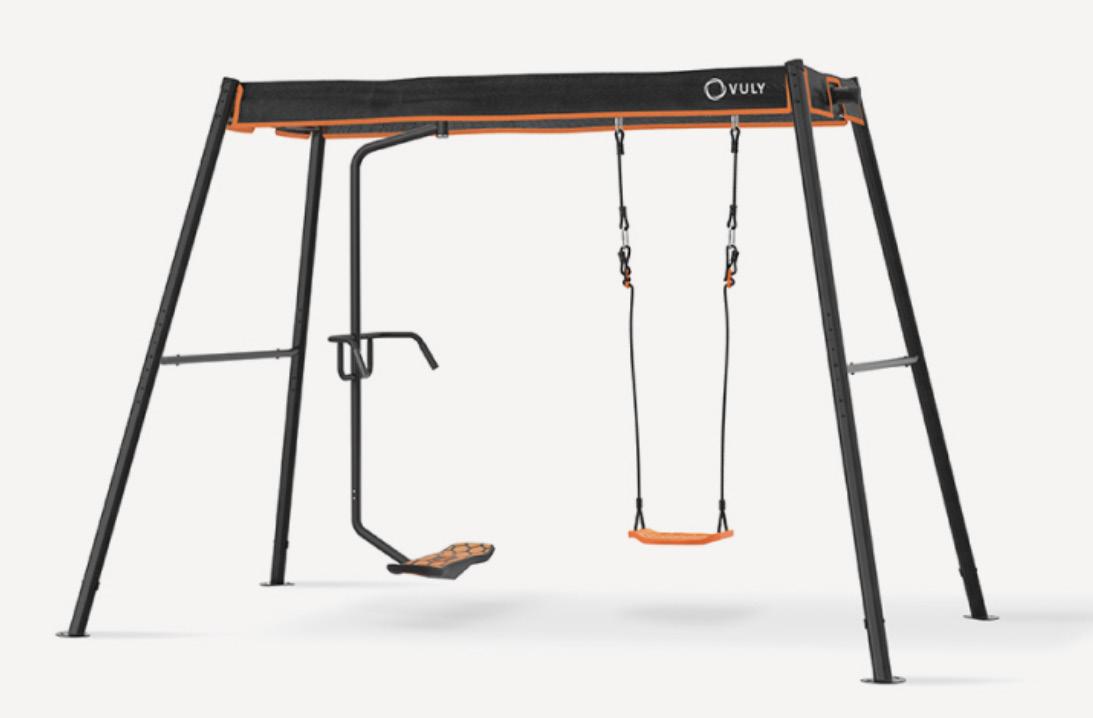
There’s no such thing as too much fun with Vuly swing sets and playsets. Their customisable swing sets are designed to last and grow with your family.
With endless combinations, the set can become whatever you make of it. Turning your backyard into your child’s kingdom – a great excuse to get kids off their screens and soaking up some vitamin D.
RRP: Various // vulyplay.com


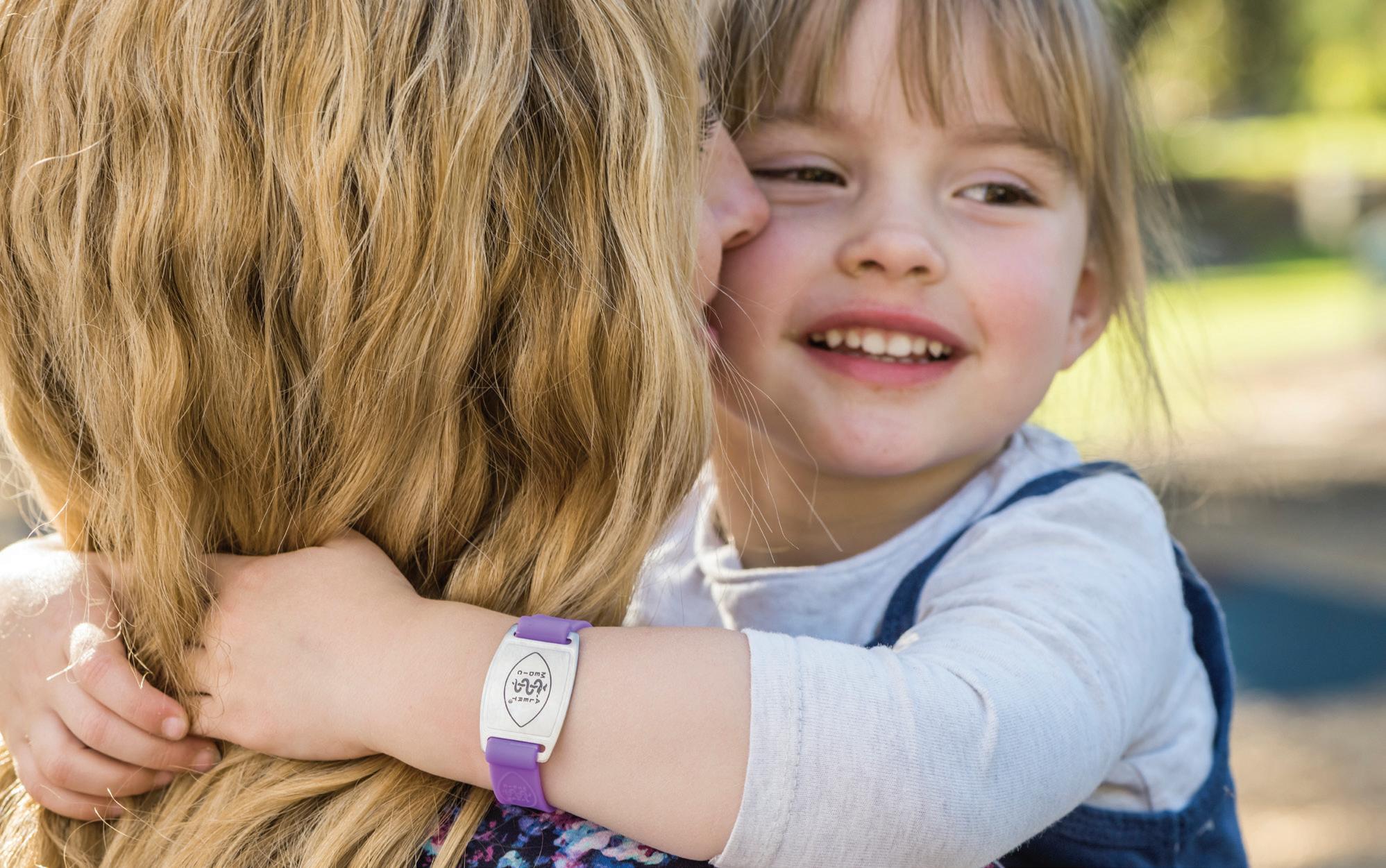


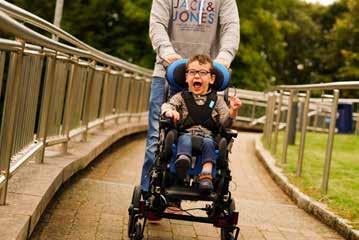

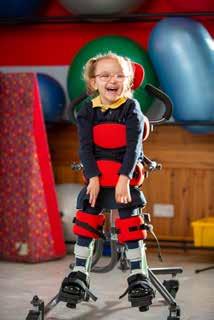







It’s more than a sport – it’s a place to belong.
Wheelchair basketball is giving disabled Australians a chance to compete, connect, and dream big, says Katherine Granich.
If you’ve never seen a wheelchair basketball game, you’re missing out on one of the most thrilling sporting events you’ll ever experience. The chairs move fast, the players are quick and clever, the ball is a blur you can hardly keep track of, and the crowd’s energy is electric. It’s fast, fierce, and full of heart, and for a lot of kids, it’s life-changing.
Nick Taylor knows this better than most people. At 18, while living in South Africa, Nick was in a car accident that left him with a spinal cord injury. He was supposed to be competing in the final of the U19 South African National Championships and going to university on a basketball scholarship; instead, he became paraplegic.
While he was in rehab, a group of wheelchair basketball players invited him to try the sport. “I thought, ‘Nah, this isn’t really for me.’ But they invited me to a game, so I went along and saw it live. After the game, we had a bit of a shoot around, and that’s when I thought, ‘Yeah, actually, I can see myself doing this,’” Nick recalls. It was hard going at first. “Controlling the chair, dribbling, and shooting – in a body that didn’t work the same way as it used to – didn’t feel like ‘real’ basketball at first. There was a learning curve, and I wasn’t good at it from the start, which was
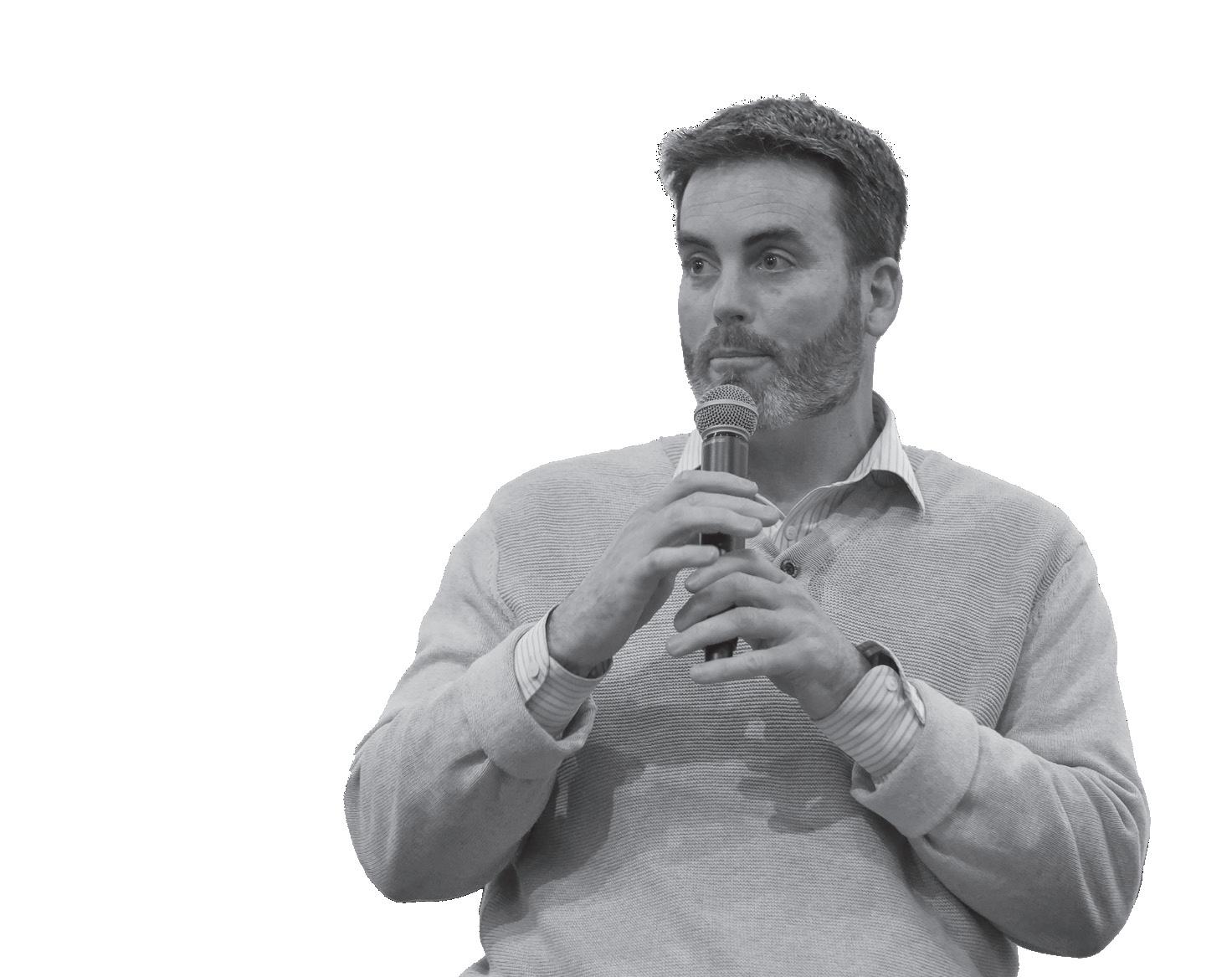
Australian national women's team

frustrating – but I kept at it.”
Nick’s perseverance paid off. An Australian coach introduced him to the Rollers – the Australian men’s national wheelchair basketball team – and in 2005 Nick moved to Wollongong to play in the National Wheelchair Basketball League (NWBL). He went on to represent Australia, winning silver at the 2012 Summer Paralympics and Gold at the 2014 Wheelchair Basketball World Championships.
In wheelchair basketball, Nick found a sport that gave him independence, purpose, and something he had been missing: A community that understood him. “You’re building relationships with people who have had similar experiences. They know what it’s like, what challenges you’re dealing with, what you’re going through. And you support each other,” he says.
That sense of community is one of the biggest things wheelchair basketball offers

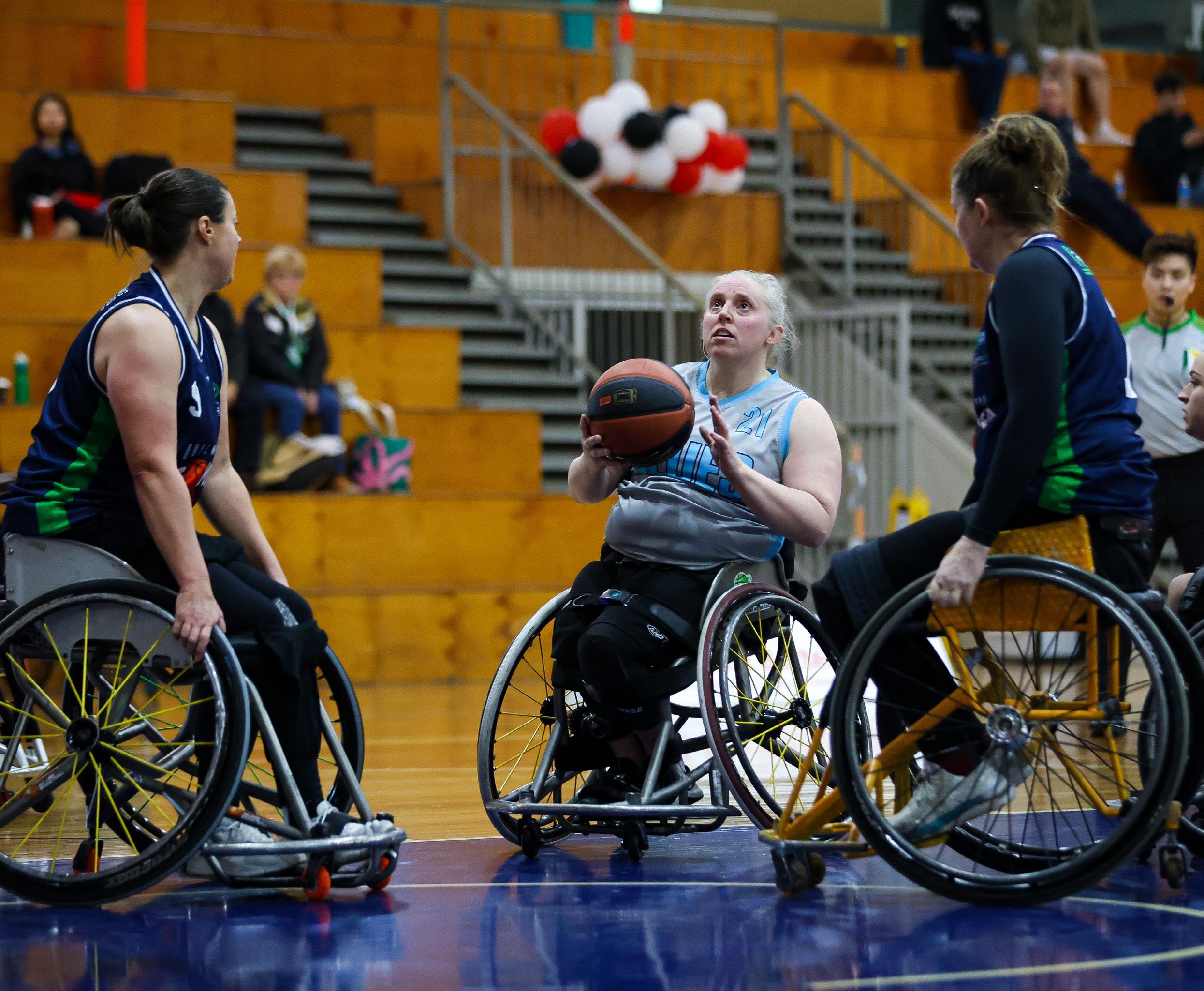
young players. Yes, they learn game skills – speed, ball control, spatial awareness –but they also learn resilience, teamwork, and leadership. It’s a sport where every player has a role, thanks to a classification system that means people with all levels of impairment can play together. For many, it’s the first time they have had a truly level playing field (er, court).
Parents might think getting started will be difficult, but it’s easier than you might expect. Most clubs have loaner chairs, so there’s no need to buy special equipment straightaway. Kids can turn up to a “have a go” events, hop in a chair, and get a feel for the game. If they love it, there are funding pathways to help with a custom chair. “If you’re worried about barriers, please know that they are absolutely
overcomeable,” Nick says.
Opportunities to play are growing all over the country. Wheelchair sports organisations like Wheelchair Sports NSW/ACT (wsnsw.org.au), Sporting Wheelies & Disabled Association in Queensland (sportingwheelies.org.au), and Rebound WA (reboundwa.com) run development programs and “have a go” days. State basketball associations and disability sport organisations can also point you towards local clubs. Many programs aim to make sure no one has to travel more than an hour to play, and once kids are hooked, they can progress from local competitions to state leagues and, if they want to aim higher, even national leagues.
Girls are also seeing more opportunities
than ever. The Women’s National Wheelchair Basketball League (WNWBL) is in its second year under Wheelchair Basketball Australia (WBA), and the 2025 season has brought the biggest expansion in recent history. Three brand new teams –the Victoria Wonders, Gold Coast Rollers, and Adelaide Thunder – have joined the Sydney Uni Lions, Sydney Blues, and Perth Wheelcats.
For young girls with disability, these new teams mean something they have not always had: A clear pathway close to home. In Victoria, Paralympic medallists Shelley Matheson and Leanne Del Toso helped launch the Wonders, drawing more than 30 women to their first try-outs. In Queensland, the Gold Coast Rollers have become the state’s first women’s team
Wheelchair Basketball Australia Chair, Nick Taylor

outside Brisbane, built from scratch under the guidance of dual-sport Paralympian Ella Sabljak. And in Adelaide, Gliders squad member Lucinda Bueti is leading the Thunder, creating opportunities for local athletes and building pride in a homegrown team.
These stories are powerful because they are about more than just basketball. They are about women with disability taking the lead, creating opportunities for others, and showing the next generation what is possible. When a young girl rolls into a training session and sees someone who looks like her leading the team, it sends a message: You belong here.
grassroots development, and deliver highperformance success.
Watching the sport is a thrill in itself, whether you are cheering from the stands or tuning in online. National league games attract passionate local crowds, and you can stream matches at wba.net.au. Finals have even been shown on Kayo Sports (kayosports.com.au), and the Paralympics bring wheelchair basketball to screens nationwide. For young players, seeing athletes who look like them competing at such a high level can be the spark that sets them on their own sporting journey.
Watching the sport is a thrill in itself, whether you are cheering from the stands or tuning in online.
Behind this momentum is Wheelchair Basketball Australia (WBA), the organisation Nick now chairs. Established in 2024, WBA was created to lead a new era for the sport, strengthening national competition and creating clearer pathways for athletes with disability. While WBA is new, the history of elite wheelchair basketball in Australia spans decades. The men’s national league began in 1988, and the women’s in 2000, producing generations of Paralympians and championship-winning clubs. Today, WBA oversees both leagues and works closely with athletes, clubs, and the community to grow participation, support
That spark can be lifechanging. Nick has seen it happen countless times, and he still remembers the first moment he saw athletes in wheelchairs living full, independent lives. “It was the glimpse into the future I didn’t know I needed,” he says. Now, he wants more kids to have that same moment of recognition – the moment they see themselves not just as someone with a disability, but as an athlete, a teammate, and a competitor.
Nick’s advice? “You won’t regret it. Just come and try. At worst, you’ll have a fun day and meet new people. At best, it becomes the thing that shapes your life.”
By Katherine Granich

5 tips for kids who WANT TO TRY WHEELCHAIR BASKETBALL
From Nick Taylor, Paralympic Medallist and Chair of Wheelchair Basketball Australia
1. Come with an open mind You might not be amazing on your first day, and that’s okay. Nick says learning the chair skills, ball control, and game strategies takes time. The most important thing is to give it a go and see what you enjoy.
2. Be ready to work hard Wheelchair basketball is fast and physical. You’ll build fitness, strength, and stamina, but only if you’re willing to push yourself in training and games.
3. Embrace teamwork Every player has a role, no matter their classification. Success comes from working together, communicating on court, and supporting your teammates on and off the floor.
4. Ask for help and learn from others
More experienced players have been where you are. Don’t be afraid to ask questions, get tips, or watch closely how they move and handle the game.
5. Focus on the fun and the friendships Nick says that even if you don’t stick with it long-term, you’ll still meet new people, make friends, and have a great time. And who knows? It could become the thing that shapes your life.






For more than 40 years, Schuchmann products have helped improve the daily lives of children and teens living with disabilities. Their outstanding range of innovative therapy equipment ensures that each child receives tailored aids that precisely fits their needs and enhances their quality of life.






At APEX Mobility, we take pride in offering a diverse range of premium Schuchmann equipment. Contact us today to connect with your nearest dealer.
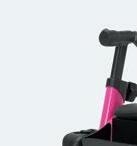

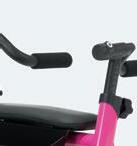

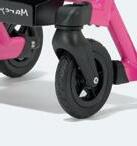







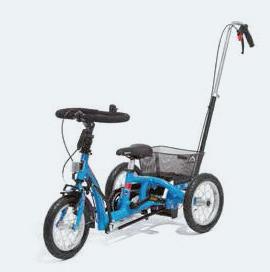


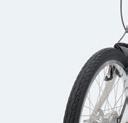


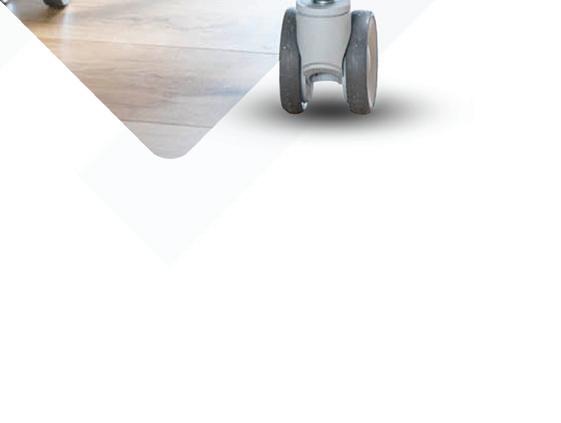



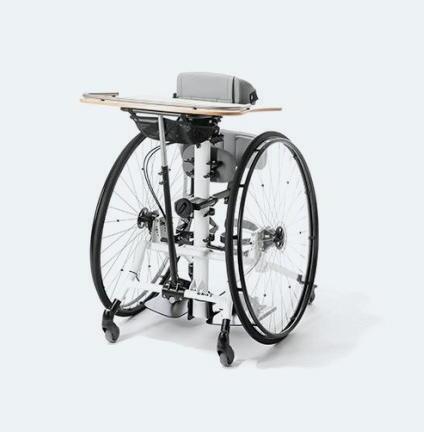
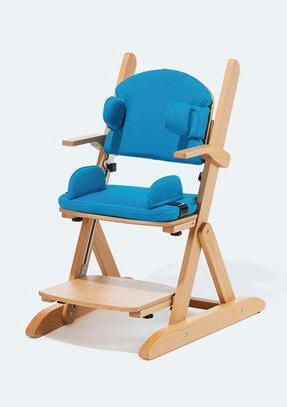






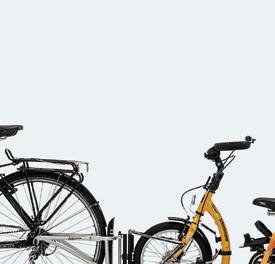


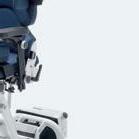
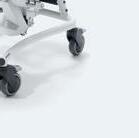





Explore the Schuchmann range









Buying a wheelchair for basketball is a big decision – it affects performance, safety, eligibility, and ultimately how much you enjoy the game. Basketball chairs are designed to meet the sport’s physical demands and the rules set by bodies like the International Wheelchair Basketball Federation (IWBF), with a focus on safety, performance, and fairness.
Wheelchair basketball uses a classification system to keep competition fair between athletes with different physical abilities.
By Amy Bjornson, Physio; Clinical Director, Sunrise Medical AP
Players are assigned a point value (1.0 to 4.5) based on functional ability – especially upper limb function, trunk control, and stability.
Classification is about function, not diagnosis. Two players with the same diagnosis may have different classifications depending on movement capabilities.
On the court, a team’s five players can have no more than 14.0 points combined. This encourages a mix of higher and lower classifications.
Think about whether the chair will be used only for basketball, what competitive level you’re aiming for, and how much you expect the player to change in size, weight, and skill. Some frames can be adjusted; others are fully welded with no flexibility.
• Custom-fit/bespoke: Built specifically for an individual, using over 40

measurements. Best for experienced players who know their ideal set-up. Limited adjustments after manufacture.
• Adjustable sport: Can be altered in size and set-up, great for beginners building skills or for clubs sharing chairs between players.
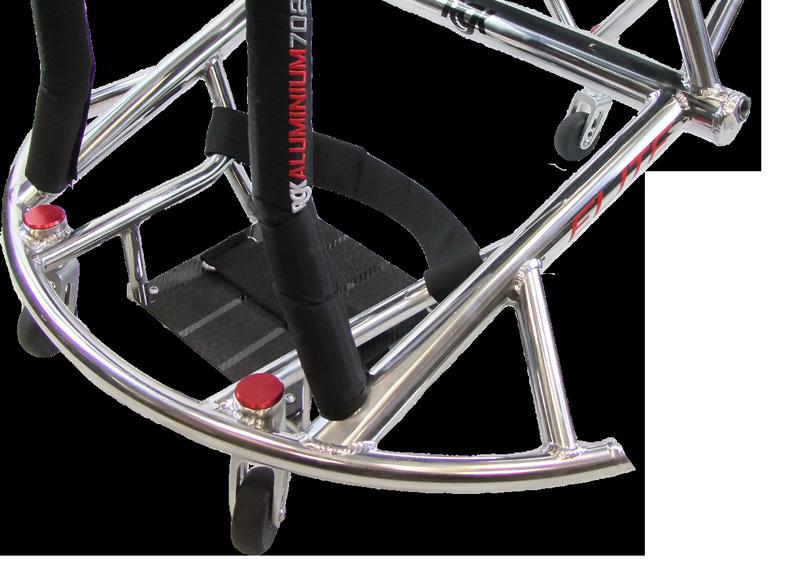
Basketball chairs have rigid (non-folding) frames for strength, responsiveness, and durability. They’re designed for manoeuvrability and quick turning, with a low centre of gravity, cambered wheels, and geometry optimised for speed.
Main wheels: Typically 24-inch (540mm) for women, 25-inch (559mm) for men. Size choice also depends on height, build, and skill. Wheels are cambered (angled outward, usually 16–20°) for stability and fast turns.
Caster wheels: Two small front casters for balance and manoeuvrability. They’re harder and smaller than everyday wheelchair casters.
Anti-tip castors: One or two small wheels at the rear to prevent tipping.
• Single: Lighter, more manoeuvrable, better for players who shift weight back for shooting.
• Dual: More stable, especially when leaning back or turning quickly, but slightly heavier and with more drag. All must sit within the rear wheelbase.
Position-specific wings can affect performance:
• Defensive: Arrow-shaped wing with points to block opponents.
• Offensive: Round wing with straight edges for rolling off defenders. Rules require the wing’s highest point to be no more than 11 cm from the floor, with no parts that could hook or injure. Footrests must be smooth and rounded. Any bars behind the backrest need at least 15 mm of compressible padding.

• Player classification: Influences seat height and frame design.
• Accurate measurements: Hip width, seated depth, lower leg length, trunk height, and trunk width all matter.
• Core strength and balance: May dictate need for extra strapping or back support.
• Leg shape and position: Affects front frame and footrest design.
• Extra straps: Pelvic straps are common, with additional knee or foot straps if needed.
• Low-point players (1.0–2.5): More support, lower seat height, bigger seat slope.
• High-point players (3.0–4.5): Higher seat height, longer frames, sharper turning and speed.
• Play style: Speed, blocking, or ballhandling preferences influence frame design and camber choice.

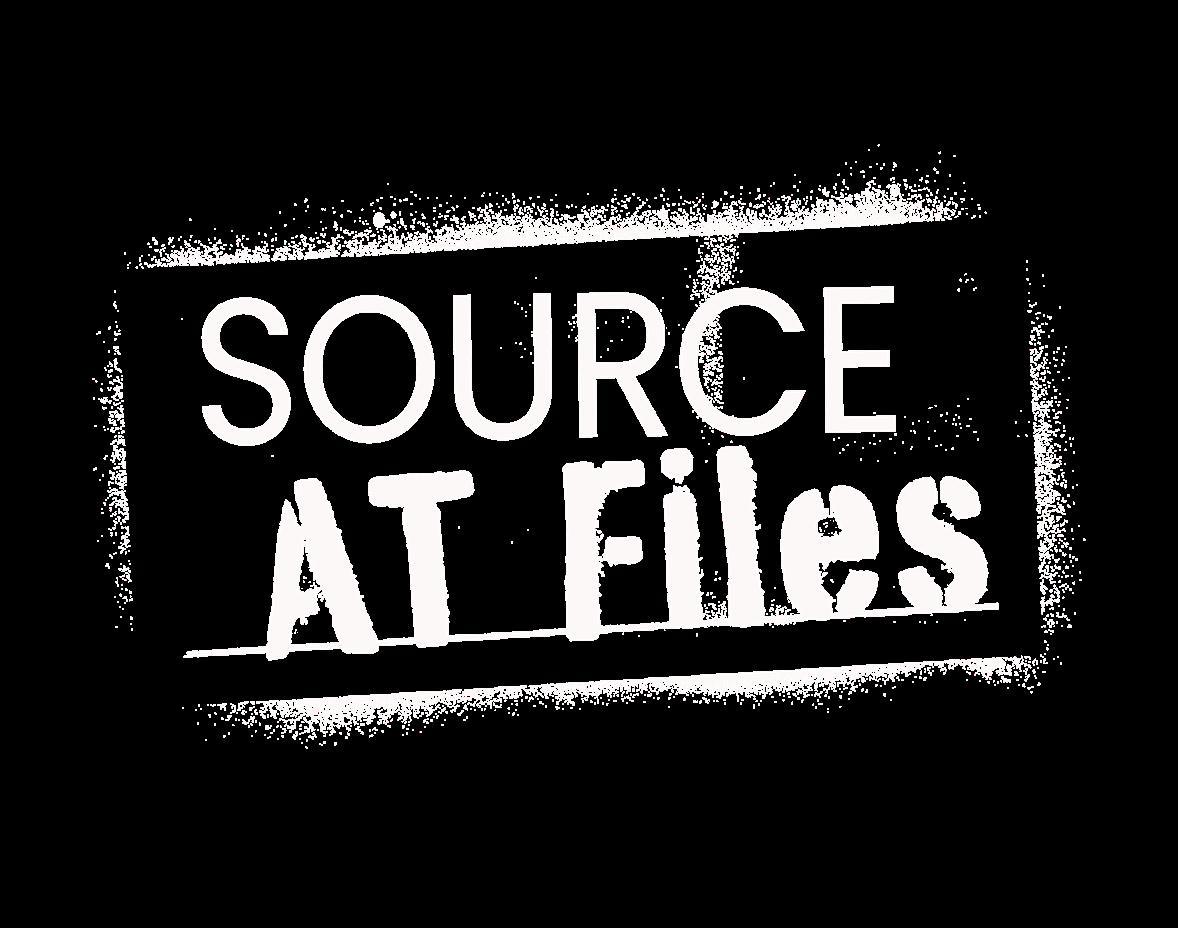
Do I know my classification?
Have I taken accurate measurements? Is the chair compliant with my league’s rules? Does it suit my play style and position?
Can it be adjusted after purchase?
Work with a supplier or technician who specialises in sports chairs and can support you through trials and selection.
The team at Sunrise Medical can help you start your sports journey! You can contact our team at enquires@sunrisemedical.com.au
It’s something I’ve been hearing a lot of recently and whilst they’re not exactly comparable in impact – the sentiment, "sitting is the new smoking", is fair. Sedentary lifestyle is a big contributor to poor health outcomes for people – especially for people with disabilities. Why? We were built to move, not sit down for hours at a time. But here’s the interesting part; we are also wired to conserve energy, AKA sitting down.

Animals don’t exercise for the sake of it, or to look better, their activity is aligned to their survival instincts and programming. Cats play to simulate hunting, dogs play to improve social cohesion in their pack, if they patrol the home, it’s to protect their territory, etc (yes my cat is in the room as I’m writing this, she says hello). Humans, evolutionarily speaking, needed to be prepared for dangers or tasks we no longer need to face so now we have all this stored energy we aren’t using. Hunting and gathering is now done via UberEats or a quick drive to the local Woolies. Which is why exercise and movement needs to be a conscious choice.
This is why I’ve agreed to become an ambassador for Million Moves by AUSactive, the peak body for fitness
in Australia. I’ve started up a team ‘Inclusive AF’ and want to invite all of you to join and along with me, pledge to make 75 moves every day in the month of September. Even if you’re late to the party you can join halfway. What I love about this initiative is that it’s set around movement, not ‘workouts’ or set exercise prescriptions.
Currently, it is recommended that we complete 150 minutes of moderate exercise a week. Which is only 30 minutes a day, 5 days a week! Even if that exercise is just going for a walk, gardening in the back yard, dancing at home or running around playing with your cat (yes, my cat suggested that last part). Movement promotes improved mood, better sleep, more energy and releases feel good endorphins. How many times have you regretted exercising? Finding 30 minutes a day to move around is achievable and as long as you have a body that is capable of ANY movement, you can get involved in this initiative.
So what do you do?
Use the QR code below and join my team. Set up a quick and easy profile and then everyday log your exercise. If you want to post and share it on social media you can tag me and AUSactive as well; @troutie_ @aus_active @_million_moves
Thanks for reading, sign up to the million moves and get active!
Tommy Trout, Inclusive-AF, inclusive-af.com



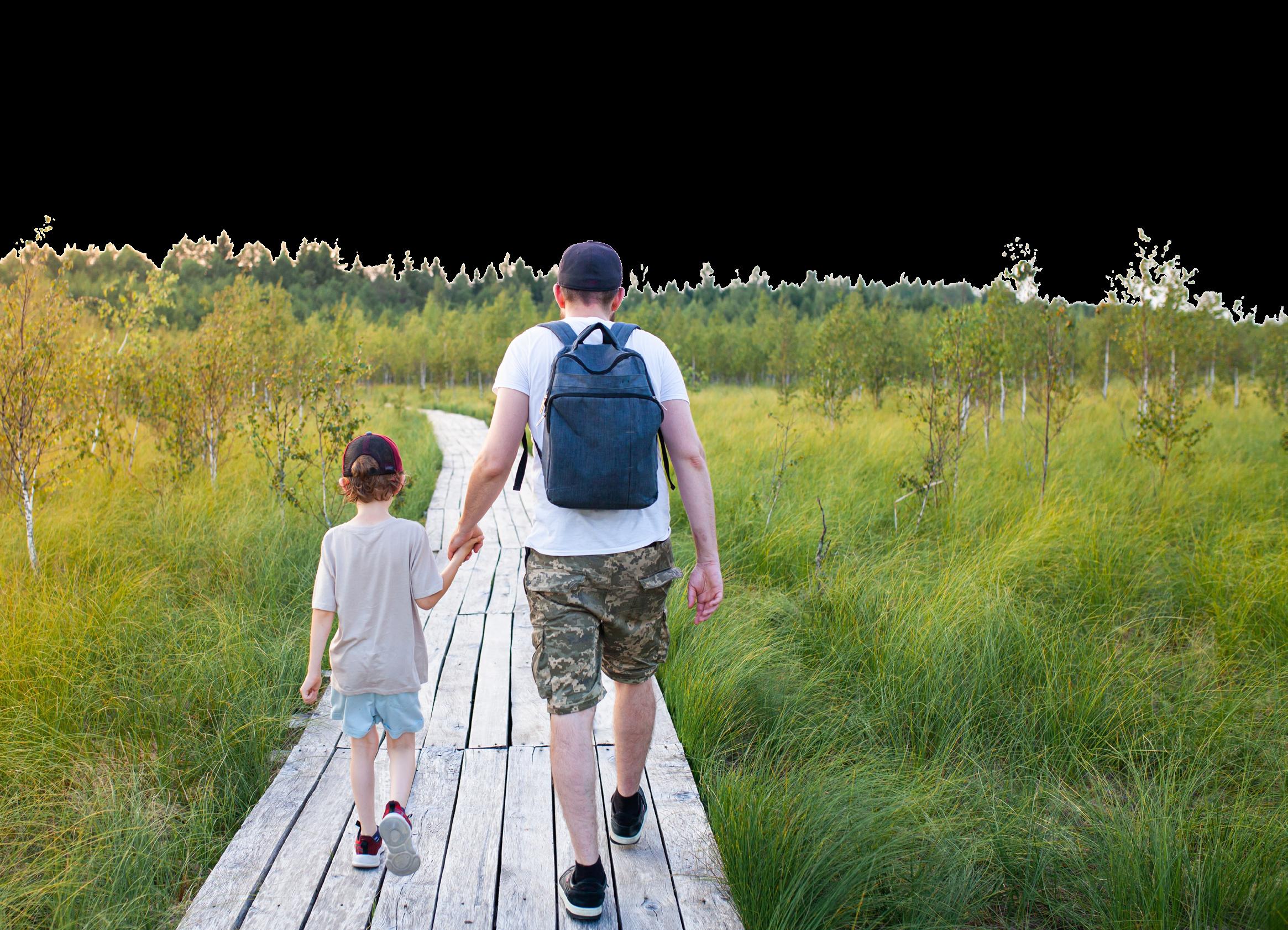

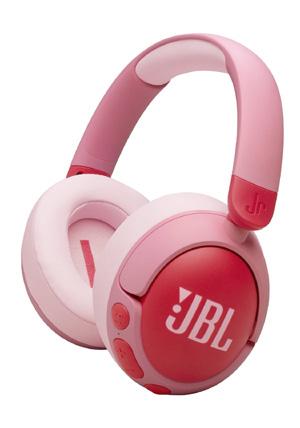
1x Apple iPad (128GB Wi-Fi)
Touch, draw and type on one magical device. Whether for study, creativity, or using its powerful built-in accessibility tools, the iPad is a fun and versatile way to get things done. Available in Silver, Blue, Pink or Yellow. RRP $599.


Designed for young listeners, these kid-friendly headphones feature JBL Safe Sound, volume/playtime limits, activity reports and a personalised countdown reminder. Available in Blue, Pink or White. RRP $129.95 each
1x Time Timer MOD + Bunny Protective Case
A fun, rainbow-coloured visual timer perfect for young learners and neurodiverse individuals, helping make time management engaging and easy to understand. RRP $59.95
Thanks to our friends at Assistive Tech, we’re giving away an incredible line-up of tech and adaptive tools to help kids, teens, and young adults thrive.

Perfect for therapy, memory care and daily routines –combines a clear visual timer with a magnetic whiteboard for notes, reminders and scheduling. RRP $85
Ergonomic cutlery developed by Danish occupational therapists to assist individuals with reduced grip strength or mobility challenges. RRP $54.95

1x Time Timer MOD + Tread Protective Case
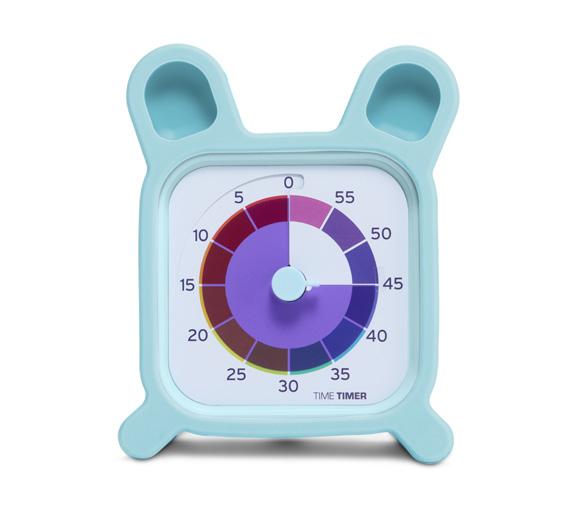
Six prizes, six lucky winners. Enter now at sourcekids.com.au/win or scan QR code for your chance to WIN! Competition closes: 14 November, 2025 at 5pm.

A rugged, shock-absorbing visual timer with a durable tread-patterned case, ideal for classrooms, workspaces, therapy sessions and home routines. RRP $59.95
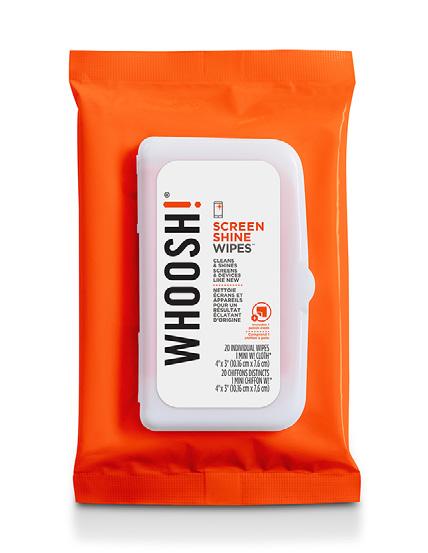
Assistive Tech offers a wide range of affordable products like iPads, communication devices, headphones, smartwatches, and sensory tools to support kids with diverse needs. As a registered NDIS provider, they make it simple for families to access the technology that helps kids, teens, and young adults thrive.
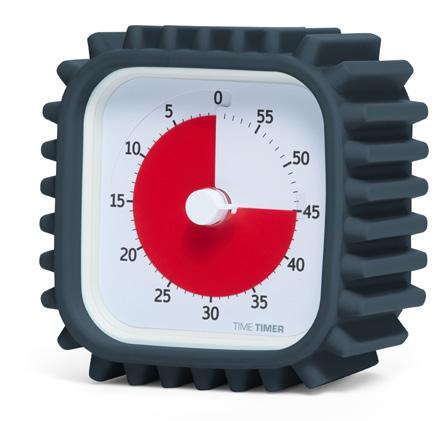
6x WHOOSH! Screen Shine Wipes (20 Pack)
Clean your screens with confidence using the WHOOSH! Screen Shine Wipes. These pre-moistened wipes are stored in a convenient canister for easy access and long-lasting freshness. RRP $19.95 each. Each winner will receive a pack along with their prize.

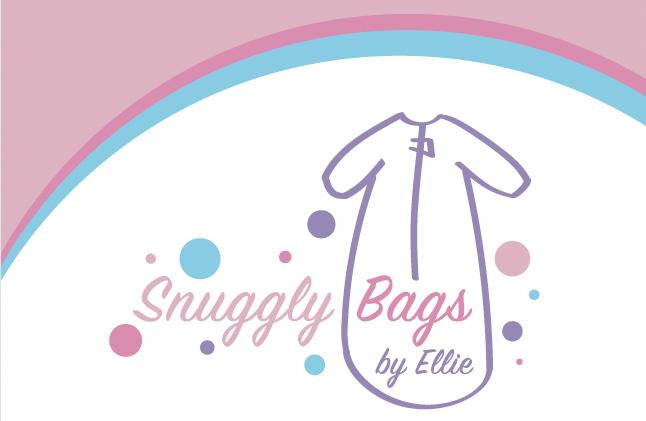



LONG SLEEVE LEG SUIT
• 1.5 Tog Rating.
• Two way zip, fold over cuff on the sleeve and leg.
• Zip cover and top tab with a stud.
• Sizes 04 to 16
LONG SLEEVE SLEEPING BAG
• 0.5, 1.5 or 2.5 Tog Rating.
• Two way zip, fold over cuff on the sleeve.
• 100% cotton outer and lining.
• Sizes 06 to 14
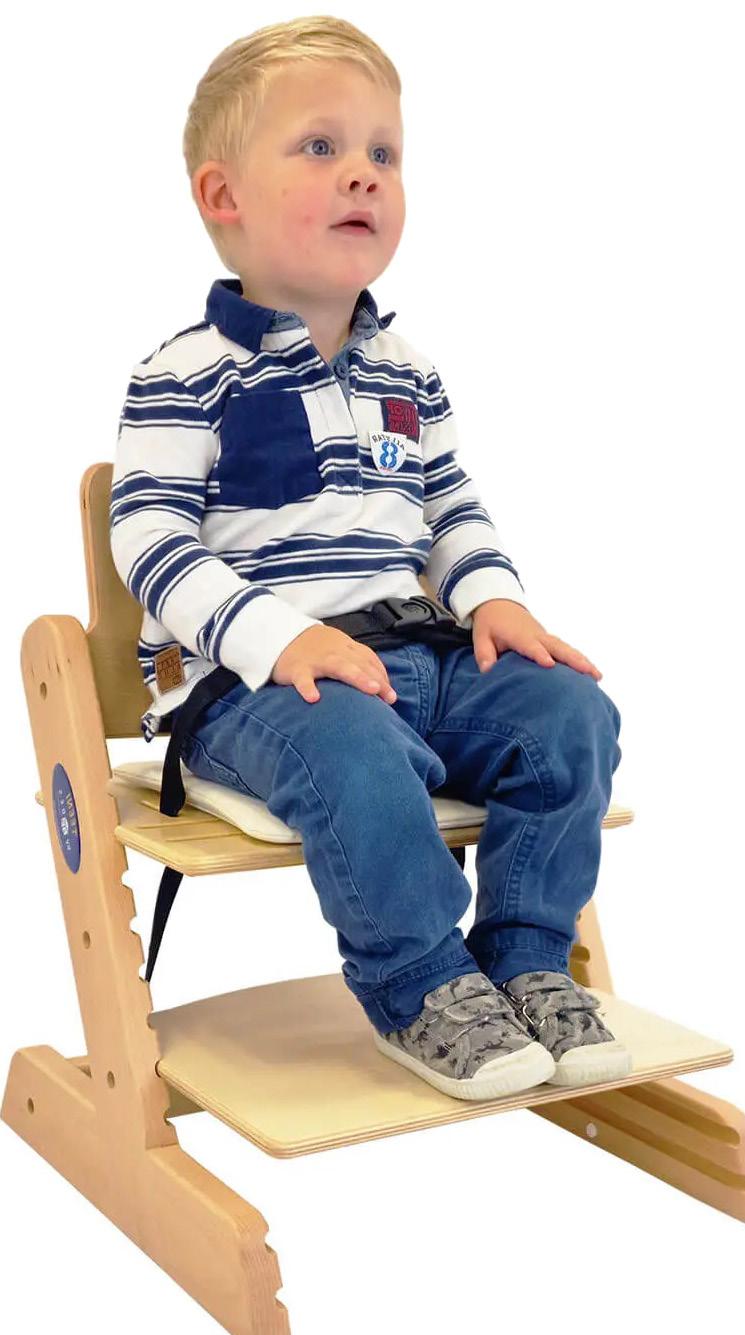
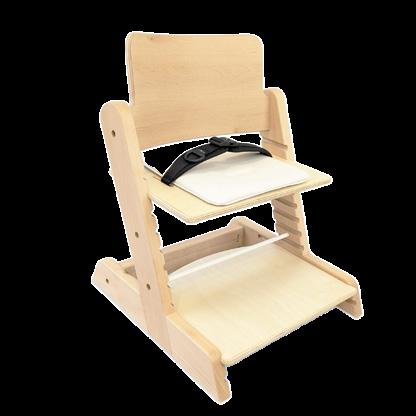
The Teeni is a height and depth adjustable wooden activity chair designed for kindergartens and preschools (suitable for children aged 1 to 4). It grows with the child, offering support, comfort and flexibility in the early years. Fully adjustable: seat and footplate height and depth can be easily modified. Modular design: compatible with a wide range of postural support accessories. Anti-microbial surfaces: easy-to-clean wood acquer and upholstery for improved hygiene.
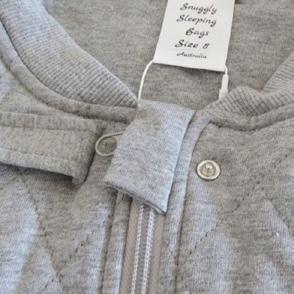


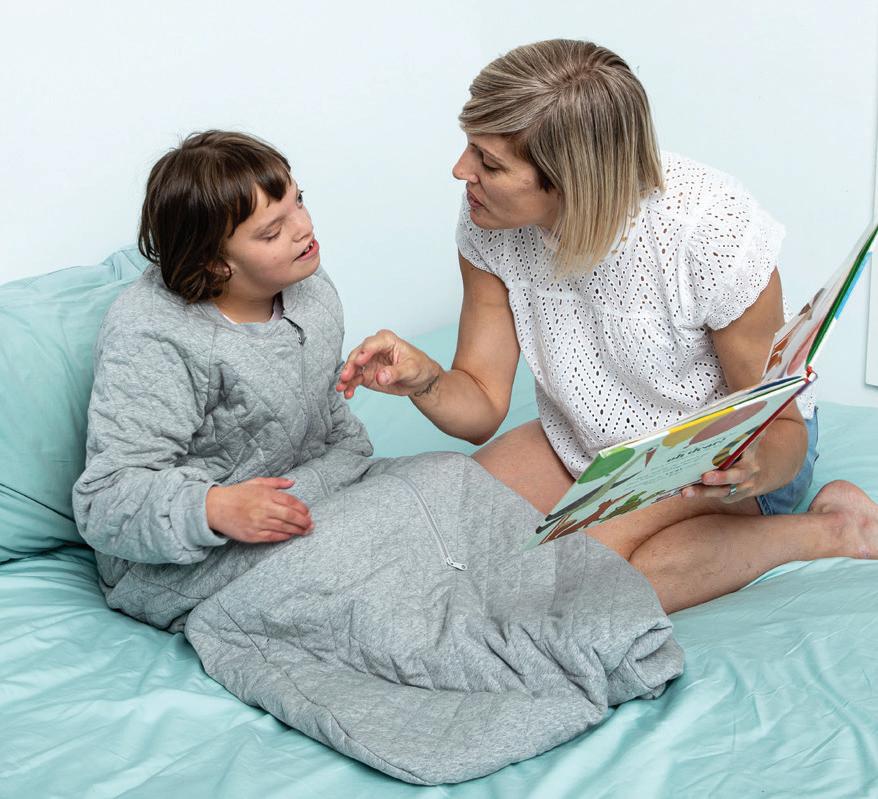

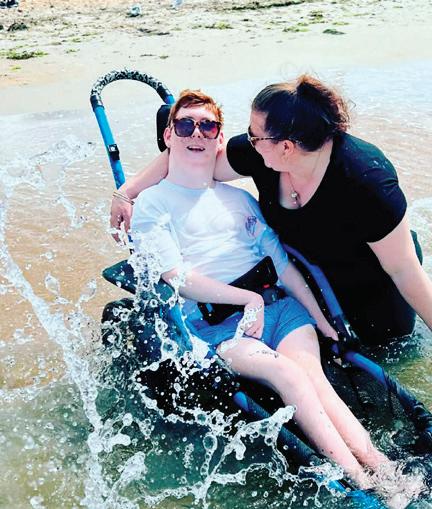

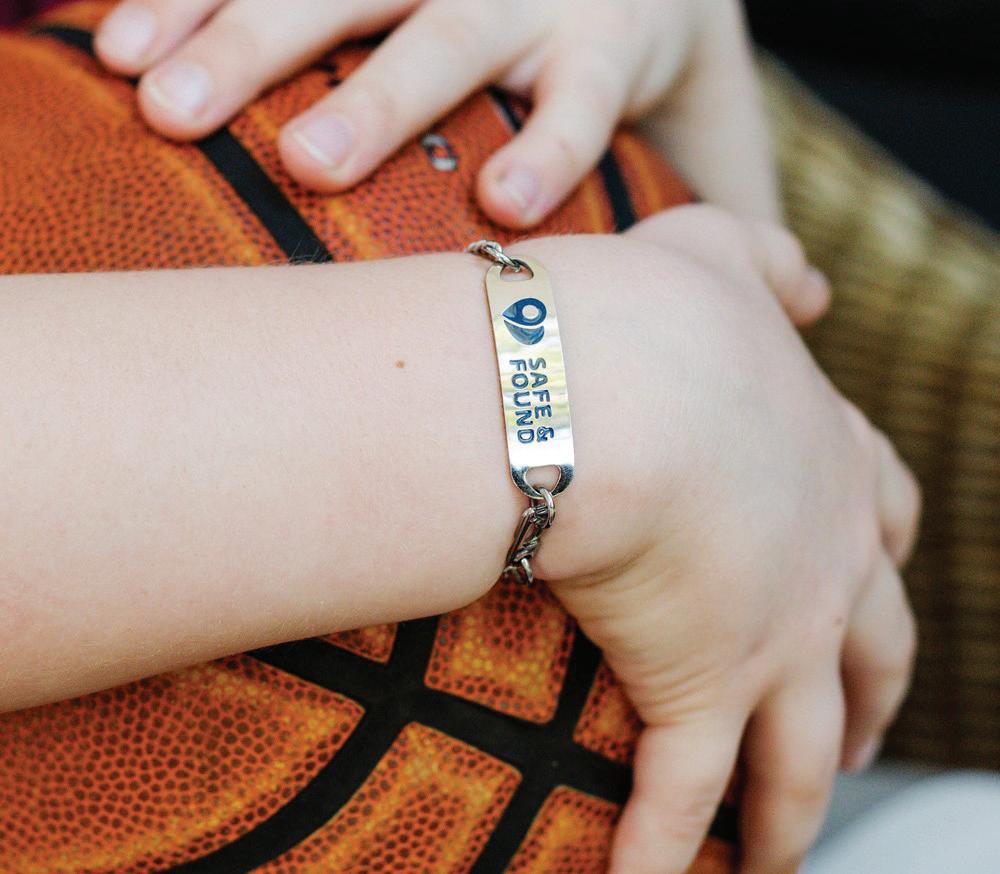
For parents of children with special needs, every outing can feel like a risk. Safe & Found empowers you with Australia’s most comprehensive support network, designed to quickly reunite you with your child if they wander. Because every child deserves to feel safe — and every parent deserves peace of mind. Learn more about how Safe & Found can be your essential safety partner.
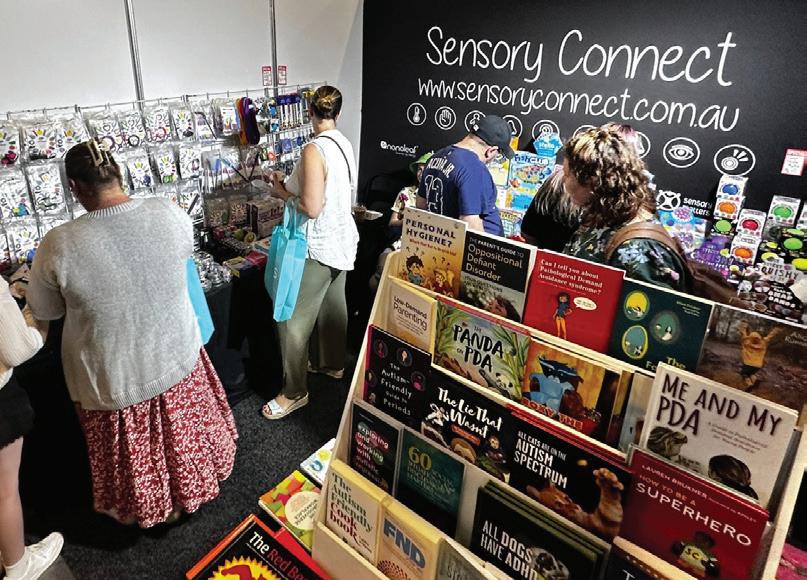


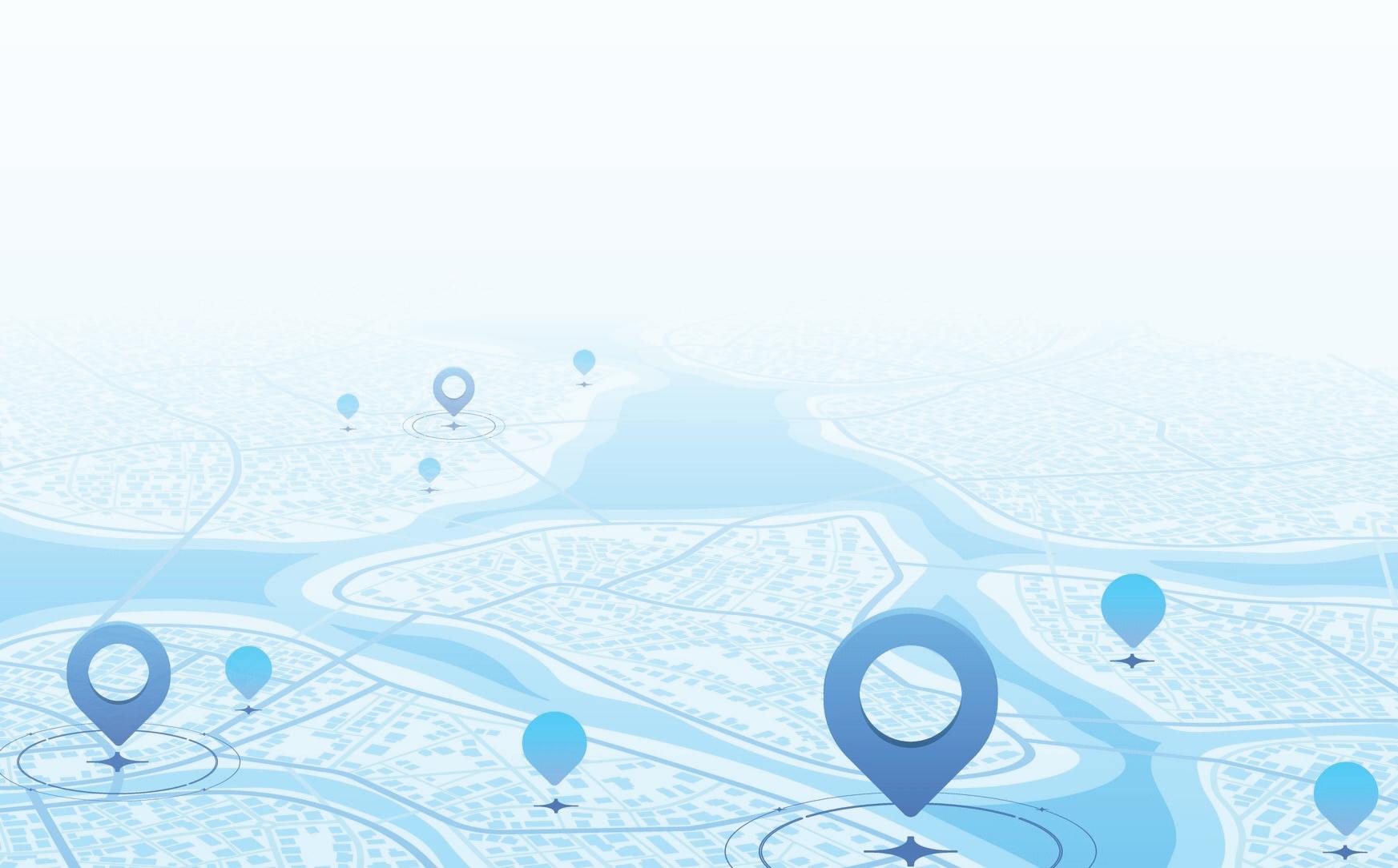






For some children, the world can feel like too much – or not quite enough. Sensory processing challenges affect how a child interprets and responds to sensory input, making everyday experiences overwhelming or unsatisfying. A child might struggle with certain sounds, avoid particular textures, or seek constant movement. This is where a sensory diet can help.

A sensory diet is a structured plan of activities designed to provide the right balance of sensory input a child needs to feel calm, focused, and regulated throughout the day. Unlike a food diet, a sensory diet includes activities that stimulate, soothe, or organise the nervous system.
Dr. Patricia Wilbarger, an occupational
therapist and leading expert in sensory integration, coined the term “sensory diet” to describe these tailored strategies. Research suggests that sensory processing difficulties affect between 5–16% of children in the general population, with higher prevalence in neurodivergent children, including those with autism and ADHD. A well-planned sensory diet can help children who are

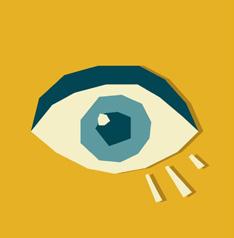

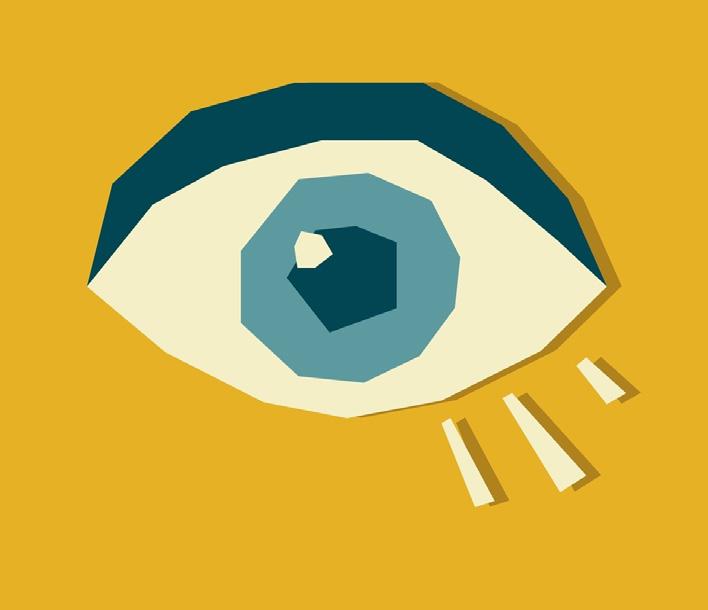
easily overwhelmed by sensory input, as well as those who crave more sensory stimulation than they naturally receive.
Children with sensory processing challenges often struggle with selfregulation, attention, and emotional control. They might become easily frustrated, restless, or withdrawn in situations where others feel comfortable. A sensory diet helps by:
Reducing sensory overload: Activities can help desensitise a child to overwhelming sensations, making daily routines more manageable.
Providing sensory input: For children who seek constant movement or deep pressure, a sensory diet can provide safe and structured ways to meet these needs. Improving focus and attention: The right sensory activities can help children transition between tasks, focus in school, and manage emotions.
Supporting emotional regulation: Sensory-friendly activities can serve as calming strategies to reduce anxiety and meltdowns.
Every child’s sensory needs are unique, so a sensory diet should be personalised. Here are some practical tips to create one that works for your child:
Start by observing how your child responds to different types of sensory input. Do they cover their ears when a vacuum turns on? Do they chew on clothing or constantly move? Children generally fall into two broad categories: Sensory seekers: These children crave sensory input and may enjoy activities like jumping, spinning, or chewing.

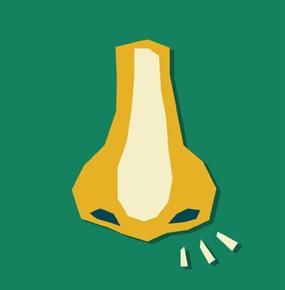

Sensory avoiders: These children become overwhelmed by certain sensory experiences and may struggle with bright lights, noisy environments, or certain textures.
Keeping a journal of your child’s sensory triggers and preferences can help identify what types of activities might be helpful.
2
A good sensory diet includes both calming and alerting activities, ensuring that your child gets the right input at the right times.
Calming activities (for sensory overload): Weighted blankets, deep pressure massage, slow rocking, chewing on a silicone chew toy, or listening to soft music.
Alerting activities (for sensory seekers): Trampolining, swinging, jumping, bear walks, or playing with textured materials like kinetic sand. For example, if your child struggles to sit still for homework, a few minutes of movement (like bouncing on a therapy ball) beforehand may help them focus.
3
A sensory diet works best when it’s woven into your child’s day. Instead of treating it like an extra task, try incorporating sensory-friendly activities into your regular schedule:
• Morning: Jumping jacks or wall pushups before getting dressed.
• School time: A stress ball or fidget tool for focus.
• Afternoon: Outdoor play (running, climbing, or swinging).




• Evening: A warm bath, deep pressure hugs, or a weighted blanket for relaxation.
The goal is to keep it practical and sustainable for your family.
Make It fun and child-led
Children engage best when activities feel like play. Offer choices and let your child take the lead. If they resist an activity, adjust it to something they enjoy – if they dislike brushing therapy, try deep pressure with a yoga ball instead.
5
Provide a safe space for downtime
Sometimes, children need a quiet, sensoryfriendly retreat. Create a calm-down corner at home with dim lighting, soft pillows, noise-canceling headphones, and calming objects like sensory bottles.
6
Be consistent but flexible
While consistency is important, your child’s sensory needs may change from day to day. Some days they may need more movement; other days, they may need more quiet time. Adjust the sensory diet accordingly.
A well-planned sensory diet can help your child feel more comfortable in their body, manage big emotions, and navigate daily life with greater ease. While parents can create a sensory diet at home, working with an occupational therapist can provide expert guidance on the best activities for your child’s specific needs.
At the end of the day, the goal isn’t perfection – it’s finding what helps your child feel their best. With patience, observation, and a bit of creativity, you can develop a sensory diet that helps your child thrive.
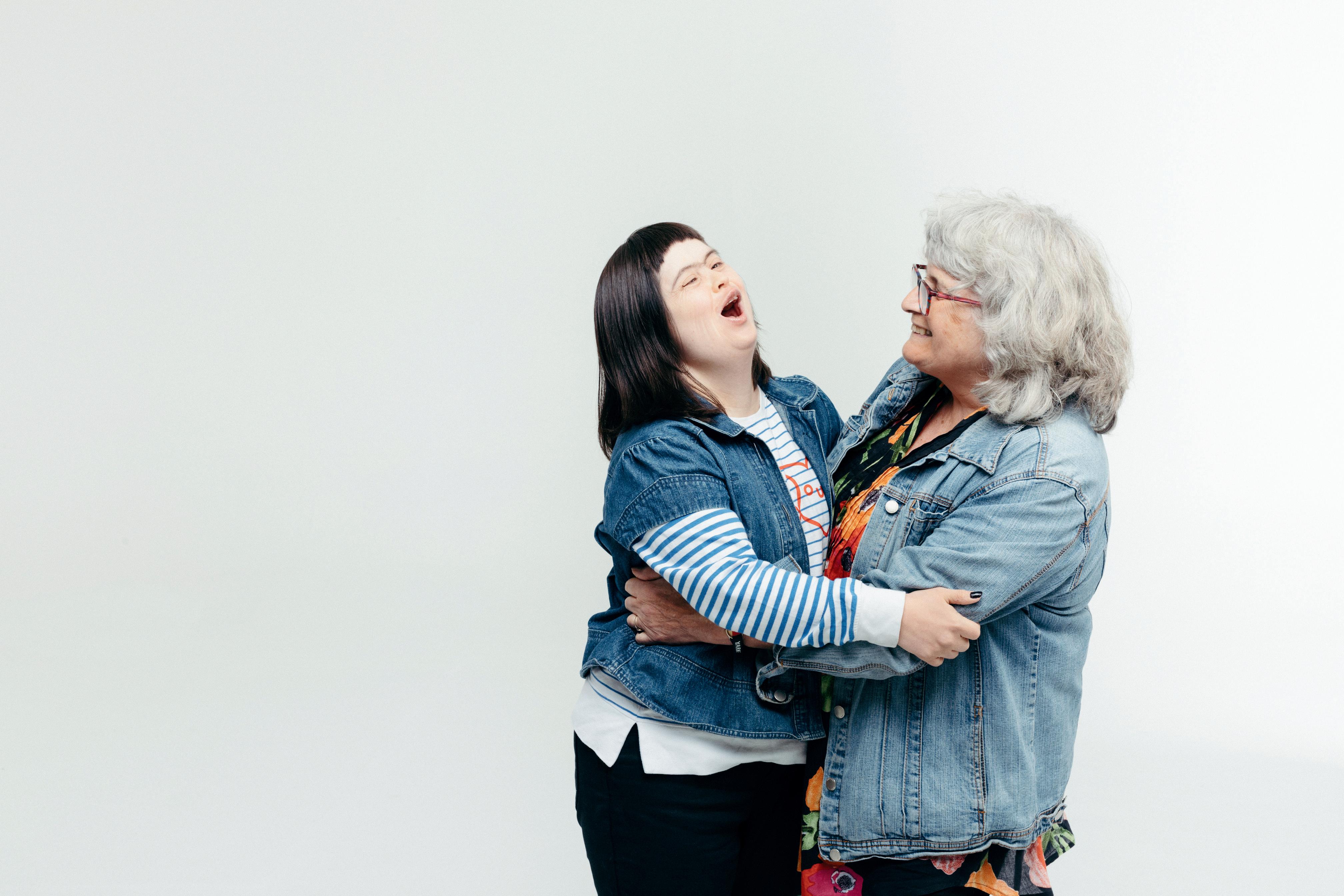

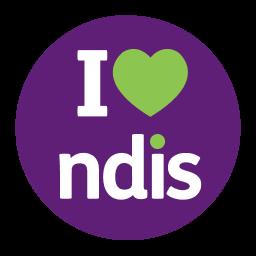
Receiving NDIS funding can be life-changing, but for many participants and carers, it also comes with a mountain of admin, jargon and confusion. That’s where Instacare comes in.
Instacare is a highly rated national plan management provider that supports people across Australia to get the most out of their NDIS funding
Whether you’re just getting started with the NDIS or have been navigating it for years, their supportive team is here to make the process simple and personalised, so you can focus on managing your child’s support needs.

What is plan management and who is it for?
Plan management is an NDIS-funded support that lets someone else handle the financial admin of your plan
A plan manager like Instacare pays your invoices, helps you track your budget, and offers friendly support and guidance when you need it
It’s fully funded, so there’s no cost to you, and it gives you the freedom to choose from both NDIS-registered and unregistered providers. ou stay in control of your supports, without having to deal with the paperwork
Why Instacare?
Instacare isn’t just another provider, they’re a peoplefirst team who genuinely care When you call, you’ll speak to someone who listens. Instacare works with NDIS participants of all ages and support needs
Here’s what you can expect with Instacare: Fast, flexible sign-up – oin Instacare at any point during your NDIS plan
Personalised support – ur e perienced and caring team is dedicated to helping you navigate your NDIS plan with confidence
Choice and control – Access both registered and non-registered providers
InstaAPP – Stay in control with Instacare’s innovative app, InstaAPP. It gives you visibility of your budget, payments, and spending - and its free for Instacare’s plan managed clients!
Timely payments – Invoices are processed uickly and reliably.
Budget visibility – eceive monthly budget reports and invoice notifications for every invoice processed so you're always informed. NDIS expertise – et simple, honest advice from an e perienced team who knows the system No out-of-pocket costs – Plan management is 100% NDIS-funded
It’s NDIS plan management at your fingertips designed to give you more confidence and more control.
Thousands of NDIS participants already trust Instacare to support their journey. With a commitment to clarity, compassion and consistency, Instacare is proud to stand beside people from all walks of life as they work toward their goals.


Whether your child is neurodivergent, has a disability, or just thrives in hands-on, nature-filled environments, a well-planned sensory garden can provide a safe, engaging, and calming retreat.
And, if you’re lacking in space or skills, you don’t need a huge backyard or a green thumb to make it happen. With the right plants and a few simple ideas, you can create a space that encourages curiosity, soothes anxious moments, and brings a little bit of magic to everyday life.
Let’s break down what to plant, how to use the space, and some fun ways to make it interactive.
Sensory gardens work by engaging all five senses – touch, sight, sound, smell, and taste – in a way that feels natural and inviting. For kids who struggle with sensory processing, anxiety, or focus, this kind of space can help them regulate emotions, build confidence, and even develop motor skills.
It’s also a great way to get kids outdoors and away from screens for a while. Plus, digging in the dirt? Turns out, it’s actually good for mental health! There’s research that shows that exposure to soil microbes can boost mood – so a little messy play is totally worth it.


Do you wish you had a space where your child could explore, unwind, and just be – without feeling
overstimulated or overwhelmed? A sensory garden might be exactly what you’re looking for.
Not all plants are created equal when it comes to sensory engagement. Here are some great choices, all of which grow well in Australian conditions:
• Lamb’s ear: The ultimate soft and fuzzy plant – kids love stroking its velvety leaves.
• Native correa: Has thick, slightly waxy leaves that feel cool and smooth to touch.
• Kangaroo paw: These bright, textured flowers in red, yellow, and orange look almost otherworldly – plus, they attract birds.
• Everlasting daisy: Beautiful, bright flowers with papery petals that feel crunchy when touched.
• Lavender: Classic, calming, and easy to grow – it’s great for kids who benefit from gentle sensory regulation.

• Lemon myrtle: Crush a leaf between your fingers, and you get an instant citrus burst! Perfect for kids who like fresh, strong scents.

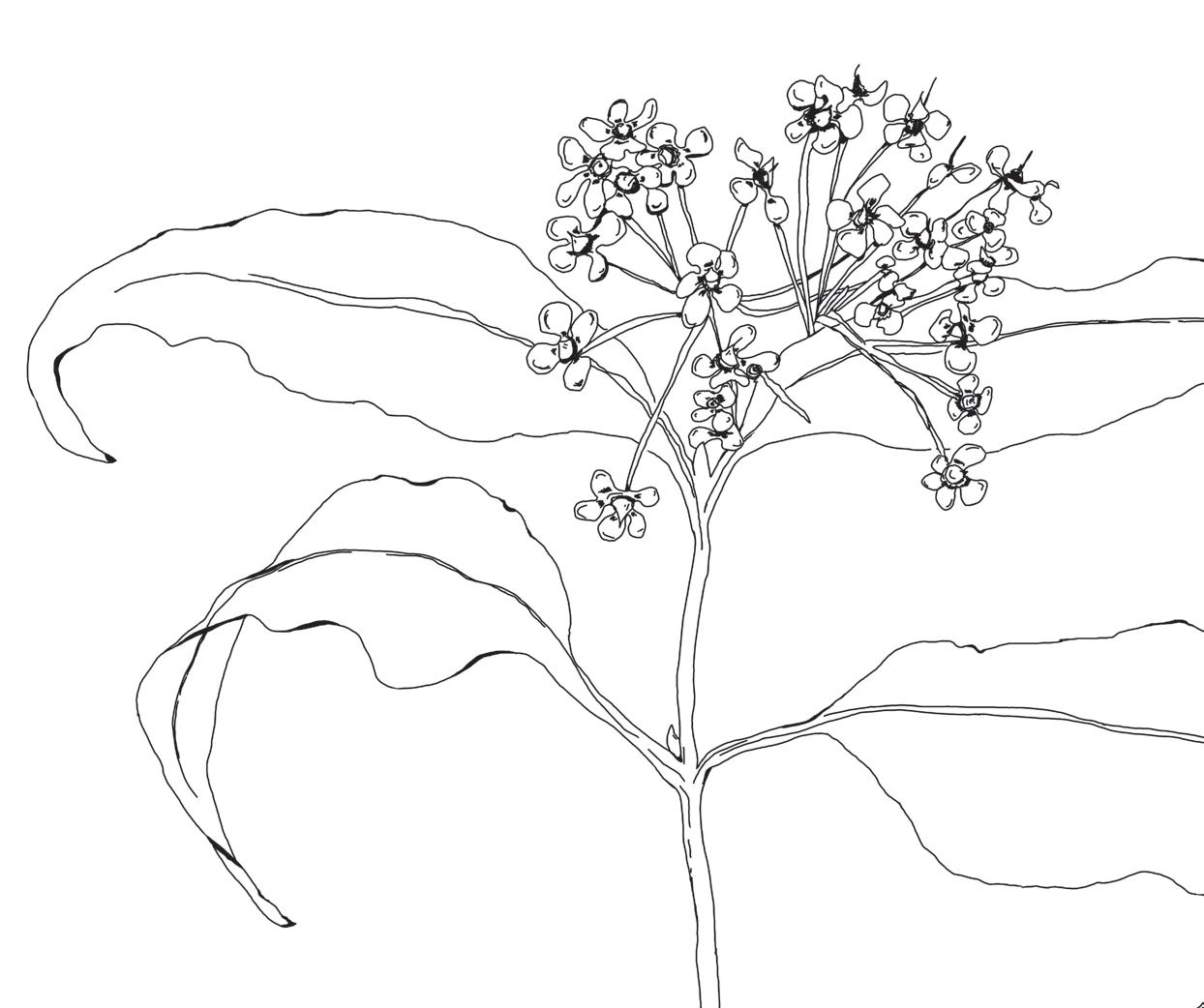

• Strawberries: Easy to grow and super rewarding – picking and eating homegrown strawberries is a great sensory activity.
• Finger lime: This native fruit is fun to squeeze, revealing tiny, tangy citrus pearls inside.
• Bamboo: The gentle rustling sound in the breeze is naturally calming.
• Grevillea: Not only visually striking, but it attracts nectar-loving birds, adding nature’s soundtrack to your garden.
A sensory garden isn’t just about plants – it’s about creating a fully immersive experience. Here are a few extra elements to make your space even more engaging: Wind chimes & water features – Soft, soothing sounds can be incredibly calming. Try bamboo or metal wind chimes, or add a small bubbling water fountain.
Sensory pathway – Create a path with different textures like smooth pebbles, bark chips, stepping stones, and soft grass to explore barefoot.
Tactile play area – Set up a spot with natural materials like a sandpit, a mud kitchen, or a bin filled with smooth stones for hands-on play.
Hideaway spaces – A little tent, cubby house, or even a hammock tucked into a quiet corner can offer a safe retreat when kids need downtime.

Shade & seating – A simple outdoor bean bag, swing chair, or picnic rug makes the space inviting for both kids and parents.
Colour & movement – Spinning garden ornaments, rainbow sun catchers, or even painted rocks add a bit of visual interest and fun.
The best sensory gardens are all about what works for your child – so mix, match, and experiment!
Once your sensory garden is set up, it’s time to make the most of it! Here are some easy, low-prep activities to encourage exploration and engagement:
TEXTURE HUNT
Encourage your child to explore different textures by feeling leaves, bark, flowers, and soil. Can they find something smooth, rough, fuzzy, or soft?
SCENT MATCHING GAME
Pick a few scented leaves (lavender, lemon myrtle, mint) and have your child close their eyes while smelling them. Can they guess which one is which?
LISTENING WALK
Sit quietly and listen— can your child hear birds, rustling leaves, or buzzing insects? Try whispering and noticing how different sounds carry in the garden.
BAREFOOT PATHWAY
If you have space, create a small path with different textures—soft grass, smooth pebbles, bark mulch—so your child can walk barefoot and feel the changes underfoot.
PICK-AND-TASTE ADVENTURE
Grow a few edible plants and encourage your child to pick and taste them when ripe—strawberries, finger limes, or bush tomatoes are great for this!


Keep it lowmaintenance. Choose hardy, drought-tolerant plants so you don’t have to stress about upkeep.
Make it accessible. Raised garden beds, wide pathways, and comfy seating help make the space usable for all abilities.
Check for allergies or sensitivities. If your child is sensitive to strong scents or textures, introduce plants gradually to see what works best.

Embrace the mess! Gardening can be messy, but that’s part of the fun. Have a ‘garden outfit’ for dirt-friendly play.

A sensory garden doesn’t have to be fancy or complicated – it just needs to be a space where your child can explore, play, and feel at ease. Whether it’s a few pots on a balcony or a big backyard setup, the goal is to create a space where nature becomes a safe and joyful experience.
And who knows? You might find yourself sneaking off to enjoy the calming benefits of your sensory garden, too.
‘Thriving Kids’ could help secure the future of the NDIS. But what will the program mean for children and families?
Mark Butler, the minister for Disability and the National Disability Insurance Scheme (NDIS), today announced a new plan to “secure the future” of the NDIS.
Central to this plan is that children under nine with mild to moderate developmental delays or autism will transition from the NDIS to a new foundational support program called Thriving Kids.
Speaking at the National Press Club, Butler argued the NDIS was never intended to serve this age group and it’s currently falling short of meeting their needs.

Since returning to office in 2022, the Labor government has introduced several reforms to the NDIS which, over time, has ballooned in cost.
According to Butler, much more work is needed to get it back on track. But he highlighted two challenges in particular:
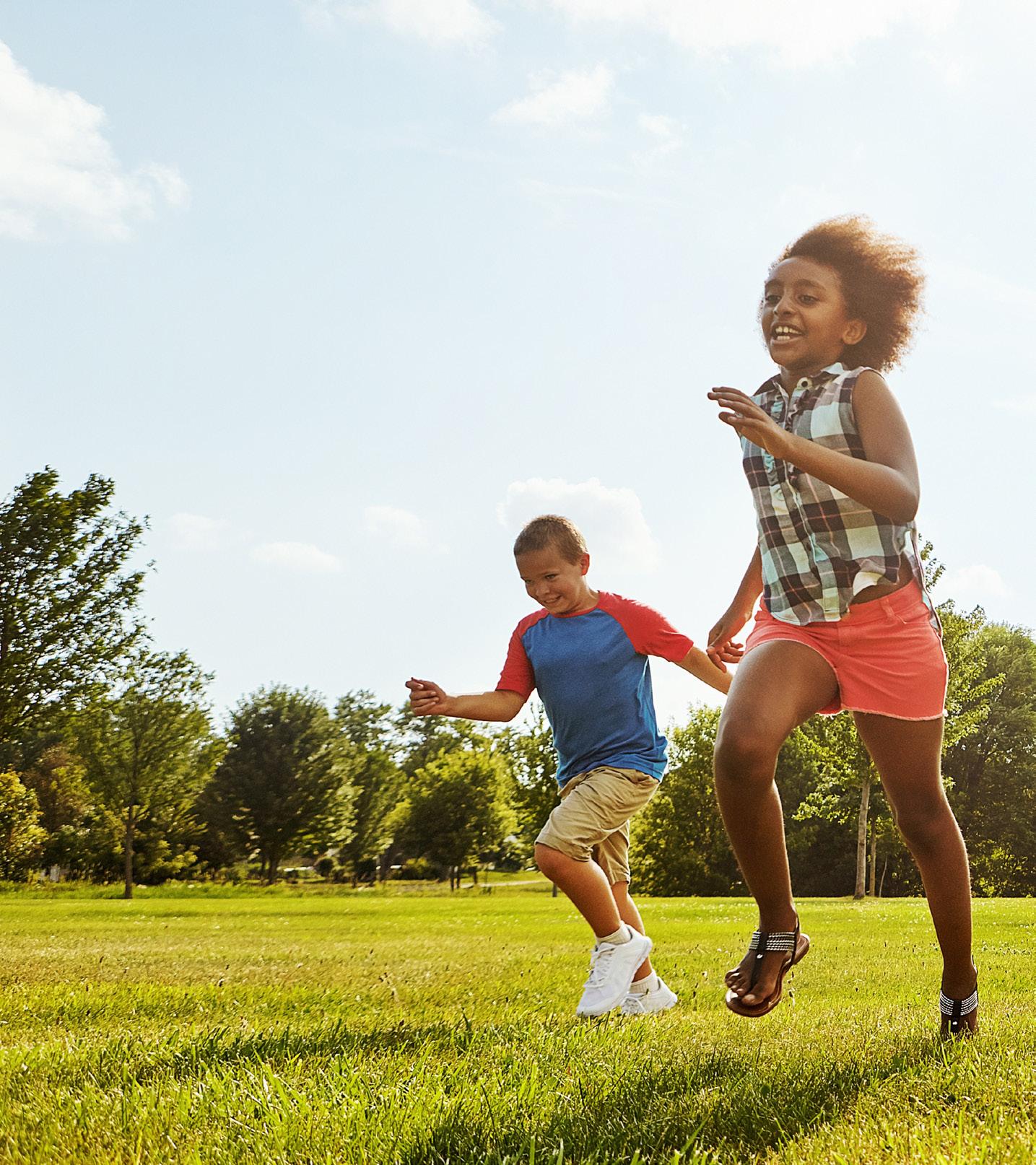
1. returning the scheme to its original purpose of supporting those with significant and permanent care and support needs.
2. ensuring the scheme is sustainable from a budget perspective.
New Medicare items will be introduced so families are able to continue to access allied health services.
The original 2011 estimates for the scheme were that the NDIS would cover 411,000 participants and cost $13.6 billion per year. Today there are more than 740,000 participants, and it’s forecast to cost $64 billion by 2029.
Butler emphasised families were not to blame. Rather, the issue is the lack of alternative support systems. The NDIS Review highlighted this gap and recommended the development of foundational supports: services for people with disability that sit outside the NDIS. However negotiations between federal, state, and territory governments to establish foundational supports recently stalled.
In establishing Thriving Kids, the minister argued children will be better served and there will be less budgetary pressure on the NDIS.
Thriving Kids will be jointly funded by the federal government and states and territories, with an initial A$2 billion committed from the Commonwealth.
The program is set to launch in July 2026 and roll out over the following 12 months. From mid-2027, children in this group will no longer enter the NDIS, but instead receive support through Thriving Kids.
So what’s behind this change, and is it a good idea?
The government has set a target to reduce annual growth of the scheme from 22% a year to 8% by next year. However Butler described this as only an interim measure, noting growth needed to be further restricted.
Children aged under 15 years are overrepresented in the scheme, making up just under half of NDIS participants. Half of new entrants are under nine. Across the country, one in ten six-year-olds is on the NDIS.
There have been concerns for some time that the NDIS is not working well for some young children. Best practice in early childhood intervention and care generally suggests children should be integrated into mainstream settings where they live, play and learn.
Parents and caregivers of young children on the NDIS receive individual funding that they use to pay for therapies and other supports which are largely delivered on a

one-to-one basis outside these settings. For families, it can be confusing and difficult to choose between different NDIS supports and providers to work out what will be best for their child.
Rather than providing individualised funding to families, Thriving Kids will leverage existing systems including:
• infant or child and maternal systems (community-based nurses who see children at health and developmental check-ups from birth to 3.5 years)
• GPs
• early learning centres
• community centres
• schools
These are services most families are already engaged with. The minister says this should result in a more integrated and universal offering to all children – not just children with disability.
New Medicare items will be introduced so families are able to continue to access allied health services such as occupational therapy, speech pathology and psychosocial therapy. We don’t know whether families will have to contribute towards the cost of these services.
Whether Thriving Kids delivers all that is promised will depend on the design of the program and whether it can be effectively implemented, particularly within a short time frame.
Although the government has said access processes to the NDIS will not change until 2027, a number of families over the past six months have found their child has been reassessed and determined ineligible for the scheme.
Yet there are few other support options for these families. An important step will be making sure that while Thriving Kids is being established, children and families don’t miss out on support.
Over the past year, relations between state/territory and federal governments have become more fractious.
Thriving Kids will be a national program led by the federal government but will require close work with other levels of government if it’s to be successful.
States and territories are responsible for many of the services that Thriving Kids
will leverage. This program will also need good understanding of local areas to make sure it’s appropriate and doesn’t lead to any gaps in services.
Some experts have argued that we have seen diagnostic drift in relation to autism in recent years, with some children being diagnosed as having moderate autism when previously it would have been diagnosed as mild.
Creating a system where some children are eligible for the NDIS (such as those with severe autism) and others for Thriving Kids (those with mild to moderate developmental delays or autism) could accentuate this. Some health professionals or families may seek a diagnosis that gives them access to better support.
Costs and pricing also need to be harmonised across systems, so families are not incentivised to access services through one system over the other. Services and support funded through Thriving Kids should not incur out-of-pocket costs and payments to providers should not differ between the systems.
Another challenge will be to ensure those groups who are most marginalised and disadvantaged under the current NDIS – for example culturally and linguistically diverse families or Aboriginal and Torres Strait Islander people – receive equitable benefits from the Thriving Kids program.
By
Helen Dickinson, Professor, Public Service Research, UNSW Sydney; Anne Kavanagh, Professor of Disability and Health, Melbourne School of Population and Global Health, The University of Melbourne and Catherine Smith, Senior Lecturer of Wellbeing Science, The University of Melbourne.
This article is republished from The Conversation under a Creative Commons license. Read here - theconversation.com/ thriving-kids-could-help-secure-the-futureof-the-ndis-but-what-will-the-programmean-for-children-and-families-263532
I need to die at some point, but my autistic son needs me

At some point, and hopefully not anytime soon, I need to die. But I’m terrified what that means for the care and support of my autistic son.
Almost 300,000 Australians are autistic. Is that a problem? Absolutely not. Autistic people can and do live fulfilling and dignified lives. Every community across our vast country has autistic people. This disability doesn’t discriminate based on postcode, wealth, ethnicity or political allegiance.
What is problematic is the inadequate and flawed support systems available to families with autistic children who would greatly benefit from early intervention. It’s all well and good keeping tabs on how many people have this disability, but it’s pointless unless public policy keeps pace with community needs. As a parent of an autistic adult, I am all too familiar with red tape, systemic failure and disappointment. And for the last 25 years I’ve been happy to call it out.
I returned to Autism Awareness
Australia in 2024 as Chief Executive Officer and earlier this year set about shining a light on the pervasive neglect shown towards our autistic community. In April, we hosted a summit of Australia’s leading experts in autism, and we released our 2025 National Parent & Carer Survey Report
More than 1,200 families from every state and territory participated and shared their lived experiences. Their stories - of frustration, exhaustion, and relentless advocacy - reveal a support system that is stretched, fragmented, and in many cases, fundamentally unfit for purpose.
The figures are shocking, right across the board. While awareness of Autism itself has arguably improved, the survey revealed fundamental failures in the diagnosis of autistic children with wait times skyrocketing rather than easing.
We discovered that around one in three (32%) families are waiting more than two years just for a diagnosis, a 70% increase since 2014.
The number of families receiving a


timely assessment in under six months dropped to just 26%, a 54% decrease since 2014.
The reason for these delays is due to long wait times to see a GP for a specialist referral, followed by long wait times to see specialists for diagnosis. And this is consistent across both the public and private systems.
The delays are leaving too many families marooned in limbo. And as a result, too many children are missing out on critical early intervention. Schools around the country, often left to pick up the pieces,

are struggling to meet even the most basic needs of autistic students.
Then, when young autistic people reach adulthood, our survey found they often fall into a void of limited job prospects, inadequate support, and few pathways to independence.
These are not new problems. But what’s deeply concerning is how little has changed in the decade since our last national survey. In fact, by several key measures - wait times, access to diagnosis, mental health challenges - the situation has worsened.
"Families aren’t expecting miracles. They expect a system that listens, responds, and supports them before crisis point. And right now, that system isn’t up to the task."

As the Commonwealth Government rolls out major reforms - including the introduction of Foundational Supports and the National Autism Strategy - autistic people and their families must not be an afterthought. They must be at the centre.
Concerningly, new reforms like the transition to Foundational Supports, are proceeding with inconsistent consultation, poor communication, and very little confidence from the people most affected.
According to our survey, nearly 80 per cent of families don’t know what Foundational Supports are, let alone how


they will function.
State governments are about to inherit a system they are unprepared to administer, with no consistent framework, no rollout clarity, and no trust from the people it’s meant to help.
Families aren’t expecting miracles. They expect a system that listens, responds, and supports them before crisis point. And right now, that system isn’t up to the task. Progress is possible. But only if we move beyond sound bites and commit to building systems and implementing policies that genuinely work for autistic Australians across every stage of life.
This includes tackling diagnostic bottlenecks with national benchmarks and equitable access across public and private sectors. Equipping schools with trained staff, flexible learning models, and resourced classroom support.
Strengthening the NDIS while ensuring that new reforms like Foundational Supports do not leave families in the dark or worse off. And committing to transparency and co-design in all autism policy reform going forward.
We call on all levels of governments and politicians from all political stripes to take these survey findings seriously. Families deserve nothing less.
They must listen to what families are telling us, act with urgency, with coordination, and with accountability. The question is whether politicians and bureaucrats have the backbone to improve systems and make life easier for autistic people.
Close to 300,000 Australians and their families will be hoping the answer is yes.
When I’m no longer here to support and advocate for my son, I hope we will finally have a system in place which looks after him, and all the other autistic Australians who deserve better.
Nicole Rogerson is CEO of Autism Awareness Australia.


Books and shows on our radar right now…
by Kaedyn Christian, and illustrated by Aeden Barry & Lily Burke
Kaedyn is a joyful, determined young boy with cerebral palsy who turns every challenge into an adventure. Though his disability affects his mobility, it’s never dimmed his spirit. He’s a passionate Swiftie! Kaedyn has found strength and connection through music and magic, both of which inspired his debut book, Music, Magic & Courage. His story blends his dreams into real-life resilience, championing inclusion, bravery, and friendship. From countless therapy sessions to dancing at The Era’s Tour, Kaedyn’s journey is a testament to dreaming big. With a heart full of courage and a mind bursting with creativity, he’s showing the world what it means to truly shine. amazon.com.au

• unisex onesies to help keep wandering hands out of nappies & pants
• deters inappropriate undressing & other challenging behaviour
• range includes back-zips & tummy access styles for tube feeding
• available in sizes for kids & adults (great for aged care)
• soft fabric & tag-free to minimise irriation
• adaptive swimwear, bibs, bandanas & bedding protection also available
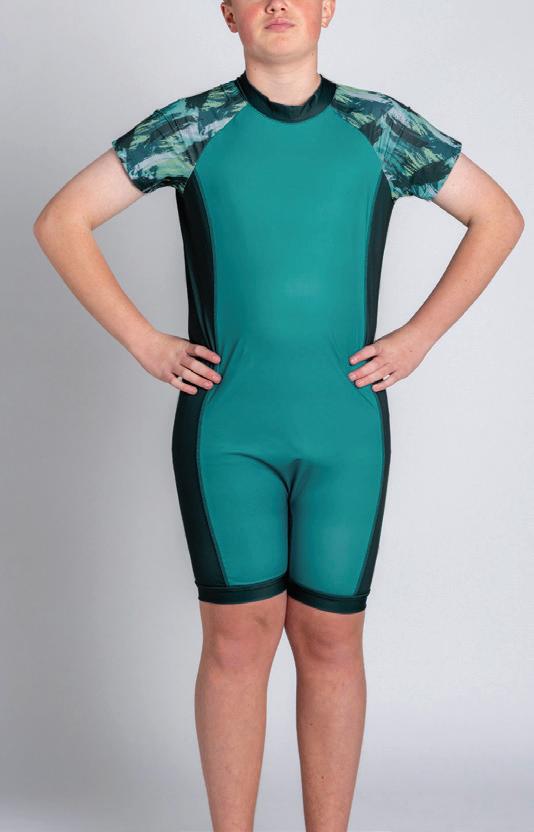
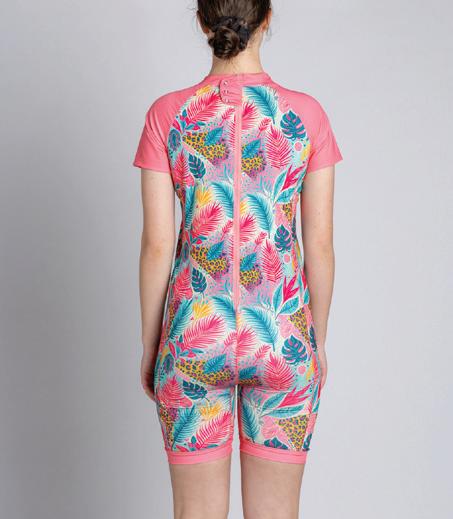
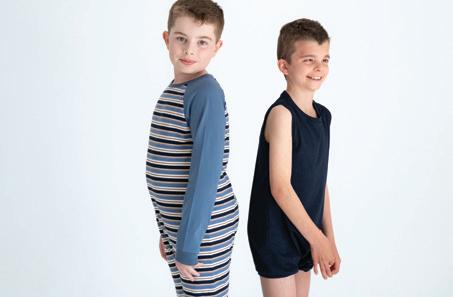



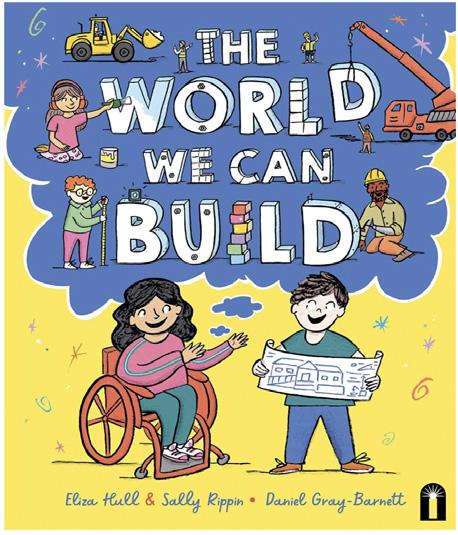
by Eliza Hull & Sally Rippin
Carla and Sam want to play together, but there’s nowhere in their neighbourhood that’s accessible to them both! That is, until Carla and Sam put their heads together to dream up a place where all kids can play together, and a wonderful new space is born.
This fun, child-centred romp through a local neighbourhood belies a powerful picture book about accessibility, and what it truly means to be disabled. amazon.com.au

Being a caregiver to a child with a feeding tube can feel overwhelming, but you’re not alone.

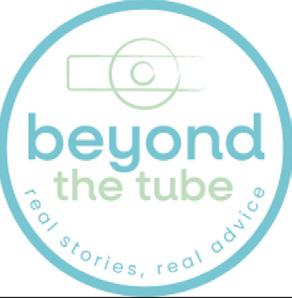
This a podcast for parents, caregivers, and anyone navigating the world of tube feeding. Hosted by Fi Rodrick, a mum who has been through it firsthand, this podcast brings you expert advice, real-life experiences, and the support you need.
Each episode explores the challenges and triumphs of caring for a tube-fed child, with insights from medical professionals, parents, and people with lived experience. youtube.com/@BeyondtheTubePodcast


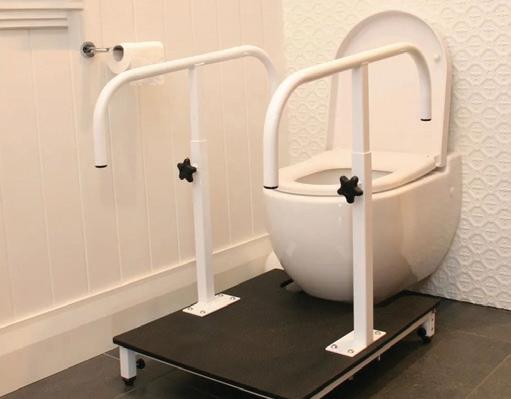
Brisbane-based manufacturer of customisable, high-quality furniture and equipment for children and adults with disabilities, supplying nationwide. Our skilled team crafts a range of equipment including posture chairs, therapy benches, toilet steps. We also create height-adjustable electric, tilt, and hand-wound tables to your specific needs.”
PH: 07 3392 6649
EMAIL: sales@capfurniture.com.au
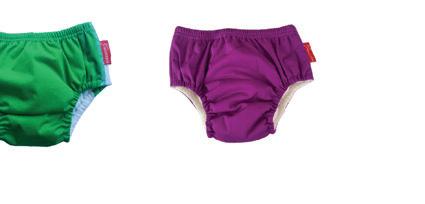

Austin returns for a second season, picking up after his heartfelt reunion with his long-lost father in the UK. As a proudly autistic young man, Austin has never shied away from big questions – but now he’s wondering if his search for belonging is over, or if it’s only just begun. Expect more heart, humour and personal discovery as he navigates what comes next. ABC iView

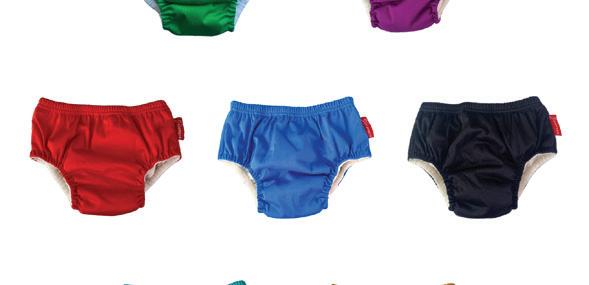



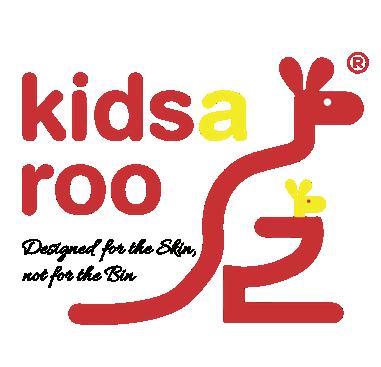
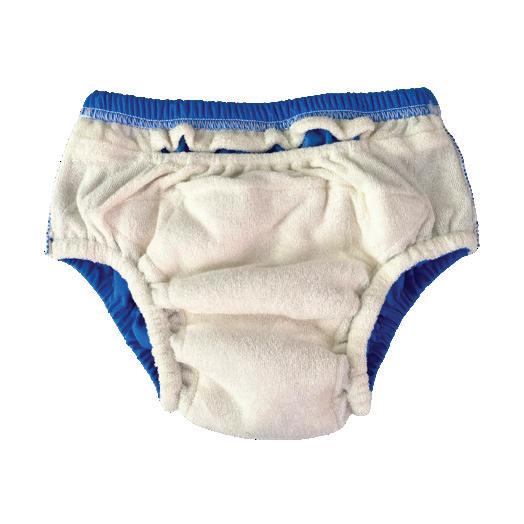

Manufacturer: RAZ Design
Supplier: Paragon Mobility
Weight: Up to 150kg
Height: N/A
• The ZWIM Pool Chair is a self-propelled mobility chair for swimming pools.
• Ensure a comfortable & secure seating experience with the carefully designed contour seat.
• Self propel around the pool deck or use the attendant handle to navigate.
• Height adjustable with swing-away foot supports and flip up arm rests to suit a wide range of users.

Manufacturer: Blake Medical
Supplier: Paragon Mobility
Weight: Up to 160kg | Height: N/A
• With two layers of Geo-Matrix gel enclosed in a fluid proof, antimicrobial and washable cover.
• Ideal for use on a toilet or clip onto an existing commode or chair.
• Help prevent pressure injuries when sitting for long periods of time.
• Includes one layer of Blue gel and one layer of Pillow top gel.
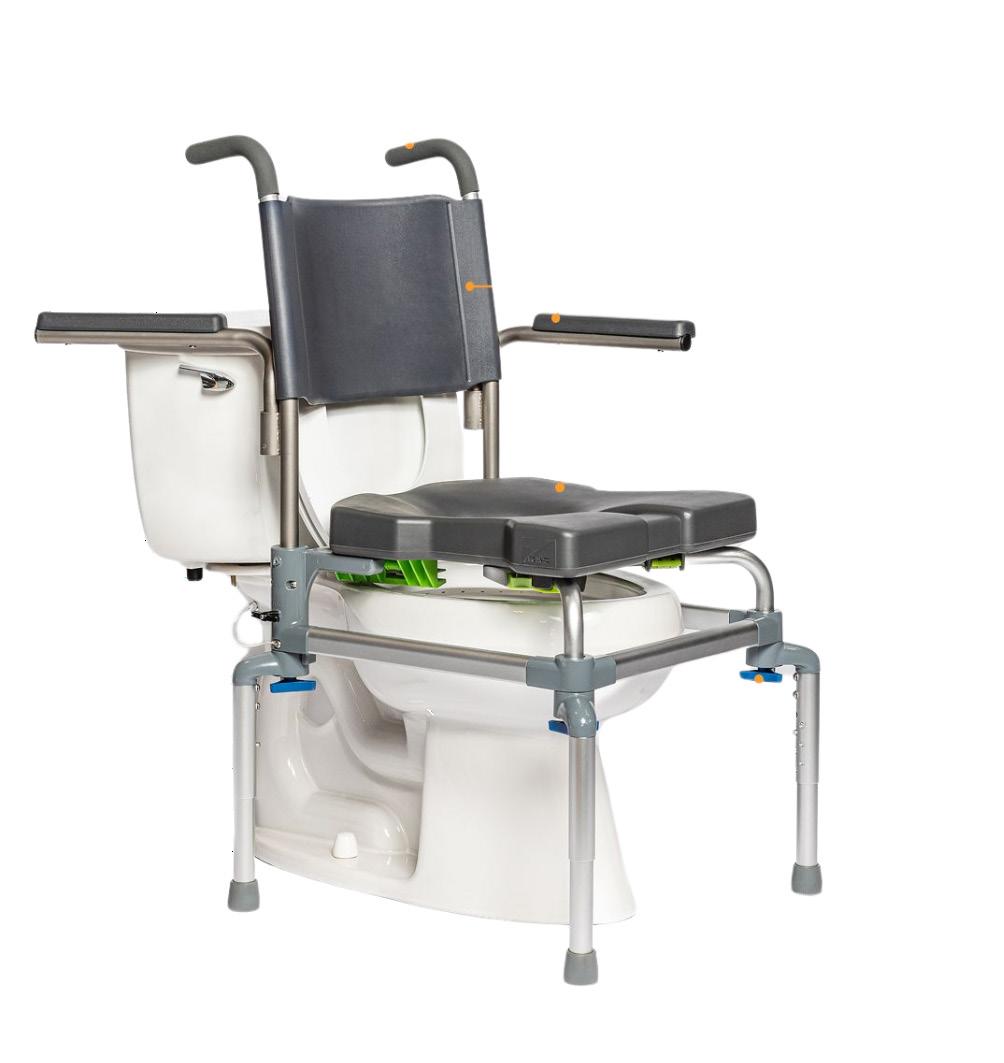
A RAZE
Manufacturer: RAZ Design
Supplier: Paragon Mobility Weight: Up to 160kg Height: N/A
• The RAZE is a raised toilet seat, transfer tub seat and shower bench in one.
• Fit into any space with the compact, aluminium frame. Rotating legs to config the product over the toilet, in the shower, in the bath.
• Custom seats available to provide pressure support where required.
• Travel option available with hard case to travel locally or overseas.

Manufacturer: Firefly | Supplier: Firefly
Weight: 5kg to 55kg | Height: N/A
• Backrest recline, upright to full recline of 140°. No tilt.
• A portable, light weight and supportive seat that works for bathing or messy play wherever you go.
• Bright colours, with 3- or 5-point harness option and additional adjustable support bumpers.

Manufacturer: Rifton
Supplier: APEX Mobility
Weight: Up to 113kg | Height: N/A
• Recline. Adjust support – seat, backrest, height. The backrest adjusts from flat to 75° in 6 increments. Back and seat angle adjustments at 0° 15 ° 30° 0° 15 ° 30° 45° 60° 75°.
• One hand adjustment easily adjusts the backrest angle allowing the caregiver free use of other hand to maintain safety and reassurance.
• Full leg lower support with optional calf rest with push button adjustment, independently from the seat.
• Full range of components including head blocks, leg straps, calf rest, chest strap (with or without lateral positioning). The system offers a variety of bathing and showering options with tub stand, shower stand and a unique swivel tub transfer base that’s easily stored away with foldable legs.
Manufacturer: Raz Supplier: Paragon Mobility
Weight: Up to 115kg
Height: N/A
• Recline and tilt, adjust support – seat, backrest, height.
• The depth-adjustable back provides growth capability.
• Very customisable.
• Has tilt and recline. The Raz Cat is a fully custom shower commode, with options for lateral supports, headrest, moulded seats and more.

Manufacturer: R82 | Supplier: Etac
Weight: Up to 130kg | Height: Up to 185cm
• Quick release or swing-away supports for easy access of the client.
• Hydraulic or powered height adjustment and tilt in space reducing carer strain.
• Optimum positioning achieved with a large variety of accessories

Manufacturer: NRS
Supplier: APEX Mobility
Weight: Up to 102kg | Height: N/A
• Adjust support – seat,backrest, height.
• Simple push button locking tilting mechanism for ease of operation and security.
• Designed for use over most standard toilets. The seat can be raised or lowered for optimum use. This multi-purpose hygiene chair is height adjustable with four tilt-inspace positions and is suitable for use under a shower, or as a toileting chair. Available in small, medium & large.


Manufacturer: Special Tomato
Supplier: RTD Australia
Weight: Up to 90kg
Height: Up to 188cm
• Available in two styles – round or elongated, and in four colours to suit every home.
• Soft to touch material for improved comfort and support.
• Includes a waterproof carry bag for improved hygiene when on the go.
Manufacturer: Rifton
Supplier: APEX Mobility
Weight: Up to 113kg | Height: 76cm to 188cm
• Available in 3 sizes. Seat backrest recline, 5° forward to 25° backwards. Adjust support – seat, backrest, height.
• Versatility of toileting, showering and bathing system all in one.
• Varied support options help clients maintain optimal positioning.
• The HTS comes in three sizes, each with a wide range of adjustment. As your child grows the chair can adapt, giving you years of useful service.
The HTS is a shower/commode chair that can be placed on the toilet or used on its own.

Manufacturer:
Smirthwaite
Supplier: Medifab
Weight: 35kg - 55kg
Back support height:
33cm (size 1)
37cm (size 2)
40cm (size 3)
• Changeable with the child as their toileting skills progress, featuring a potty that can be removed easily to provide a commode seat.
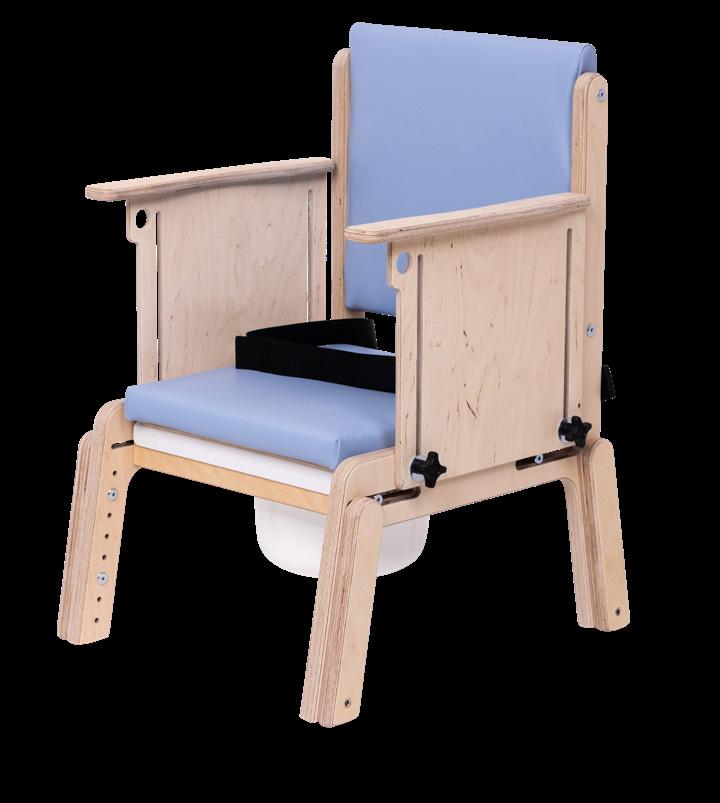
• Adaptable toileting support with the adjustment of seat height, seat depth and arm/side support height.
• Closed seat cover also allows the Combi to be used as an everyday chair outside of toileting activities.

Manufacturer: Leckey
Supplier: Sunrise Medical
Weight: 10kg to 72kg
Height: 75cm to 135cm
• Available in 4 sizes – 1,2,3,4.
• Backrest recline and Tilt for horizontal to 90°.
Adjust support – seat, backrest, height.
• Breathable cover, removable and machine washable.
• Adjustable hip and chest belt with integrated lateral supports.
• Height adjustable legs.
• Pelvic, trunk and head support.
Manufacturer: Koval
Supplier: Avant
Innovations
Weight: Up to 170kg
Height: Up to 150cm
This product allows for showering in supine when shower chairs do not provide enough support.
• Adjustable supportheight.
• Compact paediatric size shower trolley.
• Hydraulic or electric height adjustment.
• Mattress available in 40 different colours to suit your child’s preference.
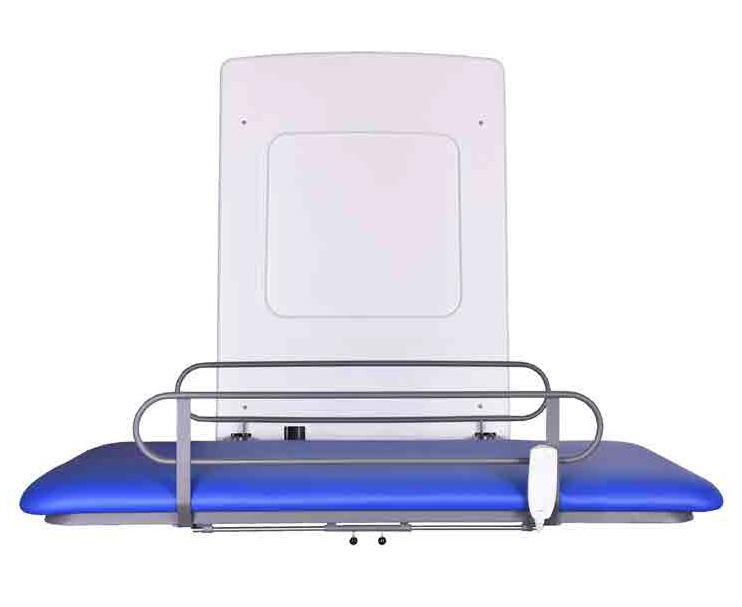

Manufacturer: Circle Specialty

Supplier: Alivat
Weight: Up to 70kg
• Angle and height adjustable.
• Depth adjustable.
• The Anchor comes standard with headrest, 2 standard size positioning straps, and foot straps.
• The Anchor provides a carefree bathing experience for children and caregivers alike. Safety and comfort are a priority, so the child looks forward to bath time.

Manufacturer: R82
Supplier: Etac
Weight: Up to 50kg
Height: Up to 100cm
• Lightweight and easy to dissemble allowing ease of transportation.
• Height adjustable frame reducing carer strain.
• Use with multiple different bath seats including the Penguin, Flamingo and Manatee.
Manufacturer: Neatech
Supplier: Motum
Weight: Up to 125kg
Height: Up to 170cm
• A dual-use chair that can be used on the beach as well as in the shower– perfect for families on holiday who want to pack lighter!
• Tool-free assembly and pack-down.
• Optional accessories to enhance comfort –including canopy and inflatable supports.
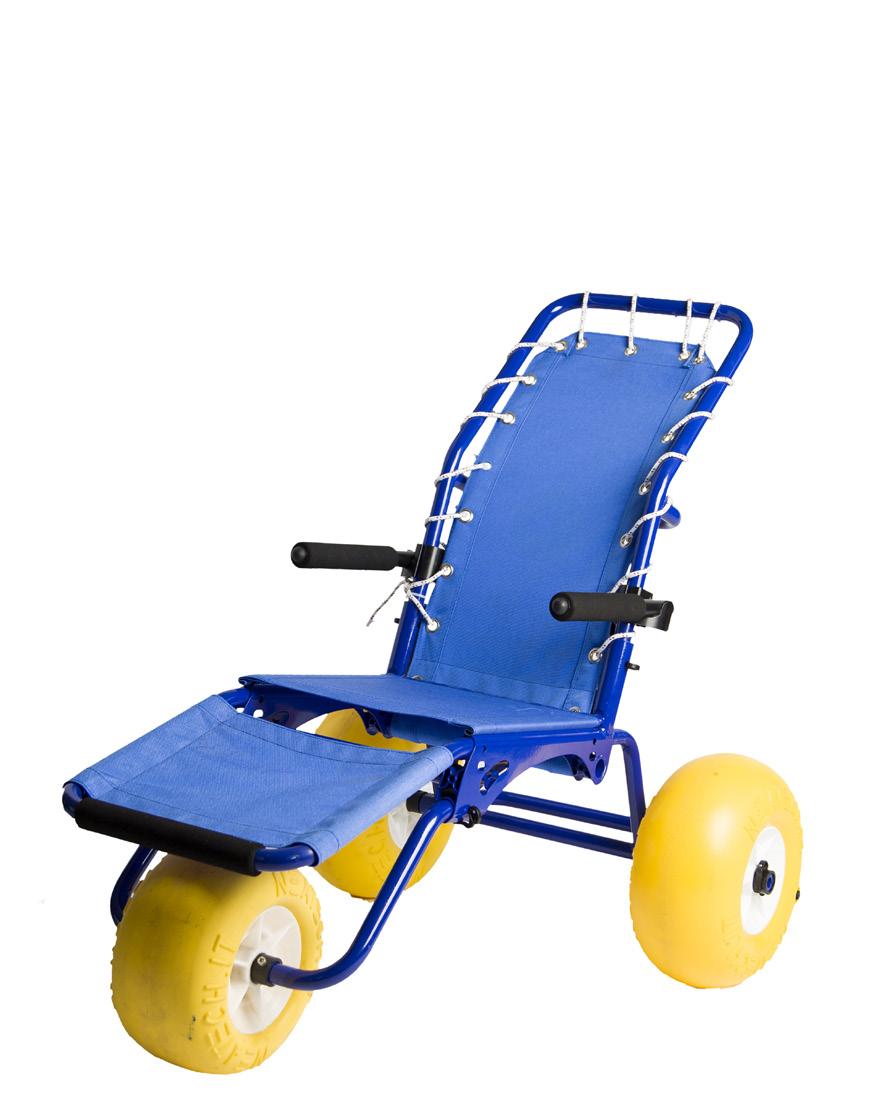

Manufacturer: Active Aid
Supplier: RTD Australia
Weight: Up to 140kg
Height: N/A
• Active user shower commode with a modern intelligent design.
• Two height options and multiple seat and sizes adjustable rear wheel position.
• Ergonomic seat shape with five different opening options optional; back rest angle adjustment, laterals, side guards, plate options and more.
Manufacturer: Firefly
Supplier: Firefly
Weight: Up to 70kg
Height: N/A
• GottaGo is an innovative, portable toilet seat which makes toilet training easier for families of children with additional needs.
• All packed into an easy to carry backpack it has 3 height settings: potty height, standard toilet height and disabled toilet height.
• Warm touch, wipe clean and easy to set up or put away, which makes for toilet time success across the board.
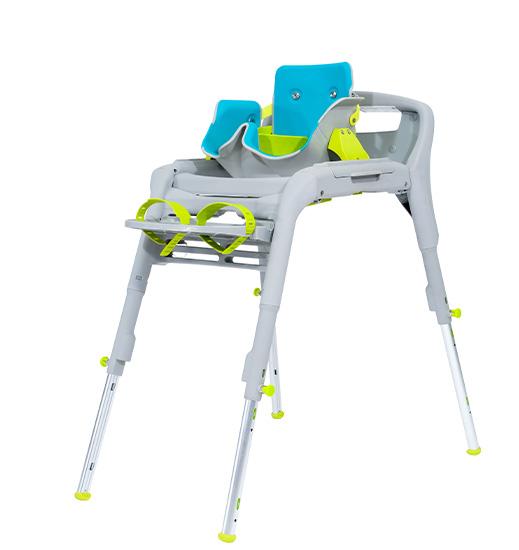
Manufacturer: Smirthwaite
Supplier: Medifab
Weight: 30kg | Height: Up to 150cm
• Helps children who need support with sitting balance in the bath, with angled back and optional handrail.
• Standard medial thigh support and pelvic strap are adjustable to provide support for posture and balance, with removable seat pads for extra comfort.
• Available in 2 sizes, both in a compact design allowing for use in a range of bath widths.
• Back support height is 35cm Size 1 and 46 cm Size 2.
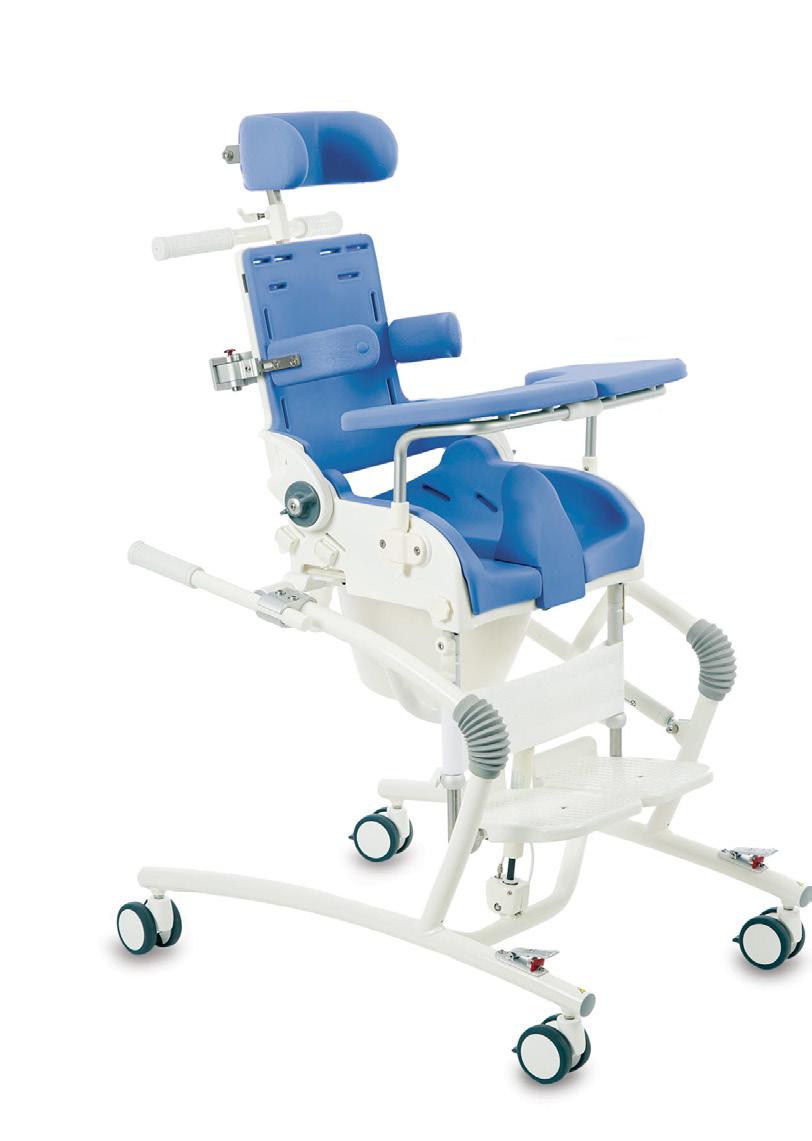
Manufacturer: Seatara Medical
Supplier: Mobility Plus
Weight: Up to 120kg
Height: N/A
Seat size: 40cm x 40cm
• Foldable and portable commode and shower chair.
• Comes in a wheeled travel case marked with universal wheelchair symbol for transportation by aeroplane.
• Self-propelling rear wheels, designed to keep the chair manoeuvrable in narrow spaces.

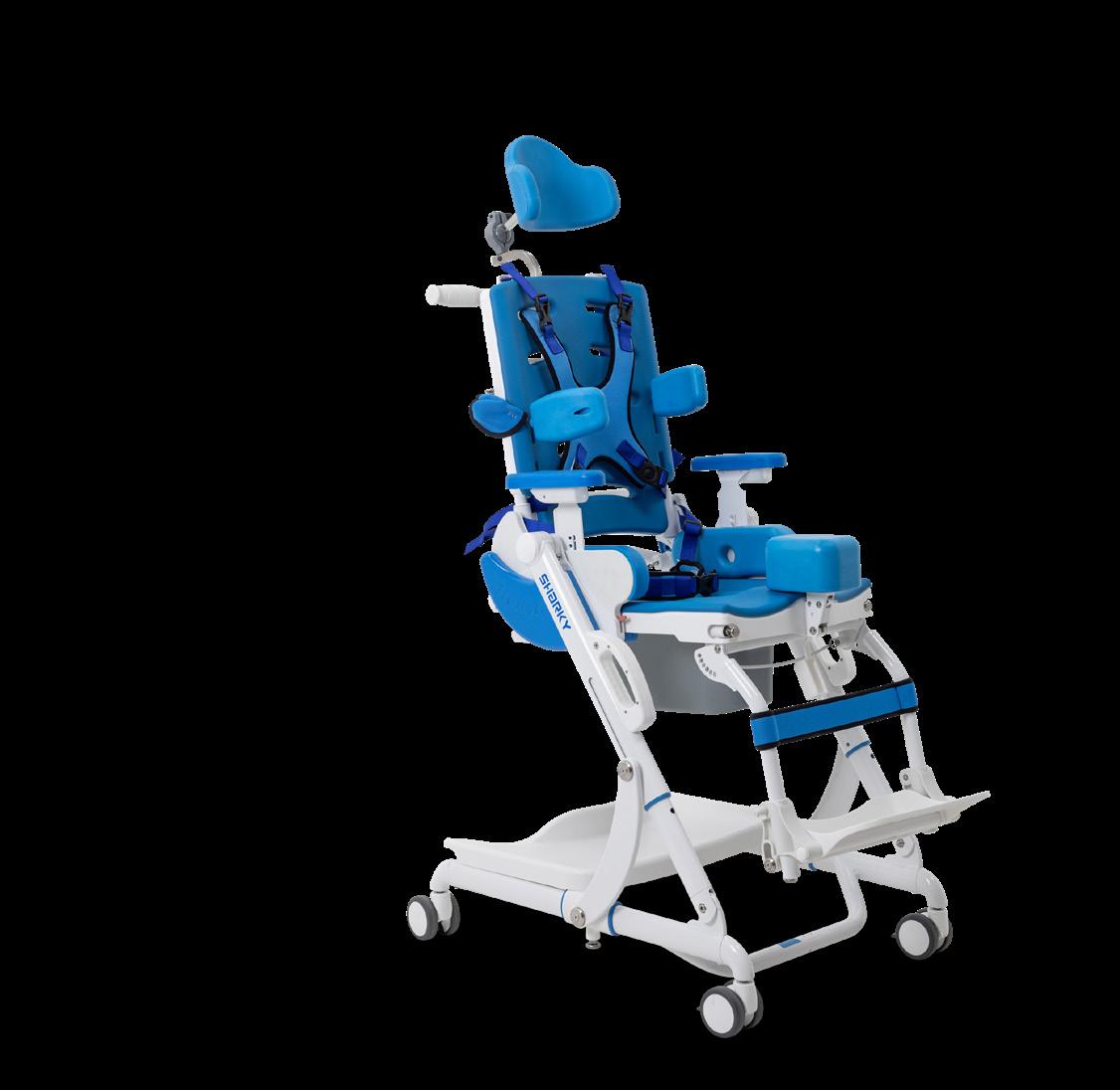
Manufacturer: R82
Supplier: Etac
Weight: Up to 70kg
Height: N/A
• Available in four sizes and can be placed over the toilet or can be used with a pan.
• Tilt in space and back recline for comfort and positioning.
• The Flamingo has adjustable foot supports, has a height adjustable frame and is foldable.


Manufacturer: Hoggi |
Supplier: Medifab
Weight: Up to 60kg | Height: Up to 165cm
• The Sharky is a multifunctional commode for bath and shower use that is versatile, practical, and functional!
• Available in two sizes, it can be used over a toilet, and when paired with the bath frame adapter, can be easily taken off the mobility base, and used in a bath.
• Features a 45° tilt-in-space mechanism, guaranteeing safe tilting of the user whilst showering, whilst height adjustment is easy to operate and comfortable to control.
• Unique amongst shower and bath commodes, the Sharky is easy to fold and reduces to a very compact folded size with a height of just 28cm, all while having the seat still attached!


For over 15 years, VIP Access has been helping people live more freely and safely in their own homes. From major renovations to small changes, we specialise in home modifications that make a real difference.
We also offer flexible rental options for essential equipment, including accessible bathrooms, ramps & more – delivered and set up with care.
Led by Scott, who brings personal insight into every project, we focus on practical, tailored solutions that remove barriers and empower independence.
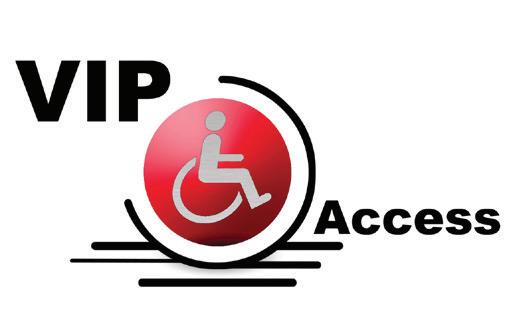

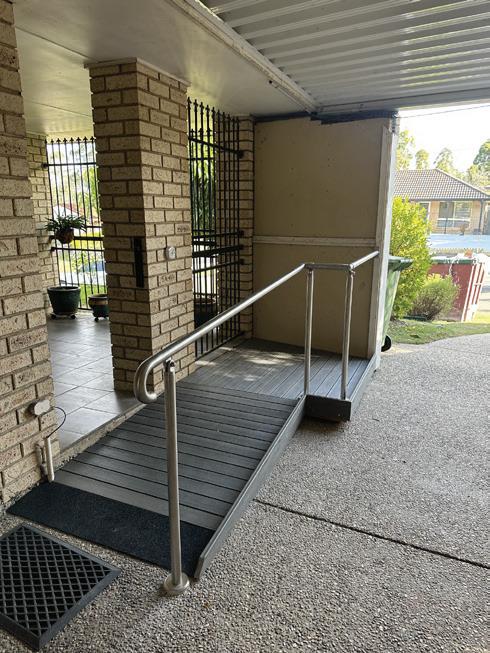
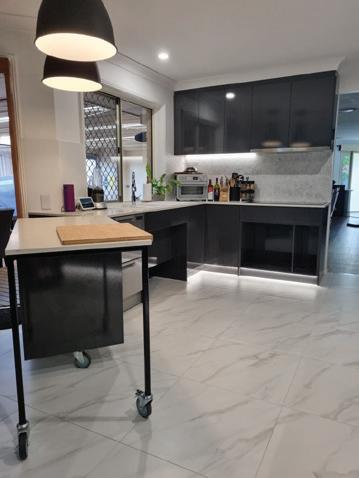

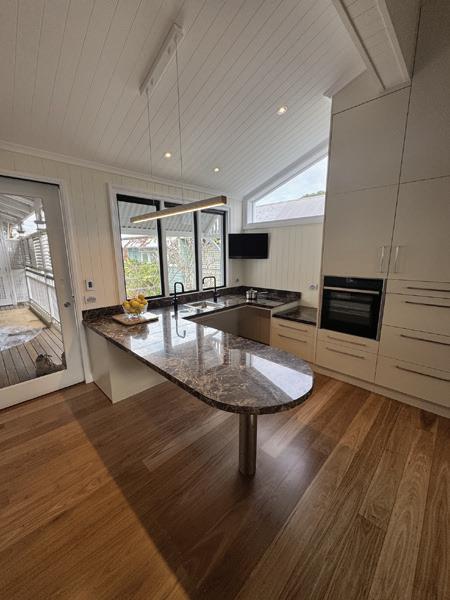



St Paul’s College is a small, Catholic specialist school in Balwyn, Melbourne for children in Prep to Year 12. Our educators provide personalised support, with a high educator-to-student ratio and a full-time Learning Support Officer in every classroom. Students benefit from:
• Individual learning plans and personalised attention
• Comprehensive allied health support
• Inclusive programs for students using AAC devices
• Engaging extracurriculars: sailing, bike riding, bowling and swimming
• Phonics and STEM programs
• Leadership and life skills development. We are currently taking enrolments for 2026 and 2027!
Contact us to book a tour
8595 2470 | stpauls@vmch.com.au 3-13 Brenbeal Street, Balwyn. vmch.com.au/stpauls







